Please enable javascript to access the full functionality of this site
NSW National Parks and Wildlife Service

Outback NSW region
What to do in this region
Things to do
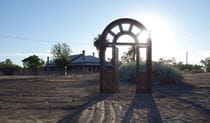
Toorale Homestead precinct (Yarramarra)
See more attractions
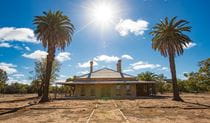
Toorale Homestead walk
See more activities
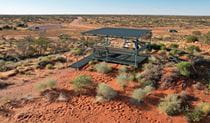
Talpero lookout
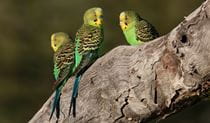
Caryapundy lookout loop drive
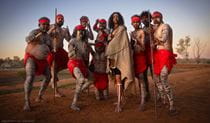
Mutawintji cultural festival
See more events
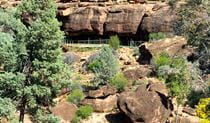
Yapa (Mulgowan) art site lookout
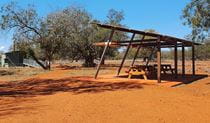
Yapa (Mulgowan) art site picnic area
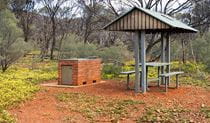
Bennetts Gorge picnic area
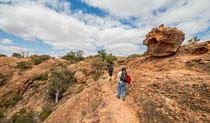
Bynguano Range walking track
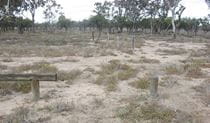
Culgoa Connellys track
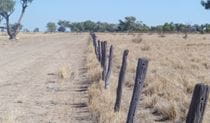
Darling River drive
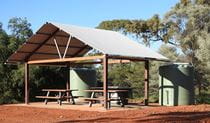
Dry Tank picnic area
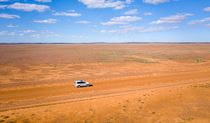
Gorge Loop Road drive
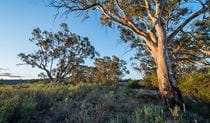
Homestead Creek picnic area
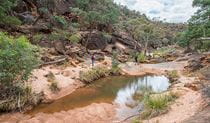
Homestead Gorge walking track
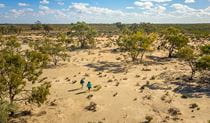
Kinchega Homestead billabong walk
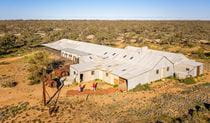
Kinchega Woolshed
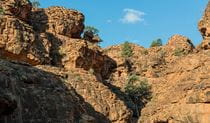
Mutawintji Gorge walking track
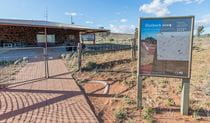
- Mutawintji Visitor Centre
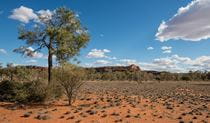
Old Coach Road drive
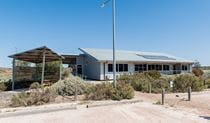
Paroo-Darling Visitor Centre, White Cliffs
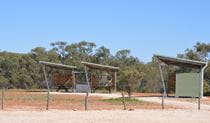
Peery Lake picnic area
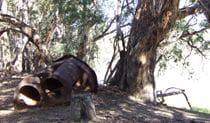
PS Providence historic site
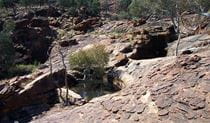
Rockholes Loop walking track
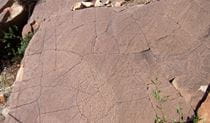
Thaaklatjika Mingkana walking track
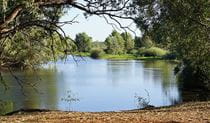
Warrego Floodplain picnic area (Wariku Pulka)
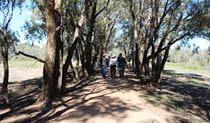
Warrego Floodplain walking track
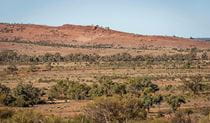
Western Ridge walking track
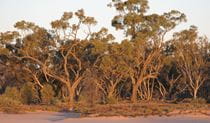
Yuwura Yurun
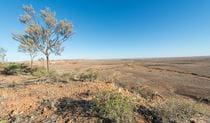
Jump-Up walking track
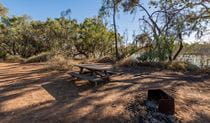
Morton Boulka picnic area
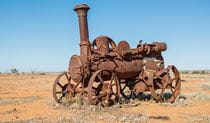
Outdoor Pastoral Museum
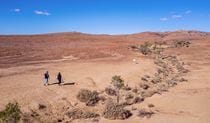
Mount Wood Summit walking track
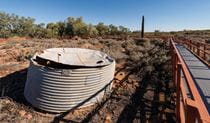
Old Kinchega Homestead
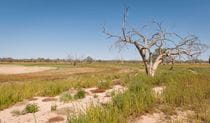
Wells and Sturt’s tree walking track
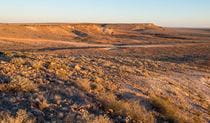
Jump-Up Loop Road drive
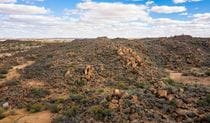
The Granites walking track
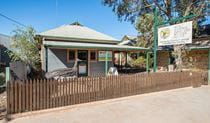
- Tibooburra Visitor Centre
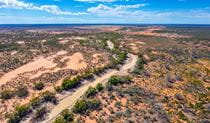
Brindingabba scenic drive
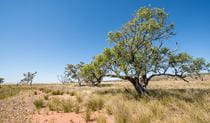
Darling River Run tag-along tour
See more tours
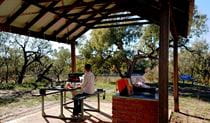
King Charlie Waterhole picnic area
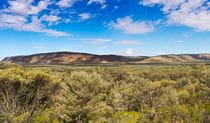
Little Mountain lookout
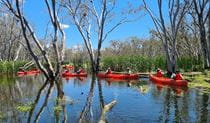
Macquarie Marshes guided kayak tours
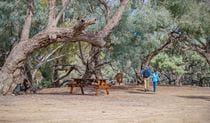
Many Big Rocks picnic area (Karnu Yalpa)
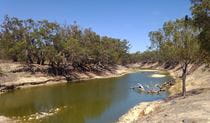
Menindee Lakes and Kinchega guided tours
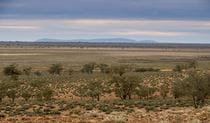
Mount Talowla walking track
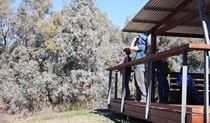
Warrego Floodplain lookout
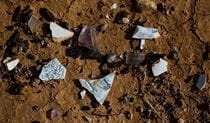
Whittabrinnah heritage walk
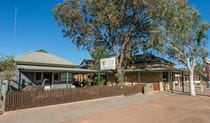
Courthouse Museum
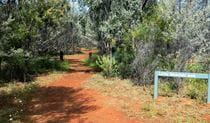
Little Mountain walking track
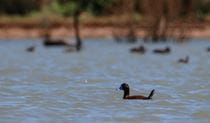
Caryapundy tank bird hide
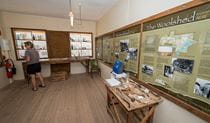
- Kinchega Visitor Centre
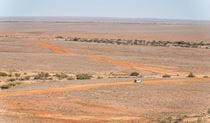
Middle Road drive
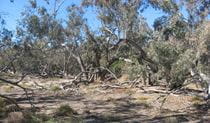
Mirri Mirru Yurun
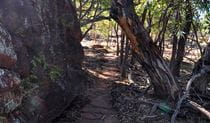
Mount Grenfell art site walk
Mount talowla lookout.
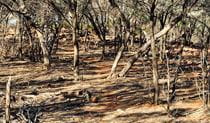
Ngiyampaa walking track
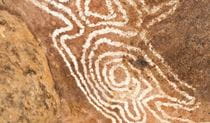
Yapa (Mulgowan) Aboriginal art site walking track
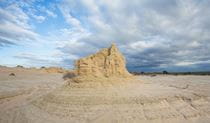
Itinerary: Darling River Run
See more itineraries
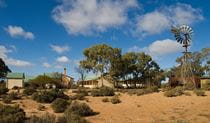
Itinerary: Outback discovery
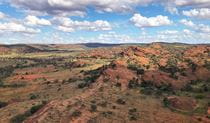
Split Rock walking track
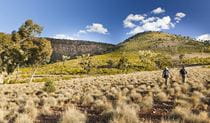
Valley of the Eagles walk
Camping and accommodation.
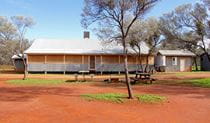
Belah Shearers' Quarters
See more accommodation
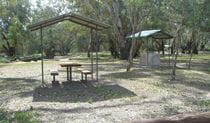
Coach and Horses campground
See more campgrounds
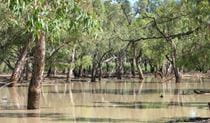
Culgoa River campground
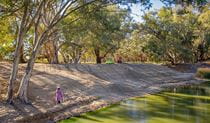
Darling River campground
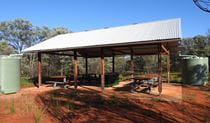
Dry Tank campground
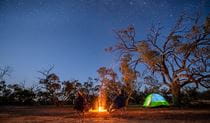
Emu Lake campground
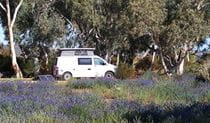
Homestead Creek campground
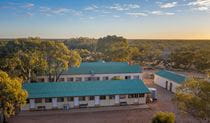
Kinchega Shearers' Quarters
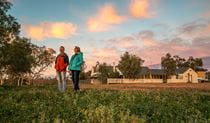
Mount Wood Homestead
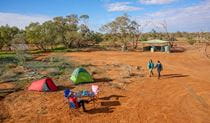
Mount Wood campground
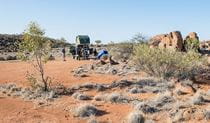
Dead Horse Gully campground
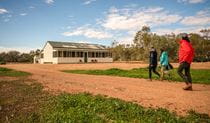
Mount Wood Shearers Quarters
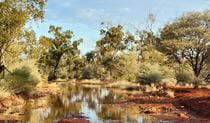
Brindingabba campground
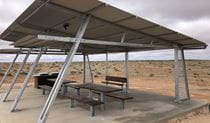
Caryapundy lookout campground
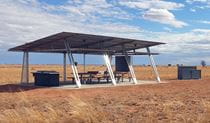
Eckerboon Lake campground and picnic area
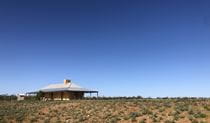
Teilta campground and picnic area
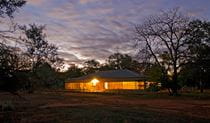
Redbank Homestead
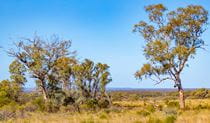
Whispering Oaks campground and picnic area
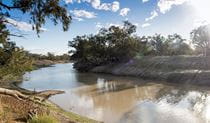
Yanda campground
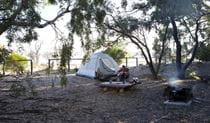
Cawndilla campground
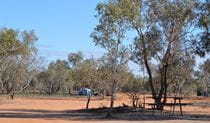
Fort Grey campground
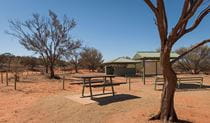
Olive Downs campground
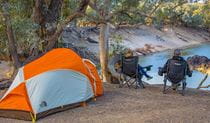
Darling River campground (Yapara Paaka Thuru)
Go west to outback nsw.
Get a taste of the outback without leaving NSW. Find unforgettable vast landscapes, rugged trails, and 45,000 year-old Aboriginal culture. Epic sunsets and crystal clear skies are the perfect backdrop to a camp out under the stars. Answer the call of Outback NSW.
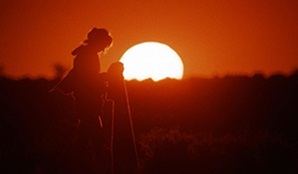
Kinchega National Park
Camp beside the Darling River among the majestic river red gums of Kinchega National Park. Explore Aboriginal and pastoral history on a school excursion and marvel at the range of birdlife.
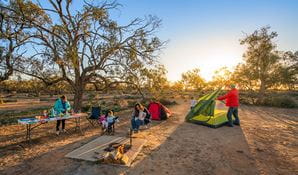
Visitor centres
Nearby towns.
Around 50km north of Gundabooka National Park is the town of Bourke. Considered the "Gateway to the real outback", Bourke is home to around 3,000 people and has a range of places to eat, garages and services, and plenty of things to do.
www.visitnsw.com
Broken Hill
About 10 km from Broken Hill, in the middle of the Living Desert Reserve, is Sundown Hill, the site of the Living Desert Sculptures . Follow the easy walking trail that takes you past these beautiful sandstone sculptures, even more striking in this desert setting.
Explorer Thomas Mitchell camped at the site of the present-day town of Nyngan in 1835; the town site was surveyed in 1882. Wander the self-guided heritage trail to see many fine examples of buildings from this era.
Provide feedback
Information submitted on this form, including any personal details, will be a matter of public record and will be stored in the Department of Climate Change, Energy, the Environment and Water (DCCEEW) records system. You can find out more about how DCCEEW handles the personal information it collects online by reading our privacy policy . By submitting this form, you consent to the collection and use of your personal information in accordance with this policy.
Unveiling the Secrets of the New South Wales Outback: An Explorer's Ultimate Guide
Introduction.
Welcome to the vast and diverse world of the New South Wales Outback, where the landscapes will leave you in awe, and the rich history and vibrant culture will captivate your soul. This sprawling region, often simply referred to as Outback NSW, covers a significant portion of Australia's southeastern state and offers a plethora of experiences for adventure seekers, nature enthusiasts, and history buffs alike.
The significance of the Outback NSW region lies in its unique combination of stunning natural wonders, resilient flora and fauna, and deep-rooted cultural heritage. With its deserts and sand dunes, rugged mountain ranges, and picturesque outback towns, this enchanting destination is an integral part of Australia's identity. It's also a testament to the incredible adaptability of both the indigenous people and the early European settlers who called this challenging environment their home.
Embarking on a journey to explore the New South Wales Outback is more than just an adventure - it's an opportunity to immerse yourself in the region's fascinating history, connect with its raw natural beauty, and create unforgettable memories. So, fasten your seat belts and get ready to uncover the many hidden gems that await you in the captivating world of Outback NSW.
History and Culture
Aboriginal heritage.
Long before European settlers set foot in the New South Wales Outback, this vast and challenging region was home to numerous Aboriginal tribes. The early inhabitants of Outback NSW, such as the Barkindji, Ngemba, and Paakantji peoples, have called this area home for tens of thousands of years. Their deep connection to the land and its resources shaped their unique culture, traditions, and belief systems.
The Outback NSW landscape is dotted with sacred sites and areas of cultural heritage, which bear witness to the rich history and spiritual beliefs of the indigenous people. These sites, such as ancient rock art, stone arrangements, and burial grounds, are of immense cultural and historical significance. They serve as a reminder of the invaluable contributions of Aboriginal people to Australia's cultural fabric.
European Exploration and Settlement
The European exploration of the New South Wales Outback began in the early 19th century, with adventurers such as Charles Sturt, Thomas Mitchell, and Edward John Eyre leading expeditions into the unknown. The first explorers in the Outback faced numerous challenges, including harsh climatic conditions, scarce water sources, and the vastness of the landscape itself.
Following the explorers, European settlers arrived in the Outback, establishing remote stations and communities in search of a new life. The arrival of these settlers had profound impacts on the land and the indigenous people. The introduction of non-native species, land clearing, and the spread of diseases led to the displacement and decline of the Aboriginal population. Many indigenous people were also forced to work on pastoral stations, often experiencing harsh treatment and loss of cultural identity.
However, the resilience and adaptability of both the indigenous people and the early European settlers have left a lasting legacy in the New South Wales Outback. Today, Outback NSW is a melting pot of cultures, where the descendants of the original inhabitants and settlers continue to live and work together, forging a unique and vibrant regional identity.
Geography and Climate
Distinct landscapes.
The New South Wales Outback is a land of contrasts, boasting a diverse range of landscapes that capture the imagination of its visitors. The deserts and sand dunes in Outback NSW, such as the striking Mungo National Park, offer a glimpse into the ancient geological history of the region. The seemingly endless stretches of red sand and unique land formations are a testament to the forces of nature that have shaped this landscape over millions of years.
In contrast, the region is also home to rugged ranges and plateaus, such as the Barrier Range and the Warrumbungle Range. These dramatic landforms offer breathtaking views, challenging hiking trails, and a rich variety of flora and fauna. The diversity of the Outback NSW landscapes provides endless opportunities for exploration and adventure, ensuring that every visitor finds something to marvel at and appreciate.
The climate of the New South Wales Outback is characterized by its temperature extremes and variable rainfall patterns. Summers in the Outback can be scorching, with daytime temperatures often exceeding 40°C (104°F), while winter nights can plummet below freezing. The region's semi-arid to arid climate means that rainfall is both unpredictable and highly localized, with some areas experiencing prolonged droughts followed by periods of heavy rain.
These challenging climatic conditions have shaped the unique flora and fauna found in the New South Wales Outback. The plants and animals that call this region home have developed remarkable adaptations to survive in the face of extreme temperatures and limited water resources. From the hardy mulga tree, which can withstand long periods of drought, to the iconic red kangaroo, which has adapted to conserve water and regulate body temperature, the Outback NSW ecosystem is a fascinating showcase of resilience and adaptability.
Wildlife and Flora
Iconic fauna.
The New South Wales Outback is home to an array of unique animals that have adapted to thrive in the region's harsh environment. Some of the most iconic fauna found in Outback NSW include the red kangaroo, emu, and dingo. These species have developed remarkable adaptations to overcome the challenges posed by the extreme climate, scarce water sources, and limited food availability.
The red kangaroo, for instance, has a highly efficient water-conserving metabolism and can survive for extended periods without drinking. Emus, on the other hand, can travel great distances in search of food and water, while dingoes, as opportunistic predators, have a varied diet that allows them to adapt to the fluctuating availability of prey.
Aside from these well-known species, the New South Wales Outback is also home to countless other fascinating creatures, including various reptiles, birds, and insects that contribute to the region's diverse and captivating ecosystem.
The plant life in Outback NSW is equally fascinating, with numerous important plant species that have adapted to the region's arid conditions. Among these are the mulga, spinifex, and saltbush, which not only survive in the harsh environment but play a crucial role in maintaining the ecological balance.
The mulga, a type of acacia, is known for its ability to withstand long periods of drought, thanks to its deep root system that allows it to access water from far below the surface. Spinifex, a resilient grass species, plays a vital role in stabilizing sand dunes and preventing erosion. Saltbush, as the name suggests, is capable of tolerating high levels of salinity in the soil, making it an essential component of the Outback NSW plant community.
The flora of the New South Wales Outback not only demonstrates remarkable adaptations to the region's challenging conditions but also serves as the foundation of the area's ecosystems. These plant species provide critical habitats, food sources, and shelter for the diverse fauna that call the Outback home, underscoring their environmental significance and the importance of preserving these unique landscapes.
Must-Visit Outback Destinations
National parks.
Outback NSW is home to several breathtaking national parks, each offering a unique glimpse into the region's natural wonders and rich cultural heritage. These parks are perfect destinations for visitors seeking adventure, tranquility, and an opportunity to connect with the land's ancient history.
- Mungo National Park , renowned for its remarkable geological formations and rich Aboriginal heritage, is a must-visit destination in the New South Wales Outback. The park's famous Walls of China, an expanse of striking sand and clay formations, provide a stunning backdrop for exploring the area's diverse flora and fauna. The park also holds great cultural significance, with the discovery of the ancient Mungo Man and Mungo Lady remains, offering a fascinating insight into the lives of the region's early inhabitants.
- Mutawintji National Park, Nestled within the rugged Bynguano Ranges, Mutawintji National Park is a haven of natural beauty and cultural richness. The park boasts a unique combination of stunning gorges, rock pools, and ancient rock art sites, making it an ideal destination for hiking, birdwatching, and immersing oneself in the region's Aboriginal heritage. A visit to Mutawintji National Park provides a deeper understanding of the connection between the land and its traditional custodians.
- Sturt National Park Named after the famous explorer Charles Sturt, Sturt National Park offers an awe-inspiring journey through the vast and diverse landscapes of the Outback. From the striking red sand dunes of the Strzelecki Desert to the rugged terrain of the Grey Range, the park's varied landscapes provide a breathtaking backdrop for a range of outdoor activities, including camping, hiking, and wildlife spotting.
Outback Towns
Embarking on an Outback NSW road trip would be incomplete without a visit to the region's charming outback towns. Each town offers its own unique history, attractions, and local flavor, making them perfect stops to experience the true spirit of the New South Wales Outback.
- Broken Hill , Often referred to as the "Oasis of the Outback," Broken Hill is a popular stop on an Outback NSW road trip. Rich in mining history and artistic culture, the town offers a range of attractions, including the iconic Silverton Hotel, the Broken Hill Regional Art Gallery, and the Living Desert Sculptures. Broken Hill is an ideal base for exploring the surrounding national parks and the nearby ghost town of Silverton.
- Cobar , a quintessential Outback mining town, is steeped in history and surrounded by striking landscapes. A visit to the Great Cobar Heritage Centre provides an insight into the town's mining past, while the nearby Fort Bourke Hill Lookout offers panoramic views of the area's rugged beauty. For those seeking adventure, the Cobar area also boasts several fascinating bushwalks and 4WD tracks.
- Lightning Ridge , Famed for its rare black opals, Lightning Ridge is a captivating Outback town with a unique charm and colorful history. Visitors can try their luck fossicking for opals, explore the town's quirky attractions, such as the Chambers of the Black Hand and Amigo's Castle, or unwind in the soothing waters of the natural Artesian Bore Baths. A visit to Lightning Ridge is a one-of-a-kind experience that leaves a lasting impression on all who venture there.
Outdoor Activities and Experiences
Hiking trails.
The New South Wales Outback offers a wealth of hiking trails, catering to adventurers of all skill levels. From leisurely walks to challenging treks, these trails provide an opportunity to explore the region's diverse landscapes, spot native wildlife, and soak in the breathtaking scenery.
Some top trails to explore in the Outback NSW include:
- The Walls of China Boardwalk, Mungo National Park
- Mutawintji Gorge Walk, Mutawintji National Park
- Mount Wood Summit, Sturt National Park
Before embarking on your Outback NSW adventure, it's crucial to prepare adequately and keep safety in mind. Ensure you carry plenty of water, wear appropriate clothing and footwear, apply sunscreen, and always let someone know your planned route and expected return time.
Camping and Caravanning
Camping and caravanning in Outback NSW allows visitors to fully immerse themselves in the region's natural beauty while enjoying a unique and memorable stay. Popular Outback camping NSW sites include:
- Belah Campground, Mungo National Park
- Homestead Creek Campground, Mutawintji National Park
- Dead Horse Gully Campground, Sturt National Park
To ensure a comfortable stay, pack essentials such as insect repellent, a first aid kit, sufficient food and water, and a map or GPS device. Familiarize yourself with the campsite's facilities, regulations, and fire safety guidelines before arrival.
The pristine skies of the New South Wales Outback provide the perfect canvas for a spectacular celestial display. Outback NSW is home to several dark sky reserves, making it an ideal destination for stargazing enthusiasts.
Some of the best spots for stargazing in the New South Wales Outback include:
- Mungo National Park
- Warrumbungle National Park
- Broken Hill, particularly at the Living Desert Reserve
To make the most of your stargazing experience, plan your visit during a new moon or a meteor shower, bring a telescope or binoculars, and dress warmly, as temperatures can drop significantly after sunset. With the right preparation, a night under the stars in Outback NSW is a truly unforgettable experience.
Outback Safety
Preparing for the outback.
Adequate preparation is crucial when venturing into the New South Wales Outback to ensure a safe and enjoyable experience. Before setting off on your Outback NSW road trip, plan your route, familiarize yourself with the local conditions and weather forecasts, and make sure your vehicle is well-maintained and equipped for the journey.
Essentials to pack for an Outback NSW adventure include:
Adequate water supply (at least 4-5 liters per person, per day).
- Non-perishable food items
- First aid kit
- Sunscreen and sun protection (hat, sunglasses, long-sleeved clothing)
- Insect repellent
- Maps or GPS device
- Satellite phone or emergency beacon (EPIRB/PLB)
- Spare tire, tools, and basic car repair supplies
Tips for staying safe in the New South Wales Outback:
- Inform someone of your travel plans and estimated return time
- Stay on marked roads and trails to avoid getting lost
- Avoid traveling during extreme weather conditions or at night
- Regularly check your vehicle's fluid levels and tire pressure
- Be mindful of wildlife on the roads, especially at dawn and dusk
- Never attempt to cross flooded roads or causeways
Emergency Situations
Handling emergencies in Outback NSW requires remaining calm and taking appropriate action based on the situation. In case of a medical emergency, accident, or vehicle breakdown, use your satellite phone or emergency beacon to call for help. If lost or stranded, stay with your vehicle and conserve your energy and resources while waiting for assistance.
Useful contacts for emergencies in Outback NSW include:
- Emergency services (Police, Fire, Ambulance): Dial 000
- Royal Flying Doctor Service: 1800 625 800
- State Emergency Service (SES): 132 500
The New South Wales Outback offers an unparalleled adventure, with its captivating landscapes, rich history, and diverse wildlife. With adequate preparation and safety precautions, visitors can fully embrace the wonders of the Outback NSW, creating lasting memories of their journey into Australia's heartland. We invite you to discover the magic and beauty of the Outback, immersing yourself in the region's enchanting natural and cultural treasures.
Awesome, you're subscribed!
Thanks for subscribing! Look out for your first newsletter in your inbox soon!
The best of Sydney for free.
Sign up for our email to enjoy Sydney without spending a thing (as well as some options when you’re feeling flush).
Déjà vu! We already have this email. Try another?
By entering your email address you agree to our Terms of Use and Privacy Policy and consent to receive emails from Time Out about news, events, offers and partner promotions.
Love the mag?
Our newsletter hand-delivers the best bits to your inbox. Sign up to unlock our digital magazines and also receive the latest news, events, offers and partner promotions.
- Things to Do
- Food & Drink
- Food & Drink Awards
- Coca-Cola Foodmarks
- Area Guides
- Theatre & Dance
- Music & Nightlife
- Restaurants & Cafes
- Bars & Pubs
- Visitor Guide
- Competitions
- Los Angeles
Get us in your inbox
🙌 Awesome, you're subscribed!

The best outback and desert holiday destinations in NSW
Swap golden beaches for the rusty sands and unspoiled bushland of the state's most beautiful inland getaways
When the summer hits its stride, the glorious New South Wales coast offers the perfect combo of clear blue skies, blazing sunshine, sandy shores and refreshing ocean breezes. But if you simply can’t wait until the sunny season for your next holiday, a jaunt inland is an ideal option for a spring or autumn getaway.
While temps in these outback regions can soar to blistering highs at the peak of summer, the milder months – between March and November – are the perfect time to experience Australia's interior. In these remote communities, you'll discover rich histories stretching back millennia, as well as a stark yet captivating natural beauty quite unlike anywhere else on earth.
Mapping out your travels? These are the best NSW towns to visit in 2024 Want to stay warm? Check out the best hot springs you can visit in NSW .
An email you’ll actually love
Time to go bush

Broken Hill
It’s been dubbed the ‘the capital of the outback’, but the more you learn about this remote town in the state’s far west, the more Broken Hill defies such a simple description. Built atop the richest tin and lead deposit ever discovered, mining has always been the area’s dominant industry and a defining part of its culture. The town is littered with both current operations and long-defunct pits dating back hundreds of years, and a towering slagheap in the town centre is crowned by the striking Line of Lode Lookout and Memorial (pictured), chronicling the scores of miners who have lost their lives beneath Broken Hill over the years. The mining boom may have given birth to this oddball outpost, but today it’s tourism draws are a checkerboard of contrasts. Immortalised in the movie classic Priscilla Queen of the Desert, the town is firmly embedded in Australia’s LGBTQIA+ lore, with the annual Broken Heel Festival attracting thousands of devotees of Down Under drag from all over the country. There is also a thriving art scene, established by the late, great Aussie artist Pro Hart and the Living Desert sculpture park . All this and more gained Broken Hill the crown as the second best town to visit in Australia in 2024 .
Where to stay: There are several hotels in town, but outback accommodation, like the Broken Hill Outback Resort , offers a more up-close-and-personal encounter with Broken Hill's awe-inspiring desert.
Getting there: It’s an epic 12-hour road trip if you aim to drive here from Sydney, or a 2.5-hour flight.

Corner Country
For an Outback getaway that is yet to be seen on most tourism Australia maps, the far-flung rolling plains of outback NSW, otherwise known as Corner Country, could be your chosen tribute. Starting off at Broken Hill, follow the new 1,100-kilometre Sturt’s Steps week-long loop on either a guided or an independent tour of the wild intricacies of far northwestern NSW. Rolling red dunes, brilliantly green saltbush and a heartrendingly blue sky, this oft-forgotten corner of Australia is rich with millions of stories and one-of-a-kind Aussie outback experiences, with the winter bringing fine days and chilly nights. Where to stay : Check in to Mount Gibbs Station (only 45 minutes from Broken Hill), the rustic Packsaddle Roadhouse or the Tibooburra Family Hotel . There are also plentiful camping opportunities along the way, including the historic Fort Grey campground . Just remember to stock up on fresh provisions in Broken Hill before taking off. This is definitely an off-the-grid kind of adventure. Getting there: Taking a 4WD, caravan or hardy tour bus, you can travel into the wild west of the Australian desert dream, visiting the remote towns of Tibooburra and Milparinka, meeting wild and sweet outback characters in all the time-capsule pubs, while simultaneously losing yourself in the untouched desert plains and obscure attractions along the way. The route from Sydney to Corner Country is a 17 hour road trip all-in, so you'll want to take at least one break along the route.

Lightning Ridge
Deep in the heartland of NSW's opal country, 700km inland from Coffs Harbour, the promise of a fortune dug up from the desert first drew settlers here in the 1850s, and in some parts of Lightning Ridge, not much has changed since. A frontier spirit still resonates strongly; a sign on the road into town reads “Lightning Ridge. Population: ?”, and the area is legendary as a place for those who want to quietly slip off the grid. Solitary prospectors who seem to belong to a different era continue to seek the vanishingly rare black opals, which can only be found in this remote corner of the world. But it’s this enigmatic, eccentric local culture that makes Lightning Ridge a fascinating destination for tourists. You can, of course, find mining tours here, but it’s also a great base from which to explore the quintessential Aussie outback. And after a day on a desert safari, you can treat yourself to a dip in the local bore baths , where warm, mineral-rich spring water is naturally heated to a soothing 42 degrees.
Where to stay: There are several motels on the fringes of town, but the Fossickers Cottages are in the heart of Lightning Ridge, self-contained and are fully kitted out for self-catering stays.
Getting there: By road, it’s roughly a nine-hour drive from Sydney. Flying only saves you about half an hour's journey time, as you’ll still need to make the lengthy drive from Moree or Dubbo regional airports.

Mungo National Park
The history of our continent is both long and layered. Australia as a nation has existed for 232 years, but Aboriginal culture stretches back unbroken for at least 40 millennia before this. Within Mungo National Park, both these chapters of our country’s past can be read at once, earning this area World Heritage status as an archeological and anthropological site of outstanding importance. An Aboriginal Discovery Tour with one of the Mungo Visitor Centre’s official rangers is a must. You’ll discover the history of the ancient burial sites, fireplaces and spiritual shrines of the Paakantji, Nygiampaa and Mutthi Mutthi peoples, who have lived in the area for tens of thousands of years. Perhaps the most striking natural wonders in the park are the Walls of China rock formations (pictured). The otherworldly remnants of a riverbed that has been dry for at least 14,000 years, the site is best explored at sunset, as the last rays of the day bring out a vivid palette of orange, yellow and crimson rock.
Where to stay: The local area is well served for campgrounds, but the Mungo Lodge , located on the edge of the park, is a more comfortable retreat after a day in the bush. Featuring all mod cons including a charming restaurant, you can also book a number of tours from here, including scenic flights over the park from Mildura Airport.
Getting there: By car, it's a 10.5-hour drive from Sydney, or you can fly into Mildura or Broken Hill airports.

In the north of the state, deep within the New England Highlands, you’ll discover Australia’s very own Celtic Country. True, this part of the world can’t quite claim the same ancient connections to Gaelic heritage that Scotland, Ireland and Wales can, but it shares a deep affinity with this cultural lineage nonetheless, carried by the Scottish frontiersman John Oxley, who was among the first non-Indigenous settlers to explore the region in 1818. As of 1992, Glen Innes even has its very own mystical ring of standing stones ala Stone Henge, although this is more of a public sculpture-cum-tourist curio than anything a card-carrying Druid might recognise. Colourful anachronisms aside, w ith its crisp, snow-dusted winters and mild springs and summers, it does at least share some common ground with the climates of other Celtic nations and makes for a great holiday spot if you prefer cooler climbs to the scorched desert. The area is very popular with those in search of outdoor adventure, with great hiking routes through the Gibraltar Range and Washpool National Park and kayaking and canoeing along the Nybodia River. It's also got an excellent reputation for gourmet cuisine and superb local produce.
Where to stay: It's fair to say that Glen Innes is prone to theatrical flourishes when it comes to its history, so why not embrace that spirit with a stay at the Deepwater Bank BnB , a guest house in the settlement's original bank, complete with Victorian furnishings.
Getting there: It's a 6.5-hour drive from Sydney, straight up Thunderbolts Way, or else a flight to Armidale followed by a bus ride, which will save you about an hour's journey time.

Mutawintji National Park
This 68,912-hectare region in the far west of NSW is a place to commune with this continent’s distant past. This historic site and nature reserve boasts some of the most striking examples of ancient Aboriginal artworks anywhere in the country, and thanks to its protected status, the land remains under the custodianship of the Malyankapa and Pandjikali people, whose culture has been enshrined here for thousands of years. Within the hypnotic curves of Mutawintji’s wind-carved gorges, one rocky overhang in particular is of staggering cultural significance. Thaaklatjika , sometimes known as Wright’s Cave, is adorned by hundreds of hand stencils, rock engravings of dreaming stories, and painted depictions both pre and post-colonial life in the area, as well as the animals that live nearby.
Where to stay: The closest town to the park is White Cliffs, and when you’re in this part of Australia, there really is just one place to stay: the famous White Cliffs Underground Motel . Jackhammered deep into the rock of Poor Mans Hill during the '80s, these subterranean rooms are surprisingly comfy and remain a very pleasant 22 degrees all year round.
Getting there: It's a 12-hour drive to White Cliffs from Sydney, but you can cut that journey time down considerably by flying into Broken Hill and taking the 200km coach ride to your final destination.

Like many of Australia’s older inland towns, mining is in Cobar’s copper veins. Quite unlike other mining outposts, however, this town is not surrounded by a parched desert, but rather lush wetlands, including the beautiful Newey Reservoir reserve (pictured). At the Great Cobar Heritage Centre , you can explore the area’s mining heritage including a recreation of a 19th-century mining shaft, but for a glimpse of the truly jaw-dropping scale of contemporary operations, the Fort Bourke Hill Lookout lets visitors gaze into the crater of the town’s first open cut gold mine. If industrial earthworks aren’t your thing, the Mount Grenfell Historic Site is an equally worthy reason to visit. Here you’ll find the ancient rock art of the Ngiyampaa people, depicting local dreaming stories in red, yellow and ochre pigments. If you visit at the end of October, you can catch one of the area's most surreal local traditions, the Festival of the Miner’s Ghost – a strange hybrid between a memorial for lost miners and a Halloween spectacular featuring cemetery tours and a grand fireworks display over the open-cut mine.
Where to stay: Options are relatively limited, but the Copper City Motel is an all-budgets bolt-hole that caters to both thrifty travellers looking for bargain accommodation and more up-market travellers who would prefer the plusher surrounds, plus mid-budget options in between.
Getting there: It’s an 8-hour drive from Sydney although you can catch a flight to Dubbo which is a more manageable 3-hour drive from Cobar. You will need a 4WD vehicle if you choose this option, however, as many of the roads are unsealed.
[image] [title]
Discover Time Out original video
- Acknowledgement of Country
- Press office
- Investor relations
- Work for Time Out
- Editorial guidelines
- Privacy notice
- Do not sell my information
- Cookie policy
- Accessibility statement
- Terms of use
- Reviews policy
- Competition terms
- About the site
- Modern slavery statement
- Manage cookies
- Advertising
- Report an error
- Time Out Market
Time Out products
- Time Out Worldwide

Australia Recommends 2024

Come and Say G'day

G'day, the short film

Discover your Australia

Travel videos

Deals and offers

Australian Capital Territory

New South Wales

Northern Territory

South Australia

Western Australia

External Territories

The Whitsundays

Mornington Peninsula

Port Douglas

Ningaloo Reef

Airlie Beach

Kangaroo Island

Rottnest Island

Hamilton Island

Lord Howe Island

Tiwi Islands

Phillip Island

Bruny Island

Margaret River

Barossa Valley

The Grampians

Hunter Valley

Yarra Valley

McLaren Vale

Glass House Mountains

Alice Springs

Uluru and Kata Tjuta

The Kimberley

Flinders Ranges

Kakadu National Park

Eyre Peninsula

Karijini National Park

Great Barrier Reef

Blue Mountains

Daintree Rainforest

Great Ocean Road

Purnululu National Park

Cradle Mountain-Lake St Clair National Park

Litchfield National Park

Aboriginal experiences

Arts and culture

Festivals and events

Food and drink

Adventure and sports

Walks and hikes

Road trips and drives

Beaches and islands

Nature and national parks

Eco-friendly travel

Health and wellness

Family travel

Family destinations

Family road trips

Backpacking

Work and holiday

Beginner's guide

Accessible travel

Planning tips

Trip planner

Australian budget guide

Itinerary planner

Find a travel agent

Find accommodation

Find transport

Visitor information centres
Deals and travel packages

Visa and entry requirements FAQ

Customs and biosecurity

Working Holiday Maker visas

Facts about Australia

Experiences that will make you feel like an Aussie

People and culture

Health and safety FAQ

Cities, states & territories

Iconic places and attractions

When is the best time to visit Australia?

Seasonal travel

Events and festivals

School holidays

Public holidays
How to get to Australia's most iconic cities

How long do I need for my trip to Australia?

How to travel around Australia

Guide to driving in Australia

How to hire a car or campervan

How to plan a family road trip

How to plan an outback road trip

Lake Ballard, Western Australia © Tourism Western Australia
Guide to the outback
From deep cultural connections to awe-inspiring natural wonders, here’s how to experience the spirit of the outback.
By Amy Fraser
A place of red deserts, blue skies, wide-open spaces, and spiritual Aboriginal places, there are no defined borders to the Australian outback. You know you are there when the city feels like a distant memory, you can see all the way to the horizon during the day or you are dazzled by a kaleidoscope of stars at night. It’s easy to see how one holiday can incite new perspectives and life-long memories.
Travelling to the outback is safe and easy to plan but just like anything, the more you know before you go, the more you’ll get out of your getaway. Read on to start planning your unforgettable outback adventure.
Where is the outback?
What is the history of the outback.
- The outback's natural wonders
How to experience the outback
- What time of year is best to visit?
- Is the outback safe?
- Do you need a 4WD?
- How much time do I need there?
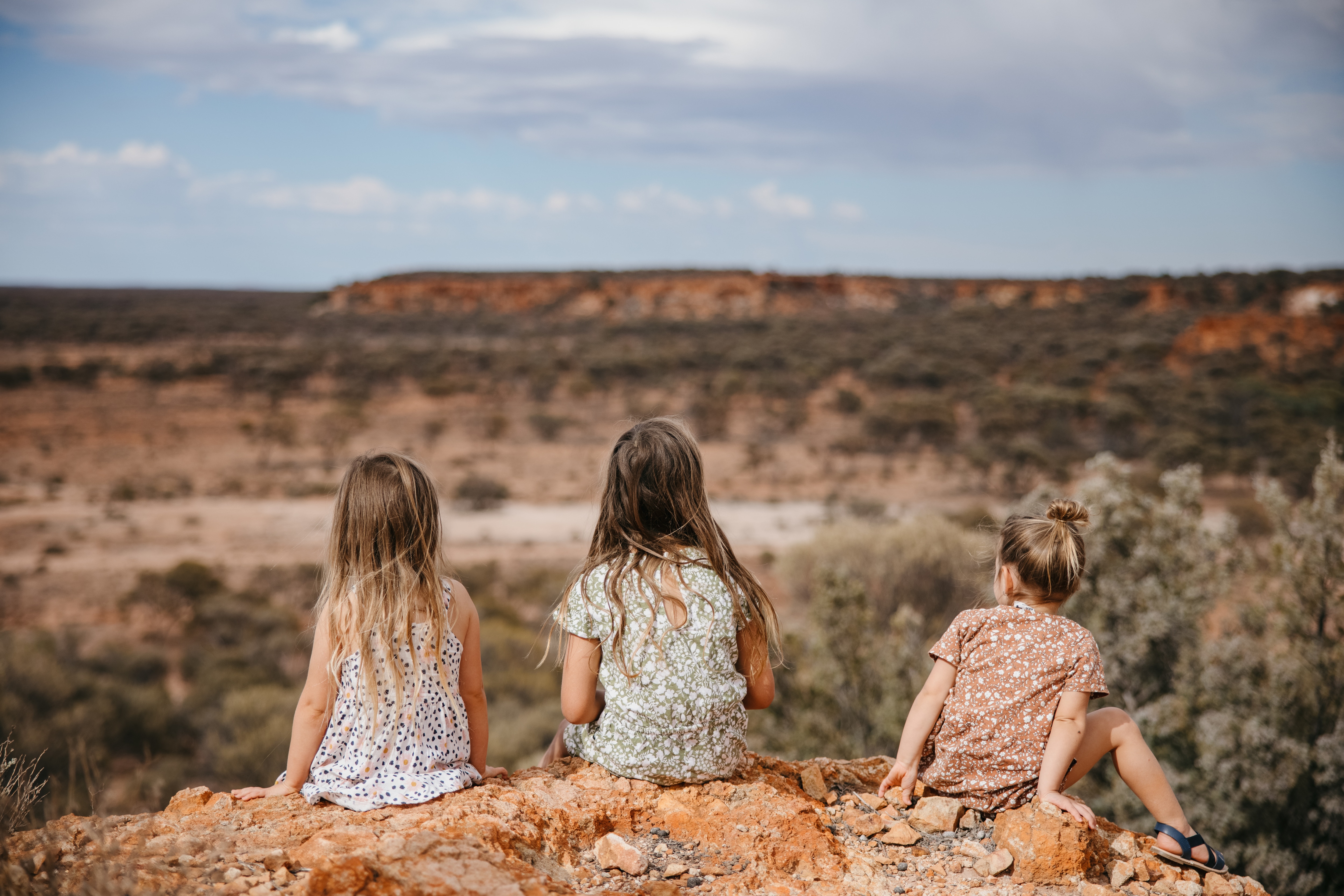
As the world’s largest island, it’s no secret that Australia spreads far and wide. And as with any large landmass, it’s home to diverse climates. Across the country, you’ll find lush rainforest, spectacular mountain ranges and, of course, the rusty red deserts Australia is famous for. Officially known as rangelands, the outback covers a whopping 81 per cent of the country, with almost every state offering unique outback landscapes and adventures.
Experiencing the outback is much easier – and more exciting – than you might think.

Jarramali Rock Art Tours, Cape York, Queensland © Tourism and Events Queensland
With threads of history woven into its landscape – from ancient flora and fauna to well-adapted wildlife that once roamed the earth with dinosaurs – exploring the outback often feels like travelling back in time. In fact, dinosaur and megafauna fossils, as well as Indigenous remains, artefacts and sacred sites, have been discovered across the country – a reminder of the extraordinary marvels that once walked where we do today.
At the centre of Australia’s outback history are the Traditional Owners of the land, Aboriginal Australians, whose culture and traditions are still very much active across Australia today. With this culture lives 60,000 years’ worth of Australian history, available at your fingertips through Aboriginal experiences offering access to ancient tales and artefacts as old as the last Ice Age.

The outback’s natural wonders

Ulu r u Aboriginal Tours, Ulu r u-Kata Tjuta National Park, Northern Territory © Tourism Australia

Walls of China, Mungo National Park, New South Wales © Destination NSW

Wave Rock, Hyden, Western Australia © Tourism Western Australia

Stargazing, Uluru-Kata Tjuta National Park, Northern Territory © Matt Donovan
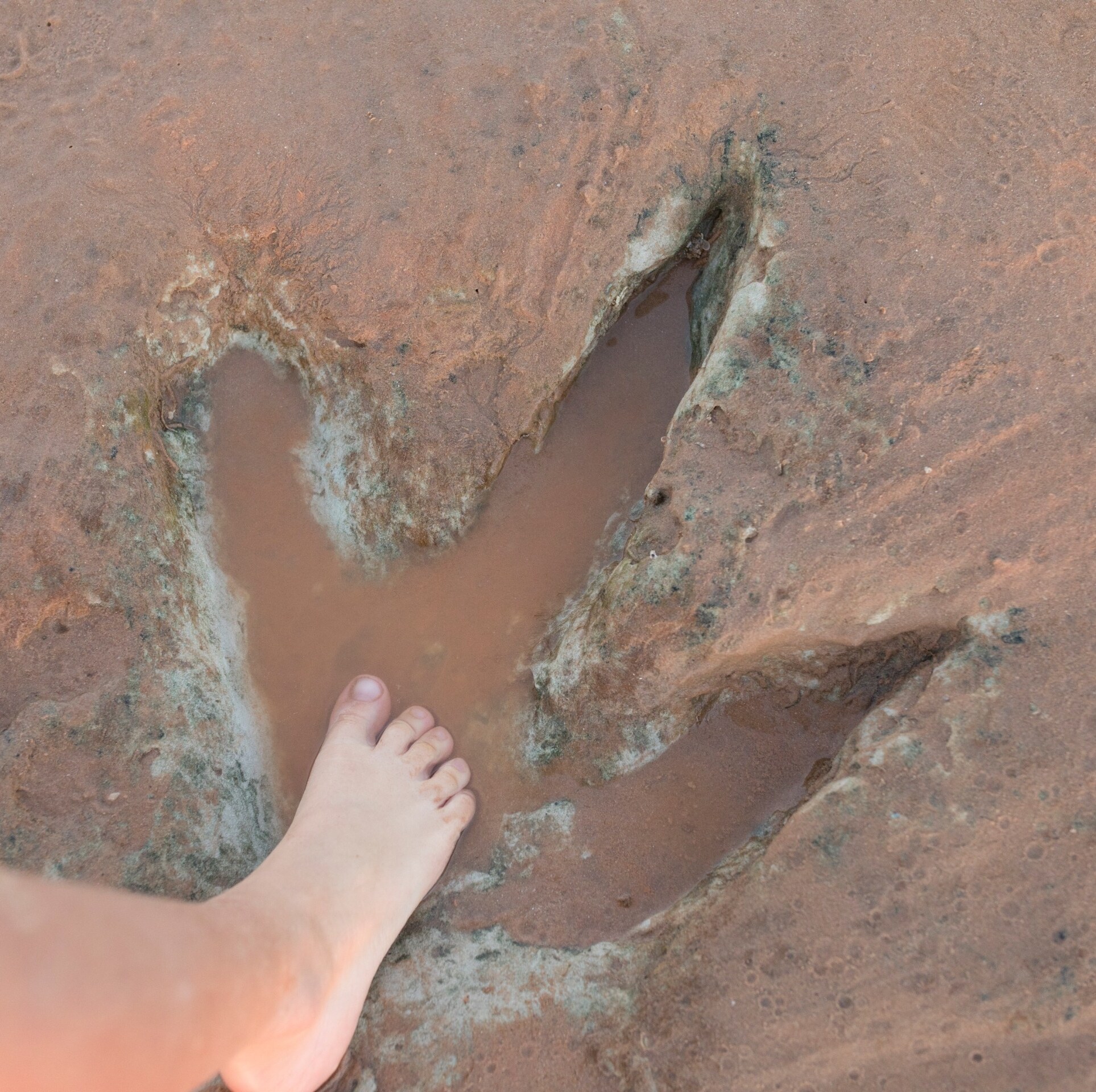
On a secluded beach in Broome , you’ll find a 120-million-year-old preserved dinosaur footprint! Join a guided tour to step foot in it yourself.
The outback is home to a myriad of extraordinary experiences, often so powerful and captivating that they’ll never leave you. From stargazing at some of the most breathtaking celestial skies on the planet to exploring secret caves and encountering native wildlife , there’s an adventure for everyone in the Australian wilderness.
Highlights of the outback are often found amid the beguiling natural attractions which are scattered across the country; from the Northern Territory’s spiritual monolith r u">Ulu r u ; the vivid pink lakes of South Australia; Western Australia’s enchanting staircase to the moon; and New South Wales’ dramatic Walls of China. For an eye-opening and meaningful experience , Aboriginal guided outback tours offer fascinating insights into these historic landscapes. There’s no better guide than one who lives and breathes Country.

True North, Kimberley, Western Australia © True north Adventure Cruises
Exploring the outback is a great way to broaden your mind and discover new perspectives. In every direction there’s an extraordinary landscape waiting to be gazed upon and an abundance of experiences for every type of traveller.
- Luxury seekers: you’ll love the birds’ eye-view from a scenic flight or traversing across the continent’s outback on the opulent Ghan train .
- Active travellers: there’s no better way to immerse yourself in an environment than by walking through one. Be sure to add the Larapinta Trail to your bucket list.
- Foodies: if you’re a sucker for a pub crawl, just wait until you experience the outback version – from a helicopter.
- Adventurers: pack up your 4WD, it’s time to hit the road. There are plenty of epic outback road trips to choose from including the renowned Red Centre Way and the Gibb River Road .
- Water babies: it doesn’t get much better than a luxury cruise through the awe-inspiring waterways of the two-billion-year-old Kimberley region.

5 reasons an Aboriginal experience is a must-do
Know before you go

Kukerin Canola, Western Australia © Australia's Golden Outback/ Amy Gough
Preparation is key for any holiday, and the outback is no exception. Here are some key facts to know before setting off on your trip.
- What is the best time of year to visit? Australia’s outback typically falls into three climate categories including arid, semi-arid and north of the Tropic of Capricorn. Arid and semi-arid climates make up 70 per cent of Australia and define the iconic dry desert outback you might generally associate with the term. It’s here, where you can expect high temperatures during the day and colder conditions at night. The best time to visit these regions, which span across the centre of the continent, is between May and September. The northern Tropical zone, which covers Far North Queensland, the Top End of the Northern Territory and Western Australia’s Kimberley region, is characterised by its tropical monsoonal climate. To avoid high rainfall, travel to these destinations between May and October.
Is the outback safe? If you’ve planned appropriately, the outback is just as safe as anywhere else in Australia. Be sure to dress well (temperatures can sometimes be extreme), keep a respectful distance from wildlife, and if you’re taking a road trip, follow our top tips for driving in the outback .
Do you need a 4WD? A 4WD isn’t mandatory in the outback; there are plenty of road trips fitted with fully sealed roads. On the other hand, if you’re looking to really get off the beaten track independently, you will need a 4WD. Alternatively, there are a range of guided tours that will do the driving for you!
How much time do I need there? You can get a good taste of the outback in just a couple of days, but to really immerse yourself in its fascinating culture and jaw-dropping landscapes, we recommend taking a road trip which can take anything from six days to two weeks.
Journey to the outback

We use cookies on this site to enhance your user experience. Find out more . By clicking any link on this page you are giving your consent for us to set cookies.
Acknowledgement of Country

We acknowledge the Traditional Aboriginal and Torres Strait Islander Owners of the land, sea and waters of the Australian continent, and recognise their custodianship of culture and Country for over 60,000 years.
- International (English)
- New Zealand (English)
- Canada (English)
- United Kingdom (English)
- India (English)
- Malaysia (English)
- Singapore (English)
- Indonesia (Bahasa Indonesia)
- Deutschland (Deutsch)
- France (Français)
- Italia (Italiano)
- 中国大陆 (简体中文)
*Product Disclaimer: Tourism Australia is not the owner, operator, advertiser or promoter of the listed products and services. Information on listed products and services, including Covid-safe accreditations, are provided by the third-party operator on their website or as published on Australian Tourism Data Warehouse where applicable. Rates are indicative based on the minimum and maximum available prices of products and services. Please visit the operator’s website for further information. All prices quoted are in Australian dollars (AUD). Tourism Australia makes no representations whatsoever about any other websites which you may access through its websites such as australia.com. Some websites which are linked to the Tourism Australia website are independent from Tourism Australia and are not under the control of Tourism Australia. Tourism Australia does not endorse or accept any responsibility for the use of websites which are owned or operated by third parties and makes no representation or warranty in relation to the standard, class or fitness for purpose of any services, nor does it endorse or in any respect warrant any products or services by virtue of any information, material or content linked from or to this site.
Outback New South Wales

- 2 Cities and towns
- 3 Other destinations
- 4 Understand
- 6 Get around
- 11 Stay safe
Outback New South Wales is the western part of New South Wales , part of the large Outback . The area is large and the population small: much of the area is desert, far from civilization. The southern part of Outback New South Wales – the Willandra Lakes region – has been inscribed as a UNESCO world heritage site.
The Central West region is also sometimes considered to be part of the Outback. However, as the conditions and the environment in the Central West largely differ from the rest of the Outback, it is covered separately.
Regions [ edit ]

Cities and towns [ edit ]
Broken Hill is the only settlement large enough to be considered a "city" – all other settlements are either rural towns or townships.
- -34.638333 143.560278 1 Balranald – contains well-preserved homesteads, bordering the Riverina
- -30.017132 145.998005 2 Bourke – not really a tourist town but it's the only town for kilometres on end
- -29.96244 146.86112 3 Brewarrina – claims to have the world's oldest structure
- -31.97528 141.448349 4 Broken Hill (including Silverton ) – the region's only "city"
- -31.500408 145.819074 5 Cobar – a mining town in the centre of the NSW Outback
- -29.379963 147.924151 6 Lightning Ridge – the opal capital of New South Wales
- -32.441696 142.446464 7 Menindee – a good base for exploring the Menindee Lakes and the nearby Kinchega National Park
- -34.083333 141.9 8 Wentworth – where the Murray and Darling Rivers meet
Other destinations [ edit ]

- -30.777922 143.079204 1 White Cliffs - Small outback village
- -30.509444 145.716389 2 Gundabooka National Park – most notable for its petroglyph rock art
- -32.498333 142.334444 3 Kinchega National Park – home to the Menindee Lakes
- -33.748889 143.135556 5 Mungo National Park – a UNESCO world heritage site to some of the world's oldest modern human bodies outside Africa
- -29.215 142.53 6 Narriearra Caryapundy Swamp National Park
- -29.215 141.967778 7 Sturt National Park – northwestern most point of New South Wales, near the Cameron Corner Survey Marker
- -30.265 145.401 8 Toorale National Park
Understand [ edit ]

Summers are blazing hot and dry, and if the sun doesn't get you, the flies will! If you want to avoid the heat, then the autumn and spring months may be the best time to visit. Winters can be surprisingly cold. Even a small amount of rain can close many unsealed back roads. Even minor flooding can close roads with low-level bridges or creek crossings that rely.
Distances are huge. Even on main roads, towns and villages can be 300 km apart. On the back roads, you can drive all day and not see another vehicle. This is a great experience of itself, but it comes with the risk that a breakdown will strand you for some hours, at least, and it should come as no surprise that you won't be able to use your mobile (cellular) phone to call for help. It is always important to have filled up your car so that it has at least 350 km worth of fuel in it and you should always carry plenty of water.
The towns are also generally very small, and have limited facilities. If you're very lucky, there may be some live music at the local club, but generally, life in these remote areas tends to be very quiet. On the other hand, the scenery is exceedingly beautiful, and there's plenty of it.
If you head west along the Barrier Highway, the red dirt starts at around the mining town of Cobar, out past Nyngan . North, the Kidman Way takes you up to Bourke (of "back of Bourke" fame), in cotton-growing country near the Queensland border. West, the next town is Wilcannia, once a major port on the Darling River. Beyond Wilcannia is Broken Hill, population 21,000, a mining town with a long and colourful history.
South of Cobar is the vast, mostly empty middle of New South Wales. Crossed by the Kidman Way and the Cobb Highway, it's just scrub and a few tiny towns all the way to the south border of the state. In the middle of that is ancient Lake Mungo, site of the oldest known human cremation, and Menindee, a system of lakes in the desert, which only fill after months of rainfall in southern Queensland.
To the north-east and north-west of Cobar are the isolated opal fields of Lightning Ridge and White Cliffs, both places where people live "rough", and often underground (in White Cliffs). Tours of some underground places can be arranged.
Finally, in the far north-west of the State, there are the strange rock engravings at Mutawintji, and the isolated town of Tibooburra.
Get in [ edit ]
If you are going to fully explore the Outback, you'll need a car or camper to get in.
You can fly in to Broken Hill ( BHQ IATA ) for a taste - at a price. Expect to pay around 3 times what you would pay for an inter-capital flight.
Great Southern Railways run the Indian Pacific from Sydney and Adelaide, with a whistlestop tour in Broken Hill. NSW Trainlink run a weekly train to Broken Hill, and a bus network (mainly connecting to Dubbo) to cover much of the rest.
Get around [ edit ]
The public transport out here is still oriented towards taking passengers towards the capital cities, and to get between towns that aren't on the same capital city route can be a real challenge without your own transport. Even out at Broken Hill the only coach or train services you will see are either towards Adelaide or towards Sydney. There are a few trains that run into the Outback, but they usually only stop at major towns, such as Broken Hill. Larger towns are serviced by infrequent buses, and smaller towns are not serviced by public transport at all.
All these factors can make getting around difficult without a car. There are also a lot of things to see and do that aren't in the town centres, so a car is almost essential to see them.
Car rental in the Outback always has distance limits before a surcharge applies, and one-way fees if you don't drop back at the starting point. Almost invariably it is at a higher cost than a capital city hire. Consider hiring from a capital or major city (e.g. Adelaide, Dubbo, Mildura) to avoid these costs.
It gets very hot in the summer, so air conditioning is essential if you're travelling at that time of year. Make sure the vehicle has good tyres, adequate fuel and has been properly serviced. There's plenty of traffic on the main roads, so you won't have major problems with a breakdown, but the back roads are a different matter, so always carry water for a day or two, and stay with the vehicle.
- Regional Express [1] provides limited, and fairly expensive, air services between some major towns.
- Rail and bus services are provided by NSW Trainlink [2] , Greyhound.
See [ edit ]
The Outback is known for its rural-like activities, which most can not do in big cities like Sydney or Adelaide. Also popular for the significant Aboriginal culture, rock engravings, and also home to silver mines, hence Broken Hill's nickname; The Silver City.
Do [ edit ]
Trekking in the Outback can always be different. While trekking in the summer will be boiling, while in the winter it'll be freezing. Better do it in Autumn or Spring, but still it's hot then.
Eat [ edit ]
Country food in Australia is simple and generally consists of steaks, lamb chops, beef and other basics. However, it can be difficult for a vegetarian to find a decent meal in many outback towns because many rural Australians just do not get this "urban affliction". It is always wise to pinpoint the supermarket and stock up on fruit, vegetables and other vegetarian staples. Be aware, however, that prices for fresh food are likely to be higher as the food has had to travel quite a way and fuel costs are factored into the food.
"Pub grub" is a fairly easy and quick meal for travellers. If it includes a smorgasbord, there should be enough to satisfy all dietary types. Chips, hamburgers and basic fried items are fairly staple pub grub but you will also find some pubs are more innovative and carry local cuisine.
Breakfast establishments are not as common as the diners found in North America but there is often a cafe or a "mixed business" (corner store) that will be open early and always keep an eye out for bakeries, where hard-working bakers will have been baking hours before you rise.
If you haven't a clue where to find a restaurant, always head for the main street. Most New South Wales country towns will have a congregation of eating places on the main strip.
Drink [ edit ]
Most outback towns have at least two places to get a drink: a pub and a club. Many towns have more than one pub. Some quite tiny towns have three or four, which speaks more to better times in the past than unusual alcohol consumption today.
Clubs are generally either lawn bowling clubs, or clubs for returned servicemen, none of which really matters these days, as anyone can use their facilities by signing in at the door. Clubs are often the main social centres of small towns; not only do they have sporting facilities, they also usually have a restaurant, poker machines and a bar.
In many cases, pubs also sell food (usually referred to as counter meals, because you eat them at the bar), and many also provide accommodation. Incidentally, pubs in Australia are often referred to as 'hotels'. This confusing practice dates from the nineteenth century, when it was decided that alcohol should only be served by places that also provided accommodation to travellers. That requirement was later removed, but the name persisted.
As a general rule, the locals drink beer and the usual post-mix soft drinks. Wine will also be available, but don't expect a wide selection. In very isolated areas, choices may be more limited than that. For example, the pub at White Cliffs only serves Victoria Bitter (generally known as 'VB'). If you pick the beer that isn't VB or Tooheys New, it may have been sitting in the lines for a few weeks. Best to go with the flow or pick a bottle from the fridge or not drink at all.
Stay safe [ edit ]
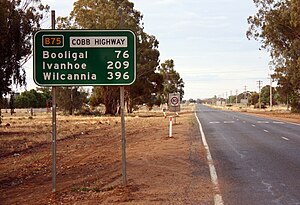
The crime rate in Outback New South Wales is considerably higher than the rest of the state, and many locals will advise you to completely avoid certain towns such as Menindee or Wilcannia, often linked to alcohol and drug abuse. Although crime is mainly targeted towards locals, vandalism of personal assets, including cars, is prevalent – avoid parking your car in dodgy areas, and avoid walking alone on downtown streets late at night. This inadvertently has resulted in many residents of Outback New South Wales to have a lower life expectancy, wealth, education, and health. While safety has considerably improved since the turn of the 20th century, these issues are noticeable on sight.
Another issue that should be kept in mind is that Outback New South Wales is massive; many travellers underestimate the size of it, including the New South Welsh. It makes up about a third of the state, or about the size of Germany. Never underestimate the distances, and always make sure you have enough fuel before embarking onto your destination.
Like other parts of the Outback, animal collisions are very common and you might see dozens upon dozens of dead kangaroos lying on the road. While it's generally safe to drive 110 km/h (68 mph) (most roads in Outback NSW have a 110-km/h speed limit), be extra vigilant during dawn and dusk – this is when most collisions occur.
Go next [ edit ]
- Outback (South Australia) if you want to head west, or Central West (New South Wales) if you're heading east. Getting to Outback Queensland is a little more difficult although there are paved roads.
- UNESCO World Heritage Sites
- UNESCO tag to be fixed
- Articles without Wikipedia links (via Wikidata)
- Has custom banner
- Banner missing from Wikidata
- Has mapframe
- Has map markers
- Usable regions
- Usable articles
- Region articles
- New South Wales
- All destination articles
- Has Geo parameter
- Articles with no Wikidata coords
- Pages with maps
Navigation menu
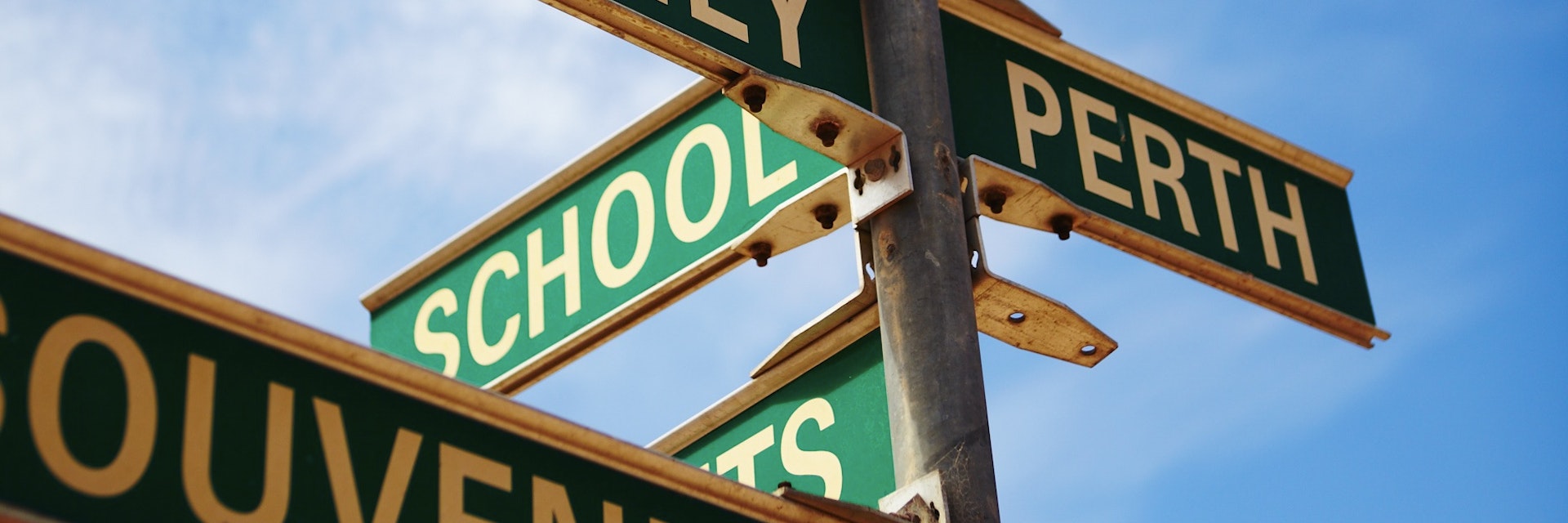
Outback NSW
New South Wales is rarely credited for its far-west outback corner, but it should be. Out here, grey saltbush and red sand make it easy to imagine yourself superimposed onto the world's biggest Aboriginal dot painting, a canvas reaching as far as the eye can see. Towns with fuel and food supplies are relatively widespread and isolated, so plan accordingly, and always take the opportunity to keep your vehicle full of petrol or diesel.
Your next trip starts here
Go from dreaming to planning with trip planning options made to help you craft your ideal itinerary.
Attractions
Must-see attractions.

Back O' Bourke Exhibition Centre
This superb exhibition space follows the legends of the back country (both Indigenous and settler) through interactive displays. The centre also houses…

Royal Flying Doctor Service Museum
Broken Hill
This iconic Australian institution has a visitor centre at the airport. There are stirring displays and stories of health innovation and derring-do in the…

Walls of China
A 33km semicircle ('lunette') of sand dunes, the fabulous Walls of China has been created by the unceasing westerly wind. From the visitor centre a road…

Broken Hill Regional Art Gallery
This impressive gallery is housed in the beautifully restored Sully's Emporium from 1885. It's the oldest regional gallery in NSW and holds 1800 works in…

Living Desert Sculpture Symposium
A striking range of work on a hilltop northwest of town was created in 1993 by 12 international sculptors. They were responding to the limitless landscape…

Mungo National Park
Remote and beautiful, Mungo National Park covers 27,850 hectares (68,790 acres) and echoes with over 400 centuries of continuous human habitation. A 33km …
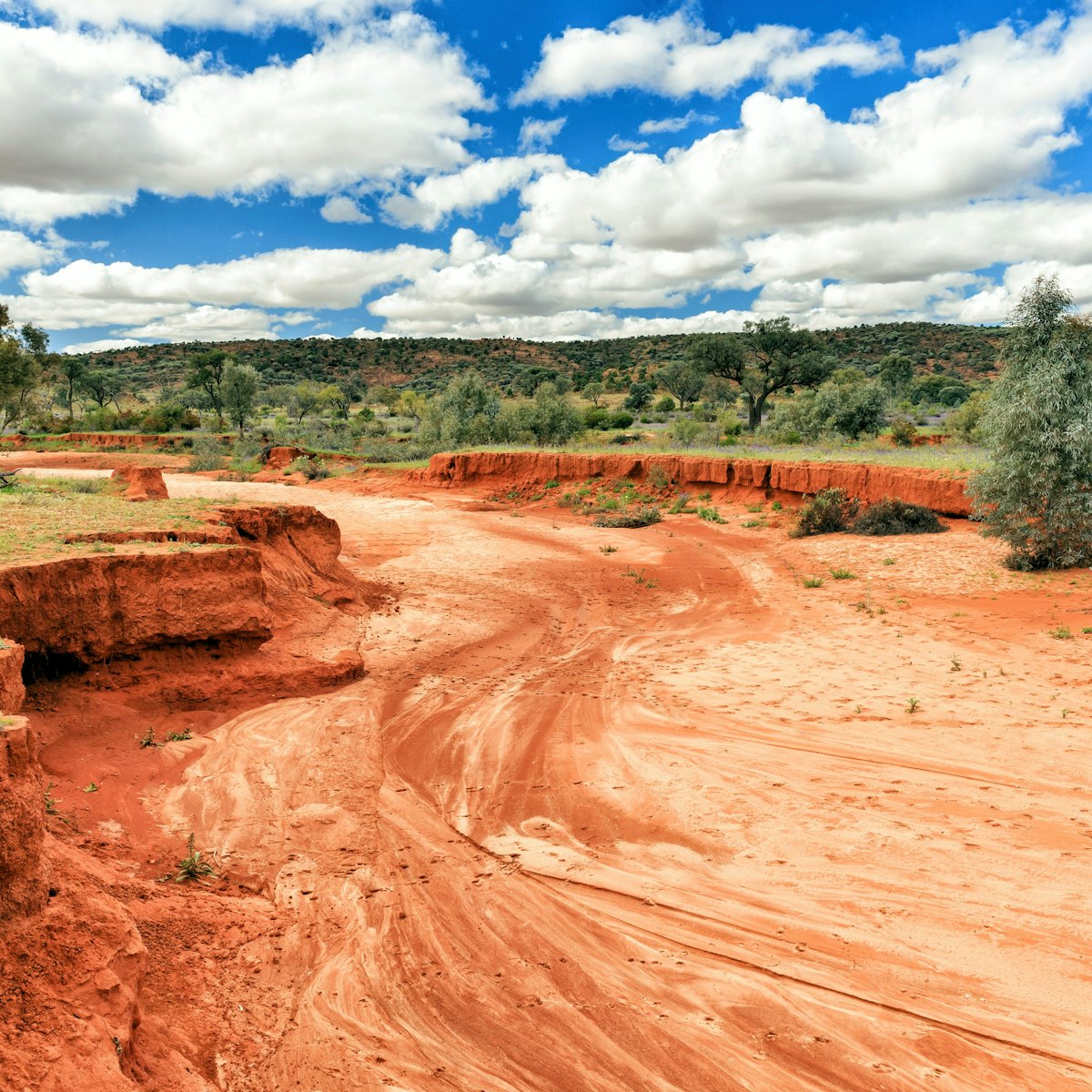
Mutawintji National Park
This exceptional 690-sq-km park, 163km from Broken Hill, lies in the Byngnano Range – the eroded and sculptured remains of a 400-million-year-old seabed…
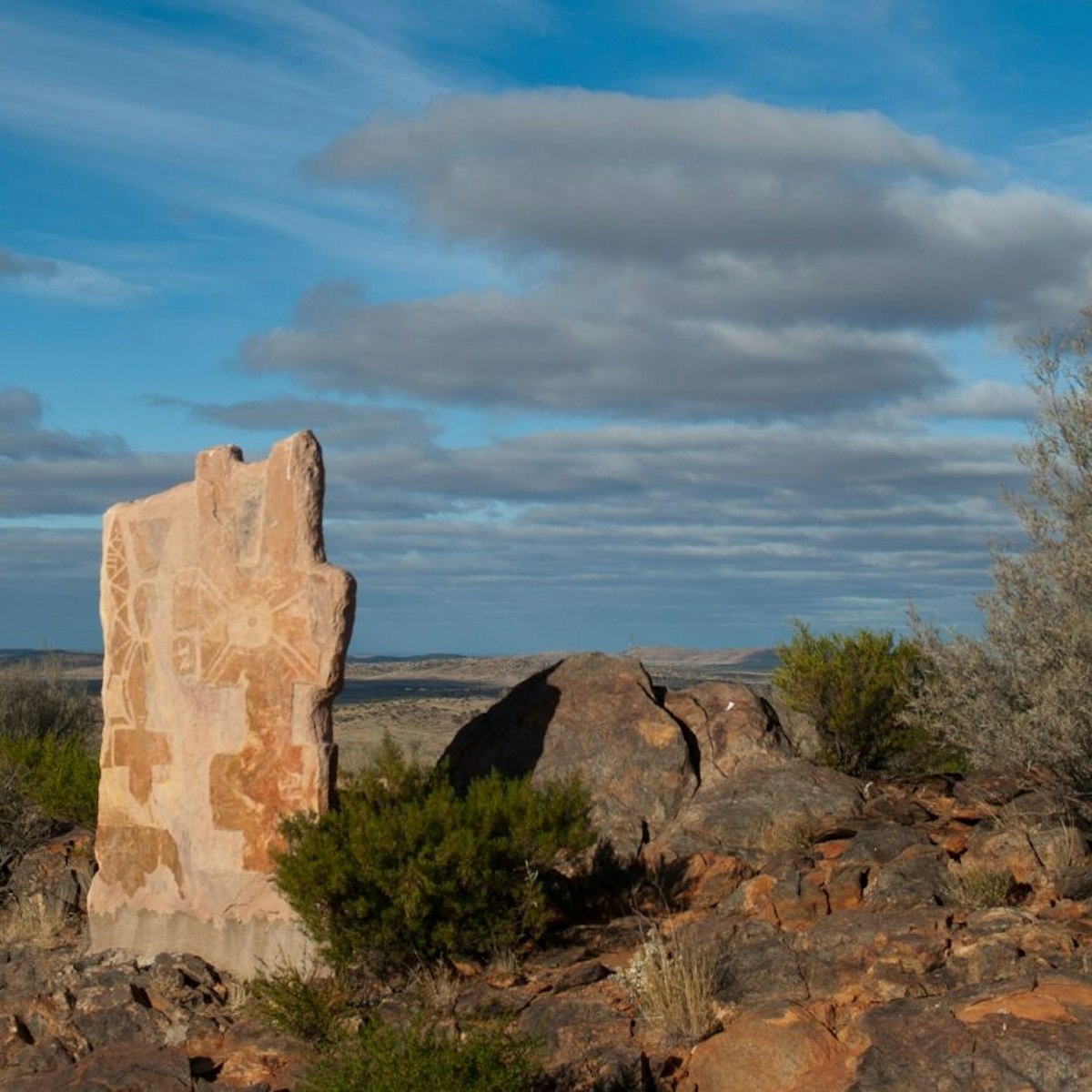
Living Desert State Park
One of the most memorable experiences of Broken Hill is viewing the sunset from the Living Desert Sculpture Symposium, on the highest hilltop 12km from…
Purchase our award-winning guidebooks
Get to the heart of Outback NSW with one of our in-depth, award-winning guidebooks, covering maps, itineraries, and expert guidance.
Outback NSW and beyond
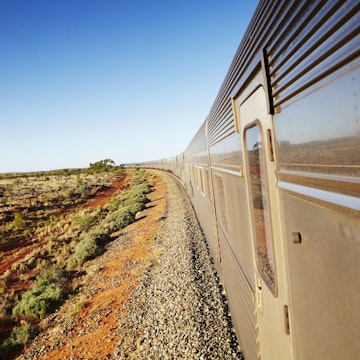

Top must-do’s in Outback New South Wales
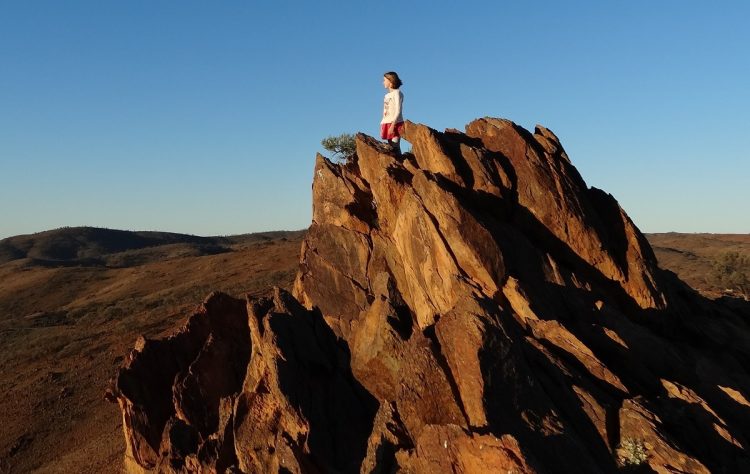
WORDS & IMAGES: MELANIE GREVIS-JAMES
Soul of the Outback
Outback towns and characters have always fascinated me. Their passion for their country, their stories of hardship and life on the land, their colourful and often slightly eccentric personalities, and their wonderfully big hearts.
Outback New South Wales is a vast area. We spent three weeks exploring the region with a camper-trailer, from Bourke in the north, to Silverton in the west, and to Mungo National Park in the south – and we loved every minute of it. The spectacular and rugged scenery is a photographers dream, but it was the characters we met along the way who really were the heart and soul of our adventure.
Our top 7 “Must Do’s” in Outback NSW:
In no particular order…
1. Eldee Station
You can almost see the South Australian border from the homestead on Eldee Station. Located about 56km north-west of Broken Hill, the working property is in the heart of the outback. The nearest place is the historic town of Silverton, famous as the location of the first Mad Max movie. Heading to Eldee the Barrier Ranges rise up from the desolate landscape on the right side of the road, and the Mundi Mundi plains stretch into the distance on the left side. Owned by Stephen and Naomi Schmidt, the 40,000-acre cattle, goat and sheep property has been in the Schmidt family for four generations. Eldee ventured into tourism 17 years ago, and are one of few advanced eco-certified and climate action certified stations in the country. Activities include bush walking, wildlife viewing, and tag-along 4WD tours. We opted to do our own self-drive 4WD tour of the property – exploring the rugged creeks, foothills, and the family’s original homestead, now deserted. The sunset 4WD tour to the top of the Barrier Ranges with Stephen was the highlight of our stay. The view overlooking the property is incredible, as was the sunset over the Mundi Mundi plains all the way to South Australia – creating the feeling that we were the only people on earth – which as far as we could see, we were. One of my favourite photos was taken of my daughter overlooking Eldee Station – which made the cover image of Our Planet Travel magazine edition 5. Eldee Station have won multiple awards – with the most recent being awarded into the Inland Tourism Awards Hall of Fame in 2014; and bronze in the National Tourism Awards for Hosted Accommodation in 2015. www.eldeestation.com
2. Mutawintji National Park / Tri State Safaris
We arrived at the camping ground in Mutawintji National Park (originally Mootwintee) on the park’s coldest day of the year. The large steel fire-pit (BYO firewood required) protected us from the cold before heading to bed rugged up in as many layers as we could. The camp sits in a pretty setting next to the dry Homestead Creek, lined on either side with magnificent River Red Gums. The park offers a number of short and long walks through the rugged gorges and rockholes. The best way to learn about the Aboriginal significance of the park though is with a guided tour, which must be pre-booked. Owned and operated by Michael and Joanne McCulkin, Tri State Safaris offer tag-along tours into the restricted area of the park to see the Aboriginal rock engraving and hand stencil painting sites – one of the most sacred Aboriginal sites in Australia. The tour starts with a visit to the Cultural Centre, including a movie depicting the Dreamtime story of the creation of Mutawintji (meaning ‘place of green grass and waterholes’) by the local Malyankapa and Pandjikali people. We then head out on foot for the next few hours to see the sites where initiations, rainmaking and other traditional ceremonies took place. The 486-acre declared historic site protects the culturally significant sites of Mushroom Rock (for women) and Snake Cave (for men). We visited two key rock engraving sites, where Michael interpreted the engravings’ stories which have been passed down verbally for 40,000 years, and four ochre painting cave sites. Also incredible was a rock with fossilised Giant Scorpion footprints clearly visible on the surface, estimated to be a few million years old. We were all very glad they are now extinct; scientific research indicates they were 1.5m long! Michael is a wealth of knowledge about the entire Outback NSW region – and although since we met him he has sold the business, he and his wife Joanne have remained on as managers of the business and still undertake the tours. www.tristate.com.au www.nationalparks.nsw.gov.au
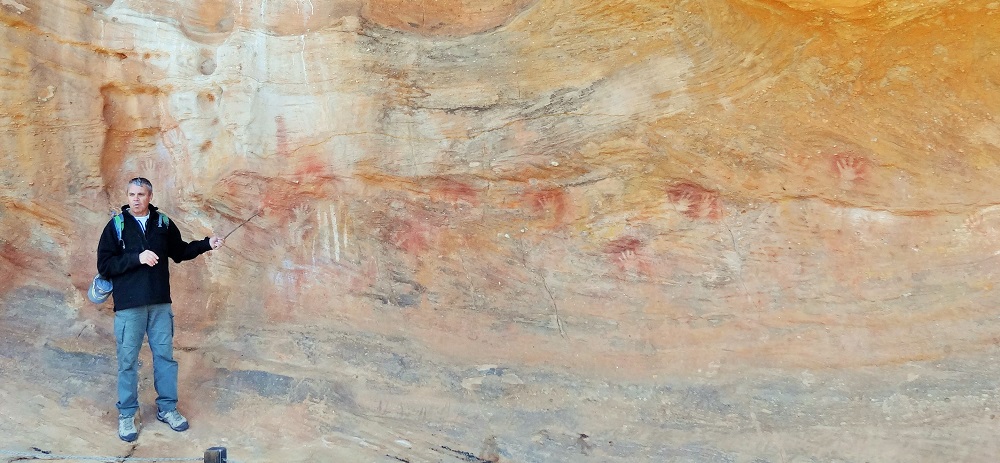
3. White Cliffs
If you love outback towns with loads of character, this is it. I think you need to be a little bit crazy (in a good way) to live here – and the locals are very interesting characters indeed. I could certainly have stayed a lot longer here as I found the town and people fascinating and creative, and I felt right at home. The homes are mostly dugouts, like mole holes or craters scattered across the surface of the moon. Founded in 1890, White Cliffs was the first commercial opal field in Australia, and still operates today, although the population has dwindled now to about 103 people. Visitors are welcome to fossick on the Historic Mining Reserve, and no licence is required. The main attractions in town are the opal shops and galleries. We went hunting for ‘Graeme’ who runs an opal gallery and café that we’d heard about in Wilcannia – the word was he’d just had a hernia operation and the café had not been open. We found Graeme Dowton at his Red Earth Opal Café and Showroom – and luckily for us he was open. The Dowton family have been mining in White Cliffs since 1974. When I asked how he was feeling after his hernia operation, he looked a little surprised that I knew about it, but responded, “if I want to know what I’m doing tomorrow I just go down to the corner store” – yes, White Cliffs is certainly that sort of place. Our night at the Underground Motel was a real highlight of our stay. The rooms are completely sound-proof and eerily-quiet, and the temperature remains at a steady and pleasant 23 degrees all year round as the rooms are so well insulated. On a hot day, the Underground Hotel is definitely the best place to be in White Cliffs. www.undergroundmotel.com.au www.redearthopal.com www.whitecliffsnsw.com.au
4. Mungo National Park & Lodge
Mungo National Park is famous as the home to “Mungo Man” and “Mungo Woman” – archaeological treasures found at Mungo National Park and carbon dated to over 40,000 years old. Ancient plant matter, animal bones and Aboriginal artefacts can be still seen today. The only way to get up close to see the ancient artefacts and remains is on a guided tour. Local Aboriginal guides offer a real insight into this incredible meeting place of Aboriginal tribal groups for thousands of years. Make sure you take a good camera – the ‘Lunettes’ are spectacular at sunset; and pop into the very impressive Visitor Centre. The self-drive 70km “Mungo Track” loop is free; and interpretative signs tell you the story of the region as you go. Don’t miss clambering up and running down the giant sand dunes, one of our daughter’s favourite experiences on the trip. Basic camping is available within the park. We opted for comfort at nearby Mungo Lodge, located 1km from Main Camp. The lodge has 20 cabins, and a main lodge with dining room, lounge, bar and guest library open seven days a week – a real gastronomic oasis in the outback that we can highly recommend. They have solar power and a wind turbine, do water harvesting, and grey water is recycled for irrigation. The managers Glen and Rebecca Young (who were the current managers when we visited), and their three young children, live at the lodge. “We love the isolation, tranquillity and quietness here. Meeting all the different people from different nationalities is wonderful. Life is different here – every day is a new experience”, says Glen. We loved it too – even though it did get down to zero degrees at night. www.mungolodge.com.au www.visitmungo.com.au
5. Bindara Station
It took us a little while to find Bindara Station. If you don’t check your directions carefully you can end up on the wrong side of the Darling River, like we did the first time. The detour to visit Bindara is definitely worth it though. I’d heard about Barbara and Bindara ‘on the grapevine’ on our travels through outback New South Wales, and was determined to meet her and see the property for myself. Bindara Station is an eco-friendly working cattle and goat property on the west side of the Darling, located between Kinchega and Mungo National Parks on the Old Pooncarie Road. Bill and Barbara Arnold purchased the historic property in 1981 and have been restoring the homestead, outbuildings and extensive gardens ever since. The property has a very long and fascinating history, and is positioned right on the banks of the mighty Darling River – which you can see from the back door of the main homestead. Majestic river red gums (perfect climbing trees for children like our daughter) line the banks, and the wildlife, especially birds are prolific. Barbara manages the property on her own now, since Bill sadly passed away a few years ago. Her dedication to continue running the property as eco-friendly as possible is also very impressive. Drippers with batteries are used for irrigation, river water is filtered for consumption, and 2nd-hand ‘fish and chip’ oil is used as fuel for the generators. There are no chemicals used on the farm. Everything is grown organically, no spraying, and using only bio-organic farming practices. Barbara grows all her own fruit and vegetables, including pumpkins, watermelons, and pears in the orchard. The homestead was built in the late 1890’s and was gas lit until 1912. In 1912 it was converted to 32volt electricity and is still running on that now. The country-style accommodation in the main homestead, former shearers’ cottage, boundary rider’s cottage and the school room are all spotlessly clean and comfortable, and perfectly presented with pretty touches, giving a homely and welcoming feel. There is also a large covered outdoor kitchen and camp fire area for guests, and camping facilities located right on the banks of the picturesque and mighty Darling River. www.bindarastation.com
6. Wilcannia
Don’t listen to people who say ‘don’t stop in Wilcannia’. They obviously did not stop and have a good look. The town has not had a great reputation in the past, but the town has worked hard to make the town more attractive to tourists over recent years. Pick up the local tourist brochure which includes a trail to see 18 historic buildings in town – the oldest are the Wilcannia Club Hotel and the Post Office, both built in 1879. Located on the banks of the Darling River, Wilcannia has a very interesting history, at one stage being the largest inland port in the country. The most unexpected surprise though was the local café we discovered, the Courthouse Café & Gallery. Owned by Adrian and Sarah Fethers, the building was originally an old pub which they have lovingly restored. Adrian is enthusiastic about Wilcannia, and happy that they left big-city jobs behind in Canberra to enjoy a slower-paced life in the outback town. The eclectic café was a real find – with the best freshly-baked scones and coffee we had on our whole trip. We camped at ‘Warrawong on the Darling’ – a very clean, tidy and well-run caravan and camping property located next to an attractive and peaceful billabong, a few kilometres from Wilcannia. www.courthousecafe.net.au www.wilcanniatourism.com.au
7. Trilby Station
We followed the unsealed (and quite rough at times) road running along the western side of the Darling River – through wide expanses of flat flood plains, covered in masses of alternatively little white, yellow, and pink/mauve wildflowers – occasionally all mingled together in a profusion of colour – just beautiful. The floral displays were all a result of the recent rains, so we very lucky to see the flood plains lush and colourful like this. Following the line of the river was Mallee scrub, and closer to the banks of the river were the now familiar magnificent river red gums. Trilby Station is set right on the banks of the Darling River, a large 320,000-acre sheep, cattle and goat property. Powered sites, unpowered riverside camping, and two self-contained cottages and a bunk house are available for guests. All the facilities are very clean and well-maintained and presented. The hosts and owners of the property, Liz and Gary Murray have lived at Trilby since 1981. The Murray family have lived in the local Louth area for six generations. We saw plenty of wildlife, including a wide variety of birdlife – there are 135 identified species to spot (ask Liz for a bird list when you arrive). Activities included bush walks along the river, river activities including fishing and canoeing, or self-drive 4WD tours of the historic property (once part of the legendary million-acre Dunlop property) – which we thoroughly enjoyed, with plenty of great photo opportunities – giving us a real glimpse into ‘life on the land’ in days gone past. We were also very lucky that our visit coincided with the shearing of a flock of rams – which fascinated our daughter. However, she wasn’t too keen on watching the ‘crutching’ part of the process – at that point she decided to go and feed the chickens and play with the dogs instead. www.trilbystation.com.au
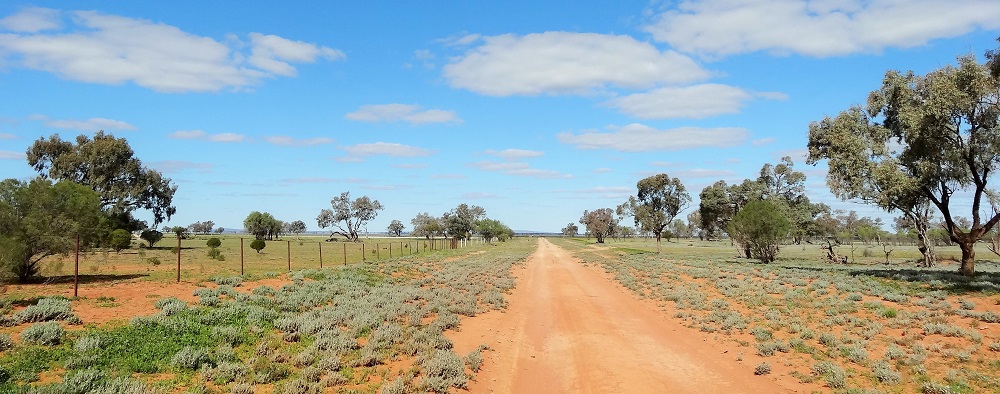
Trilby was our last campsite on our outback adventure – so it was with mixed feelings the morning when we packed up our camper trailer for the last time. We were sad our adventure was at an end and we were heading back towards reality, work, traffic lights, and bitumen – we’d loved every minute and had so many special experiences, and memories to last us a lifetime. The only thing our daughter was looking forward to at home was (1) to see our dog, and (2) have a functioning ‘proper’ toilet that was less than a 100-metre dash in the dark with a torch.
Note: it is advisable to check road conditions in the Outback; many of the unsealed roads we travelled are closed when wet.
www.outbacknsw.com.au www.visitnsw.com/destinations/outback-nsw/attractions
Images courtesy © Melanie Grevis-James
MELANIE GREVIS-JAMES
Melanie is the editor and publisher of Our Planet Travel; she has travelled extensively throughout Australia since a young child – exploring and camping in many remote places. Her love of nature, photography and travelling continues to this day. She feels most at home in the desert and the wild open spaces of Outback Australia.
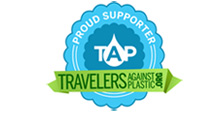
The best places to visit in the Australian outback
24 February 2022
When it comes to the ultimate tick-list of outback attractions that absolutely everyone should stand in awe of, it doesn’t get more spectacular than this.
The great Australian outback takes as fact that you’ll be back. That once you stride out into this sunburnt country and see it in the right light, you will love its frayed edges, its roads that run like ribbons sewn into the Earth, and, of course, its characters, which are its main currency.
Outback attractions
The kimberley, wa.
Discover ancient Aboriginal rock art and wildlife, swim in remote waterholes, and explore cavernous gorges in one of the oldest, largest and most rugged wilderness landscapes in the world, located in Western Australia’s north-west corner.
Uluru-Kata Tjuta, NT
While the Base Walk at Uluru mesmerises most first timers here, the Valley of the Winds walk is a must-do when visiting the magnificent red monoliths of Uluru-Kata Tjuta National Park. After completing the 7.4-kilometre trek, check into Longitude 131° to ogle Uluru from your luxury tent.
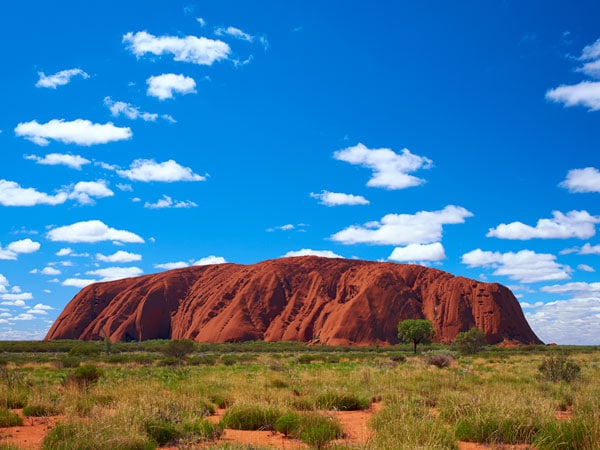
Visit, or revisit, Uluru.
Bungle Bungle Range, WA
Trek deep into the heart of Purnululu National Park on a guided walk that threads between the iconic red-and-black sandstone domes of the Bungle Bungles in WA’s north-west reaches.
The Nullarbor, SA + WA
The Nullarbor is the longest, straightest and flattest road in Australia. Put the pedal to the metal on this celebrated stretch of asphalt and you will likely see camels, kangaroos and emus along the way. Plan for a pit stop at jaw-dropping Bunda Cliffs, the longest line of sea cliffs in the world, to see whales in season.

Nullarbor means “no trees” in Latin.
Nitmiluk (Katherine) Gorge, NT
Fly in by helicopter, take a cruise or embark on a walking trail to see the cliffs of Nitmiluk Gorge all aglow on the navy side of sunset, amid the dramatic escarpments of Nitmiluk National Park.
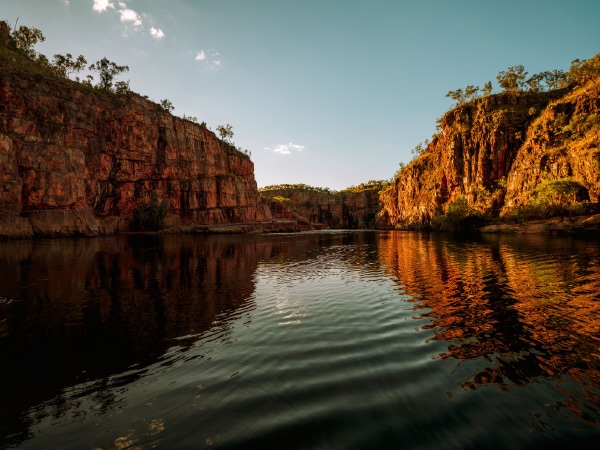
Sunrise over Nitmiluk Gorge.
Tjoritja/West MacDonnell Ranges, NT
Wild swimming is a lo-fi way to appreciate the Northern Territory’s outback, and there is ample opportunity to immerse yourself in wondrous swimming holes here, many of which are protected by the imposing shoulders of the West MacDonnell Ranges along the iconic Larapinta Trail.
Kings canyon, NT
Walk the Rim Walk to truly understand the scale of the wonders the landscape here possesses. Our tip: set out super early to see the sunrise paint the sky in pastels hues.
Broken Hill, NSW
Discover the art of Pro Hart at the gallery dedicated to one of Broken Hill’s Brushmen of the Bush. The town’s creative side is also on display at The Living Desert Reserve, dotted with 12 sculptures that rise up out of the red dirt.
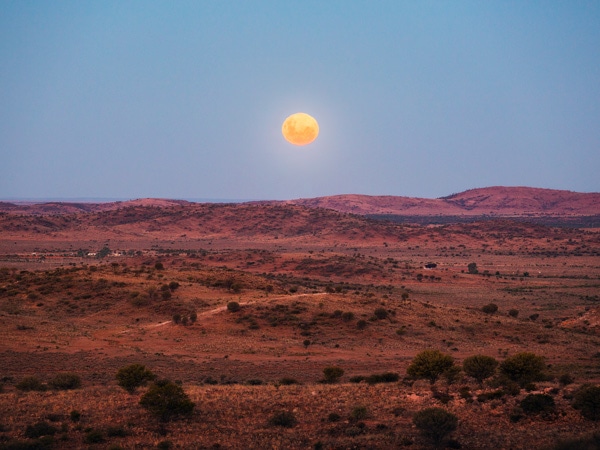
Sun setting in Broken Hill.
Coober Pedy, SA
The opal capital of the world is famous for its lunar landscapes, labyrinth of underground hotels and shops, and the tangerine-tinted outcrops of Painted Hills.
Ikara/Wilpena Pound, SA
The Flinders Ranges is South Australia’s largest mountain range, and Ikara/Wilpena Pound (top right) is the sunken natural amphitheatre at its centre. Anchor yourself at Rawnsley Park Station, which offers eco- luxury to camping under the stars, and be enveloped in the theatrical beauty of it all.
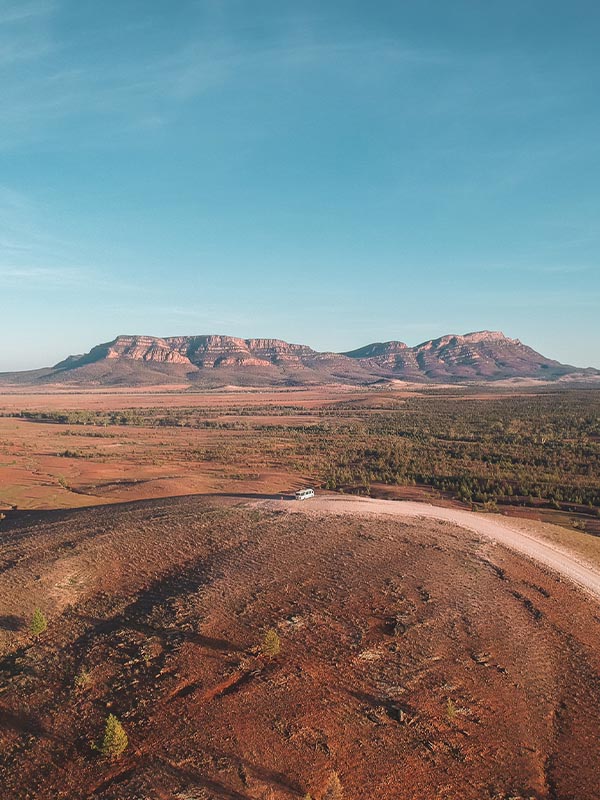
Wilpena Pound is South Australia’s largest mountain range.
Longreach, QLD
When it comes to encapsulating the pioneering spirit that contributed to making Australia the country it is today, Longreach is it. The Cobb & Co Stagecoach Experience and Australian Stockman’s Hall of Fame are must dos.
Wolfe Creek, WA
The focal point of Wolfe Creek Crater National Park, located in the Kimberley region of Western Australia some 150 kilometres from Halls Creek, the Wolfe Creek Crater is the second largest meteorite crater in the world. In a country with so many fantastical sights, the almost perfectly circular crater, which measures 880 metres across and is believed to have been created 300,000 years ago, largely flies under the radar. Long known to the local Aboriginal people as Kandimalal, yet only documented in an aerial survey of the area in 1947, according to WA’s Parks and Wildlife Service, the meteorite that left the brutal scar on the landscape here probably weighed in at more than 50,000 tonnes and would have been travelling at 15 kilometres a second.
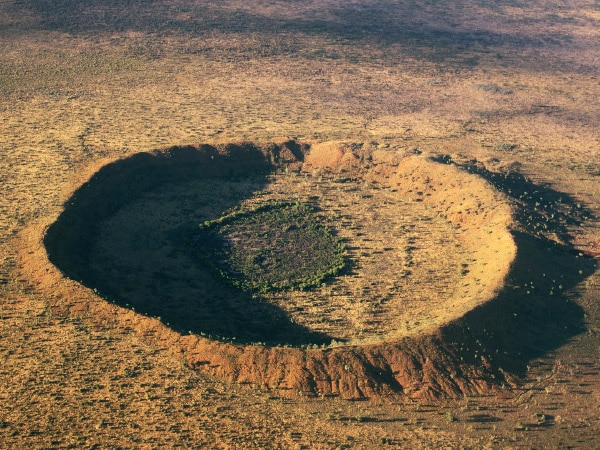
The Wolfe Creek Crater is the second largest meteorite crater in the world.
The greener side of the outback
Mention the Australian outback to just about anyone and the mental picture instantly conjured is tinged a rich pindan orange. It’s an iconic vision, but the fact is there are large swathes of what is recognised as outback that are actually lush and green. Needing no introduction is the UNESCO World Heritage-listed Kakadu National Park, where the wet-season rains saturate the expansive landscape (it’s roughly half the size of Switzerland) painting it in varying shades of deep green.
In the 46,000-hectare Finke Gorge National Park, two hours’ drive from Alice Springs, the verdant Palm Valley is an oasis of some 3000 adult palms and thousands of juvenile trees. Visit from April to September to beat the relentless summer heat, all the better to undertake the two-kilometre Arankaia Walk (it takes roughly one hour) or the five-kilometre Mpulungkinya Walk, both of which skirt palm-strewn valleys, and to better appreciate the landscape that famously inspired Albert Namatjira, who was born and raised in nearby Hermannsburg. Elsey National Park, another Northern Territory area big on greenery, is a must for wild swimming lovers, with the palm and tree-fringed Bitter Springs the perfect place for a dip. In Queensland, those looking for respite from the harsh outback conditions should head for the still-little-known Lawn Hill National Park, where the wide, cool waterway is lined with lush trees, and the fossil deposits of the Riversleigh World Heritage Site have been labelled one of the four most important deposits in the world by no less than Sir David Attenborough.
And, in South Australia, the Australian Arid Land Botanic Garden, with its views to the Flinders Ranges, features 250 hectares of arid land populated by trees, plants and flowers – as well as birdlife and mammals – that thrive in the outback’s characteristically harsh yet compelling environment.
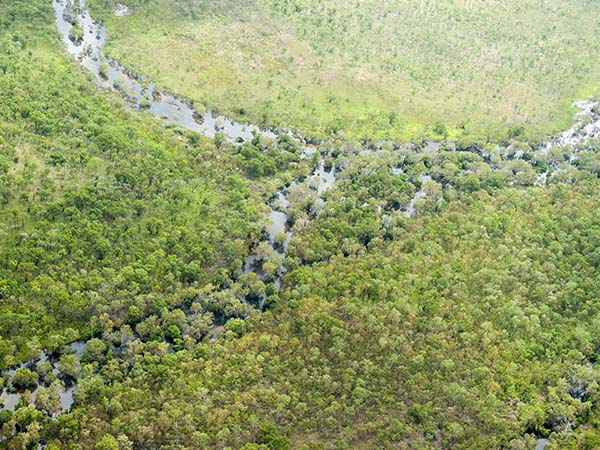
Kakadu National Park is roughly half the size of Switzerland.
Stargazing in the outback
One of the true allures of the outback is its blissful remove from the modern world, allowing you to experience nature at its most unsullied and elemental. During the day that means uncrowded vistas and wide open spaces, while the inky black of an outback night promises attractions that are literally out of this world. Clear, cloudless skies and a lack of light pollution make stargazing in the outback a breathtaking proposition.
Looking up into the night skies anywhere in the outback promises a polka-dot blanket of celestial wonders, but there are a few destinations that take it to the next level, such as Warrumbungle National Park in NSW, the southern hemisphere’s first Dark Sky Park where Sliding Springs Observatory is home to the largest optical telescopes in the country. At the Cosmos Centre in the outback Queensland town of Charleville, guides share the stories of Indigenous astronomy as part of the Universal Dreaming tour, while Alice Springs’ Earth Sanctuary World Nature Centre’s astronomy tours point out planets, constellations, dark nebulas and the building blocks of new stars.
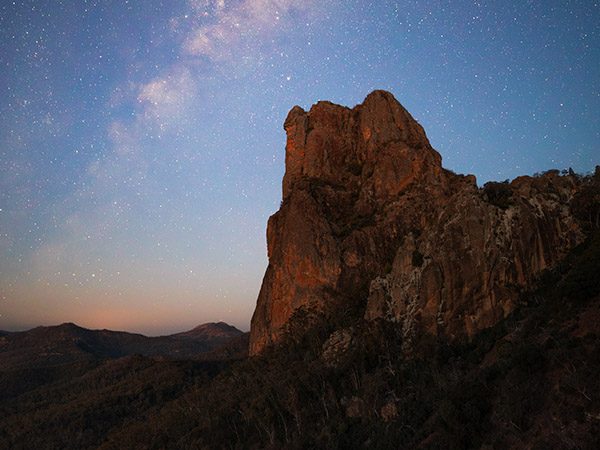
Marvel at the Dark Sky Park in Warrumbungle National Park.
An outback experience in Victoria
While there are stunning tracks of outback littered across the country, the general belief is that Tasmania and Victoria miss out when it comes to these evocative landscapes. And while we can’t really make a case for Tassie, with its rich, green interior and rugged coastline, Victoria is in possession of two small but impactful national parks where the vistas present decidedly outback. Murray-Sunset National Park, located on the traditional Country of the Latji Latji, Ngintait and Nyeri Nyeri peoples in the north-west of the state, is home to a stunning collection of pink lakes, including the star of the show, Lake Crosbie. Deliciously remote, exploring here takes in the islands of the Murray River, abundant bird and wildlife, jaw-dropping sunsets (as the name implies) and an ancient history that local ranger Damien Jackson, a proud Wiradjuri man, shares generously.
Meanwhile, Little Desert National Park in the Wimmera Mallee region is the traditional lands of the Wotjobaluk, Jaadwa, Jadawadjali, Wergaia and Jupagulk peoples (collectively known as the Wotjobaluk), whose presence through millennia is marked by scarred trees, shell middens, stone tools and oven mounds. Camping and bushwalking here is best done in late winter to early summer when the wildflowers are in bloom.
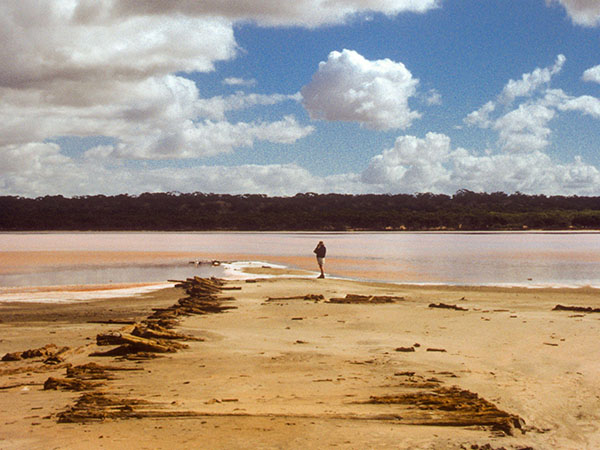
Salt lakes of Murray-Sunset National Park.
Outback pubs
Noccundra hotel.
This charming sandstone hotel, which has been serving beer since 1882, is the only surviving building in the outback township of Noccundra (population: 11) in south-west Queensland. The heritage-listed hotel has cold beer and donga (camp-style) digs for rent near to the Wilson River.
Prairie Hotel
This iconic South Australian pub has that quintessential quirky Aussie aesthetic that makes it the perfect pit-stop for road-trippers. The beer is brewed in-house at the iconic Parachilna pub, which is perched in the plains miles from anywhere.
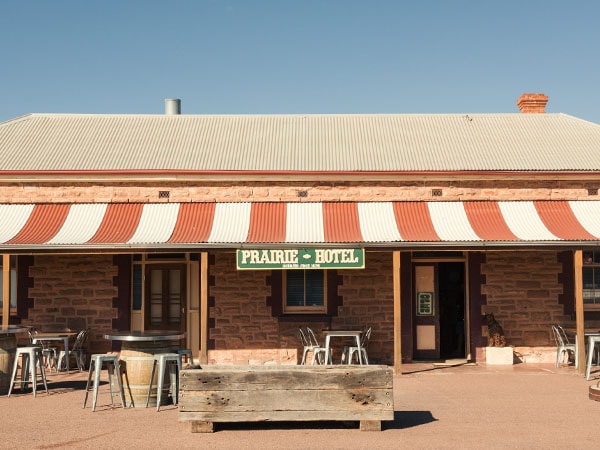
Australia’s quintessential, most awarded outback hotel.
William Creek hotel
Established in 1887, this heritage-listed hotel is one of the most remote pubs on the planet, located as it is on the Oodnadatta Track in South Australia. The hotel offers the closest accommodation to Kati Thanda-Lake Eyre.
Birdsville hotel
It’s all hot pies and cold beers at the Birdsville (pictured right), which bills itself as ‘Australia’s most iconic outback pub’. Base yourself at the south-west Queensland pub to visit the Waddi tree and soaring sand dunes or attend the Birdsville Races.
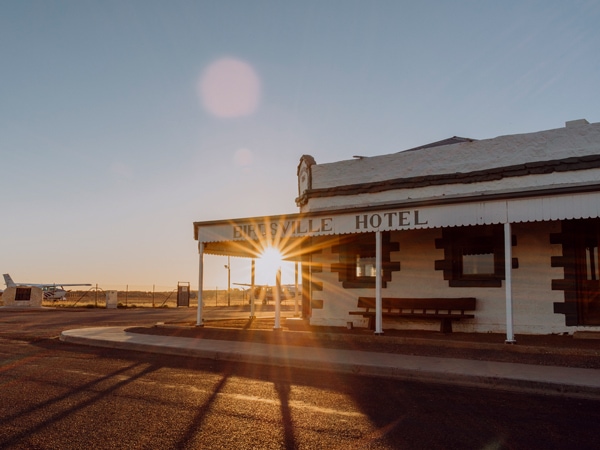
Lap up a true outback experience at the Birdville Hotel. (Image: Tourism and Events Queensland)
Outback events
Laura quinkan indigenous dance festival, cape york.
Held in the remote Queensland outpost of Laura, this biennial, three-day festival is a riot of colour and culture as some 20 different Cape communities gather to share stories and histories through music, song and spectacular traditional group dancing. The next festival, overseen by the Ang-Gnarra Aboriginal Corporation, the trustee of the traditional lands of the Ang Gnarra people in and around Laura, is scheduled to take place from 7–9 July 2023.
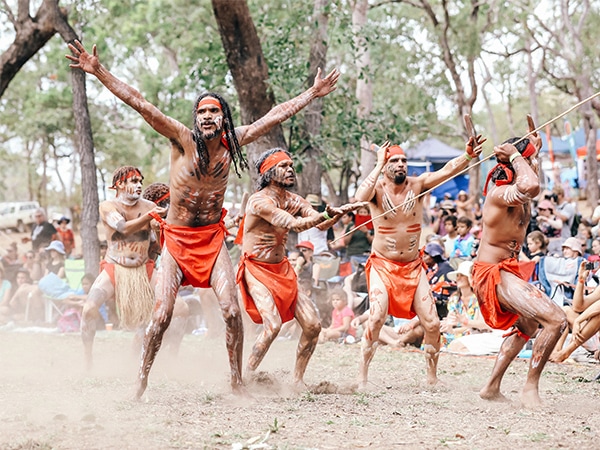
Catch an Indigenous festival, including the Laura Dance Festival. (Credit: Elise Hassey)
Parrtjima + Alice springs beanie festival, Mparntwe/Alice Springs
Ancient traditions meet New-Age technology to spectacular effect at Parrtjima (parrtjimaaustralia.com.au), the celebrated annual festival of light (pictured below right). Over 10 days, works by Aboriginal artists are transformed into mesmerising light installations and projected against the imposing 300-million-year-old backdrop of the MacDonnell Ranges. The 2022 event will light up the Central Australian night sky from 8–17 April. Alice Springs is also home to the delightfully quirky Beanie Festival (beaniefest.org), with Aboriginal and non-Aboriginal artists gathering together to celebrate the humble beanie. This year’s festival will take place at Araluen Arts Centre from 24-27 June.
Big Red Bash, Birdsville
There are three things in Birdsville that everyone knows about: the iconic hotel, the annual race meeting and the Big Red Bash (above right), a three-day extravaganza of Aussie music held in the breathtaking surrounds of Munga Thirri National Park (Simpson Desert). Proudly boasting to being the most remote music festival in the world, the tyranny of distance doesn’t stop crowds from flocking to see some of Australian music’s biggest artists, including the likes of Jimmy Barnes, Missy Higgins, Kasey Chambers and Kate Ceberano on the 2022 bill, scheduled to take place from 5–7 July.
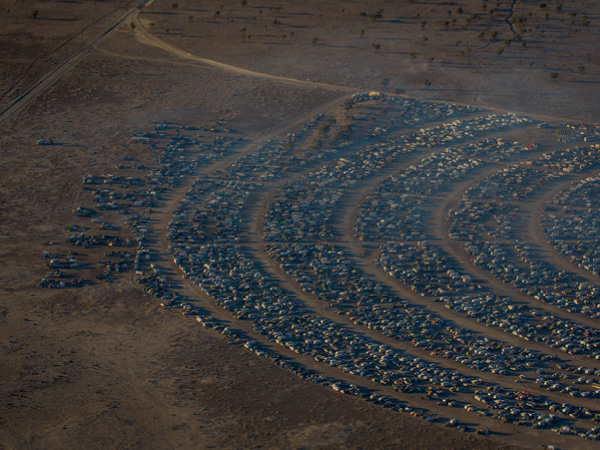
A birds eye view of the Big Red Bash Festival, Birdsville.
Darwin Aboriginal Art Fair
Having been established in 2007, the Darwin Aboriginal Art Fair (DAAF), held on Larrakia Country, has gone on to become the country’s largest and most significant Aboriginal and Torres Strait Islander visual arts event. With more than 70 Aboriginal and Torres Strait Islander Art Centres in attendance, representing more than 2000 artists, DAAF also boasts a program of cultural events including artist talks, dance, music, food and the hugely popular Country to Couture runway show (below left). And the best thing about DAAF is that it gives art lovers the chance to buy Indigenous art in an ethical and responsible manner, with 100 per cent of the money raised from the sale of artworks (both at the show and as part of its new online program) going directly to the artists and their communities. The 2022 fair will take place from 5–7 August.
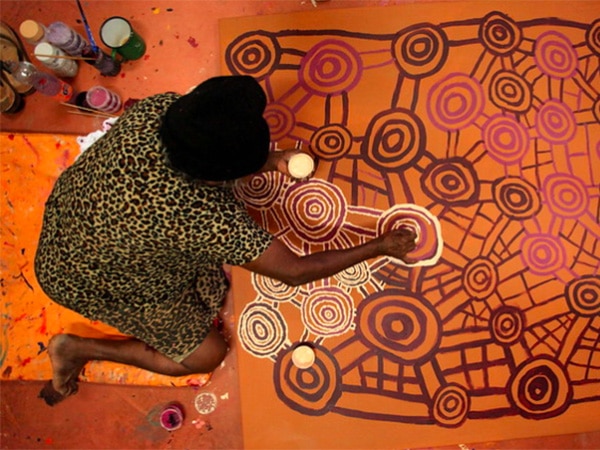
DAFF is the country’s largest and most significant Aboriginal and Torres Strait Islander visual arts event.
The Broken Hill Mundi Mundi Bash
This is the country’s newest outback festival, and in 2022 it will be held twice – from 21–23 April and 18–20 August. From the organisers of the Big Red Bash, the action takes place on the Mundi Mundi Plains with the Barrier Ranges in the background. The line-up for the family-friendly, all-ages festival includes Paul Kelly, Ian Moss and John Williamson in April and Busby Marou, Jon Stevens and Daryl Braithwaite in August.
LEAVE YOUR COMMENT
Cancel reply.
Save my name, email, and website in this browser for the next time I comment.
One Comment
This website is great. It has helped me so much with my school project.
You might also like
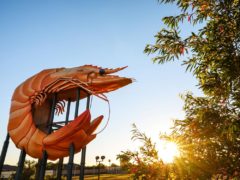
A guide to 30 of Australia’s iconic Big Things
It wouldn't be an Australian road trip without a sighting of a Big Thing and we've put together a guide of Australia's most iconic Big Things. “Go ...
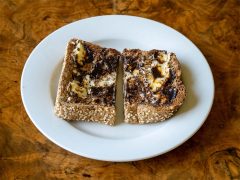
7 of Australia’s iconic national dishes
Take a tour of the Australian food landscape through seven of our most celebrated national dishes. Ever since Paul Hogan invited the world to throw a...
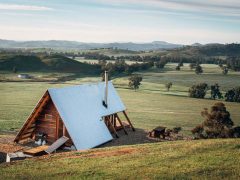
The best towns to visit on a road trip from Sydney to Melbourne
Here’s how to make the most of an inland road trip between Sydney and Melbourne. Driving the route from Sydney to Melbourne is a rite of passage fo...
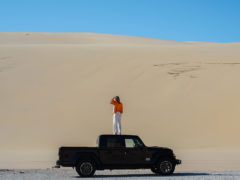
7 tips for road tripping success these holidays
From the moment free-wheeling Australians sensed light through the cracks of state border restrictions, we’ve been dreaming up travel extravaganzas ...
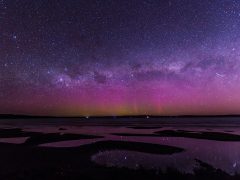
A calendar of Australia’s most majestic natural wonders
At certain times throughout the year nature puts on a range of awe-inspiring performances you don’t want to miss. Nature gives us the best calendar...

Will Omicron variant impact your holiday? Here’s everything we know
Here is the latest update on interstate travel in light of the new Covid-19 variant Omicron and how it may impact travel restrictions across Australia...

© Australian Traveller Media 2024. All rights reserved.
- Blue Mountains
- Central Coast
- Central West & Orange
- Lord Howe Island
- Hunter & Mid-Coast
- Lake Macquarie & Newcastle
- North Coast
- New England & North West
- Outback NSW
- Riverina Murray
- — Albury Wodonga
- Snowy Mountains
- South Coast
- Southern Highlands & Tablelands
- Daylesford & Macedon Ranges
- Geelong & The Bellarine
- Great Ocean Road
- Victoria’s High Country
- Mornington Peninsula
- Phillip Island
- Yarra Valley & Dandenong Ranges
- Outback Queensland
- Southern Queensland
- Sunshine Coast
- Tropical North Queensland
- Whitsundays
- Coral Coast
- Margaret River & South West
- The Kimberley & North West
- Eyre Peninsula
- Fleurieu Peninsula
- Flinders Ranges & Outback
- Kangaroo Island
- Limestone Coast
- Yorke Peninsula
- Katherine & Surrounds
- Alice Springs & The Red Centre
- Arnhem Land
- Hobart & South
- Launceston & North
- North Island
- South Island
- Cook Islands
- New Caledonia
- Philippines
- Switzerland
- United States
- Aboriginal Culture
- Arts & Culture
- Beach Lifestyle
- Eat & Drink
- Nature & Parks
- Adventure & Sports
- Canyoning & Abseiling
- Climbing & Bouldering
- Dog Friendly
- Gravel & Bikepacking
- Kayaking & Paddling
- Mountain Biking
- Skiing & Snowboarding
- Skills & Safety
- Snorkelling
- Trail Running
- Wild Swimming
- Microadventures
- Multi-day Hikes
- Comparisons
- Gear Guides
- Photo Essays
A regular dose of adventure inspiration, trip ideas, latest events and giveaways.
The tiny towns of outback nsw.
Iesha McRae
Iesha is a Sydney based traveller who believes some of the best adventures are ones that involve sleeping in the car and living off 2-minute noodles. She's passionate about cost-effective and sustainable travel as well as empowering other women to travel to places off the beaten path.
- Author Profile
Learn about We Are Explorers' Editorial Standards
Iesha recently turned her wheels west and headed for the NSW Outback. Way out amongst the red dirt and open skies she came across a bunch of tiny towns with their own unique personalities, and stringing them together makes for a stomping road trip.
To the Outback
At the end of 2020’s lockdown, we packed the car and spent a week in outback NSW, and now at the tail end of 2021, I find myself revisiting our itinerary to do it all over again!
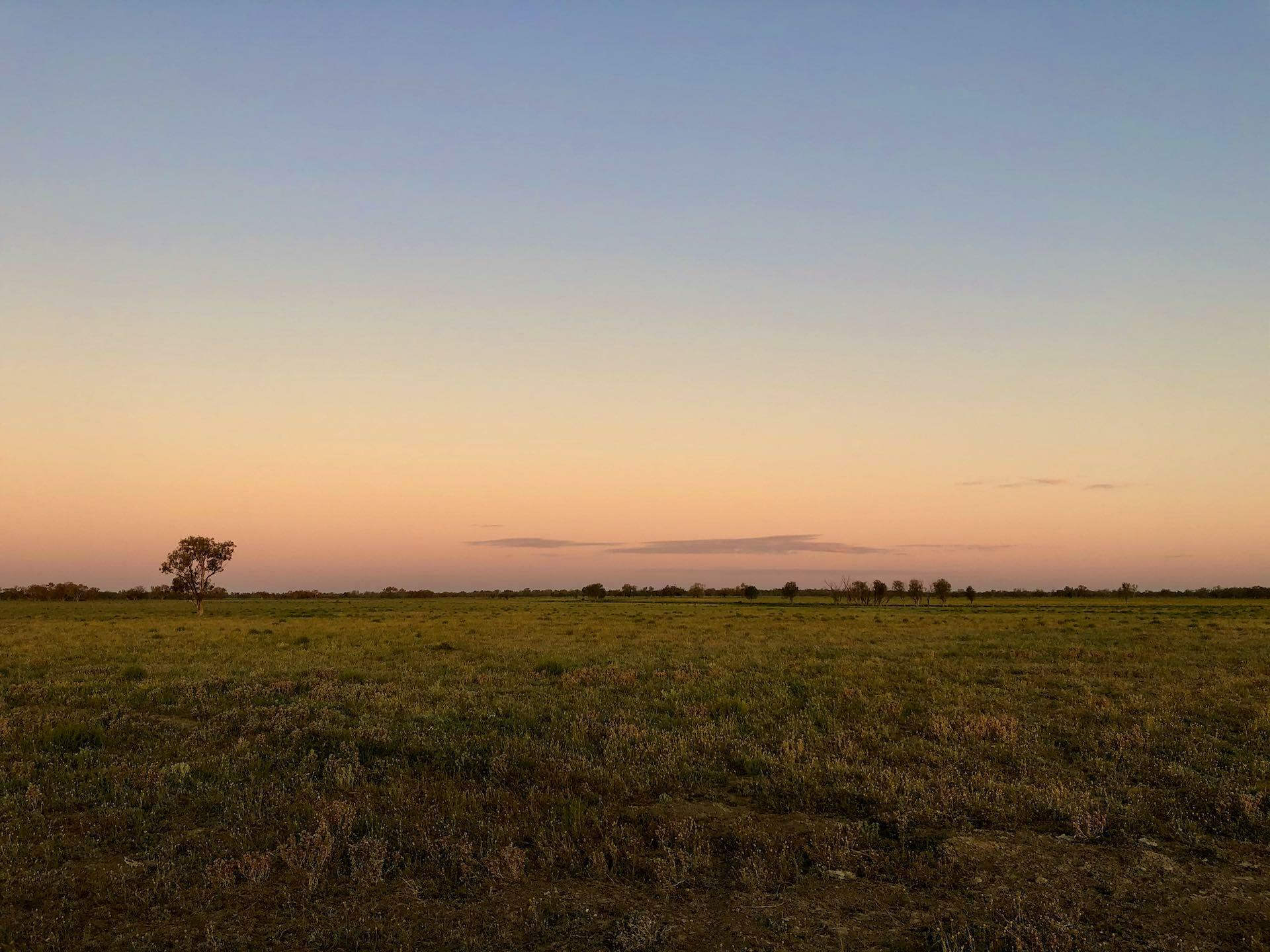
I was absolutely blown away by the places we visited and the people we met and I strongly urge you to visit these outback towns in NSW and support them.
Using Cobar as our base point, we road tripped across Far West NSW to uncover unique towns, great and small, and the locals that call these far-flung places home.
Read more: COVID Safe Travel – How To Explore Regional Areas Responsibly
Menindee: The Town of Great Lakes
D rastically affected by the 2019 drought, Menindee is the definition of a true blue Aussie town filled with great people who band together to push through the worst of times.
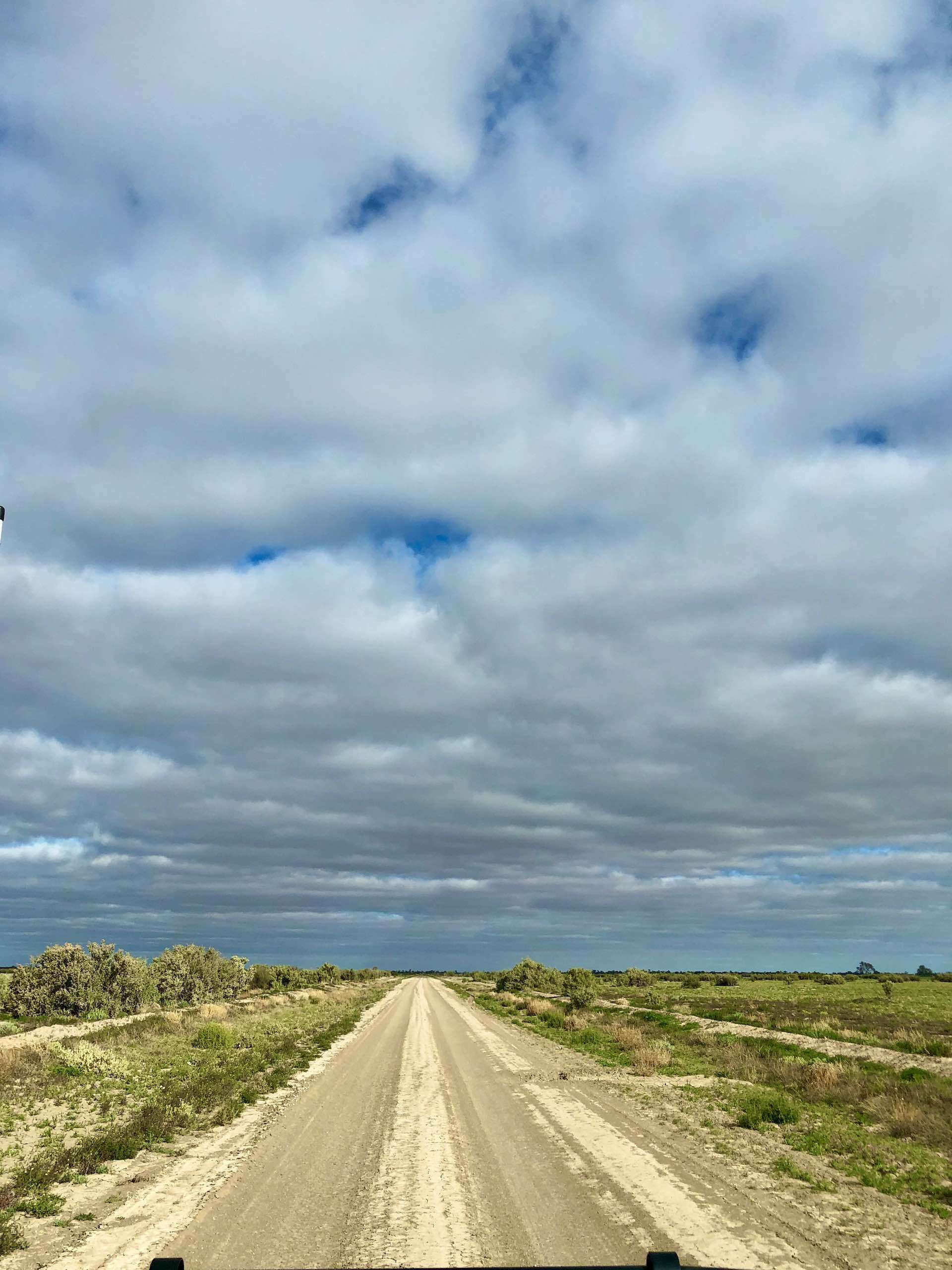
Menindee has a population of 500 (very friendly) people, who’ll always say hello as you drive or walk past. We stopped by the local coffee shop and were greeted by a friendly local sitting outside having a coffee. He politely invited us to sit down and have a chat. This soon became a recurring theme throughout our trip, as locals in all the outback NSW towns we visited were so welcoming and keen to yarn.
Our new mate worked in the national park and told us,
‘I’ve been a local for 11 years, but you need to be here for 50 years to be considered a local!’
With over 60 years of living in Menindee under his belt, he was very passionate about his town and the great lakes surrounding it. The town relies on these lakes for their water supply and in 2019 they were almost entirely empty during the drought.
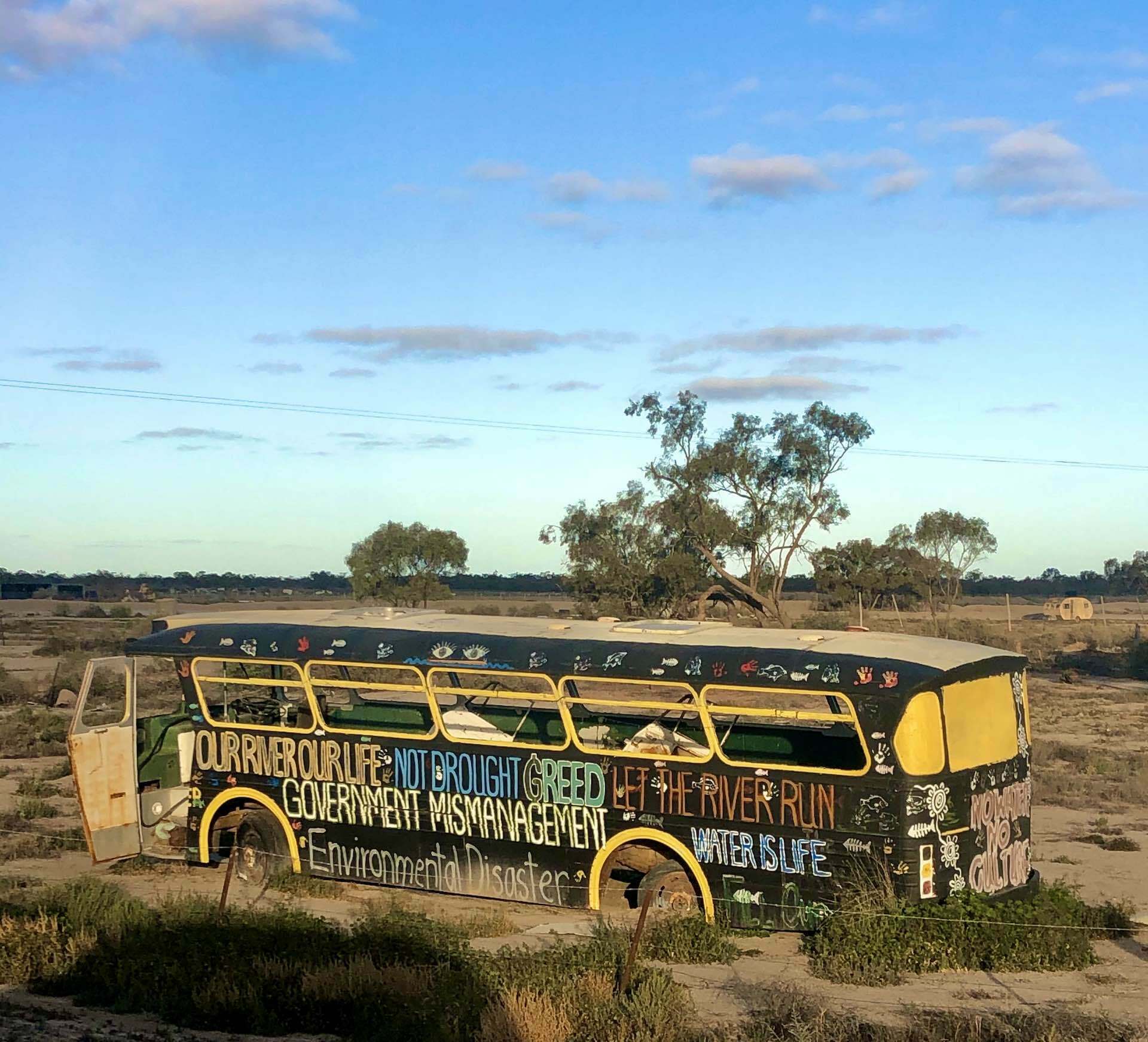
What To Do In Menindee
Luckily, after the rain, the lakes are in much better shape. If you visit, you have to drive around them to get a true feeling of their size. They’re incredible!
You can also take a cruise across the lakes with River Lady Cruises .
There are a multitude of free campsites along the river and the lakes around town. Some can be booked through NSW National Parks website or download Wikicamps to see some of the most frequented spots.

How To Get There
Driving from Cobar to Menindee takes a total of four hours, but it’s such a beautiful drive. From Cobar to Wilcannia the road is bitumen, but from Wilcannia to Menindee it becomes a dirt road that takes a little longer.
Broken Hill: An Oasis in the Outback
When you think of Broken Hill, oasis might not be the first word that comes to mind. I was blown away by a town that is so isolated but has so many things to do and explore.
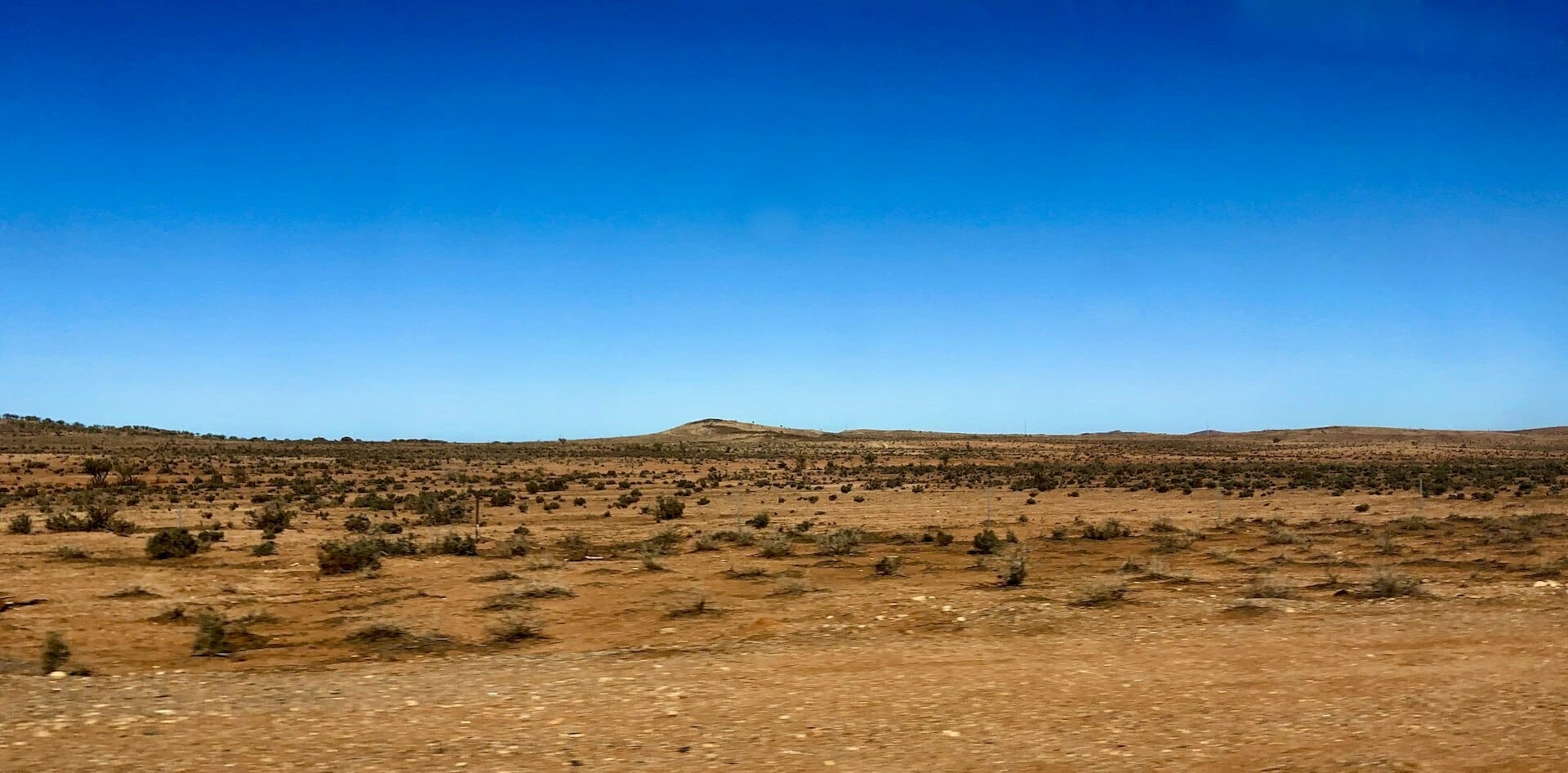
Broken Hill is one of the major towns in outback NSW. When you drive here you’ll feel so isolated with no sight of civilization for kilometres, then suddenly you arrive in a major town!
It’s a great stopping point to stock up on supplies as there’s a variety of major shops (Coles, Woolworths, Target). Broken Hill has a strong mining history with many museums and memorials scattered throughout the town and there are still mines operating there to this day.
One of the things I love about Broken Hill is that the town has fully embraced its feature in the movie Priscilla Queen of the Desert and there’s even a drag festival called ‘Broken Heel’ every year which I definitely want to go to one day.
Hot tip! If you’re heading west stock up on supplies here as you won’t find another major town for a long time! There’s a drinking water refill station for your jerry cans or water tank in the middle of town as well.
What To Do In Broken Hill
The ‘Big Picture’ Museum
The Big Picture Museum features information on the history of mining in Broken Hill and a giant panoramic painting of the plains around the town which is 100m in length and took two years to finish.
The Big Red Bench and Miners Memorial
The Miners Memorial pays tribute to all the miners lost in the Broken Hill mines over the last 120 years.
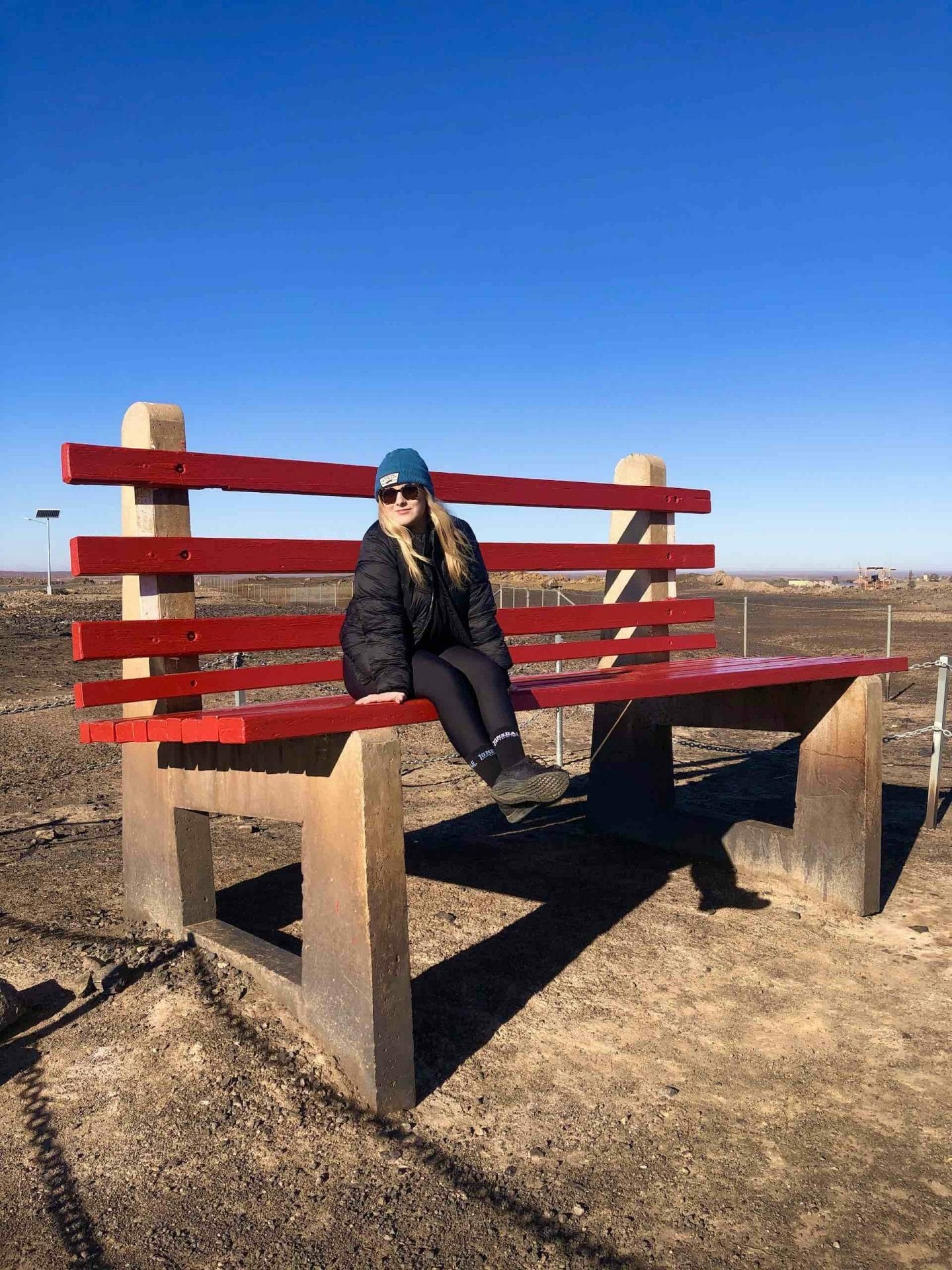
Bells 1950s Milk Bar
They serve the best waffles here with a variety of toppings to choose from.

The Living Desert and the Sculptures
12 unique sandstone sculptures placed on a majestic hilltop in the desert, each with an individual artist and story.
Outback Astronomy
There’s also an Outback Astronomy experience you can take that unfortunately we didn’t get to. The stars out there are absolutely incredible so it’d be an amazing experience!
If you’re a Priscilla Queen of the Desert fan, you can stay in the actual Priscilla Suite in the Palace Hotel. It’s completely decked out with disco balls, feathers, and all things drag! There’s also a gorgeous bathroom with the ultimate bathtub. It’s a bit pricey, however definitely worth it if you LIVE for Priscilla!
We stayed at Broken Hill Outback Resort , about 15km out of the main town which has its own bar/restaurant.
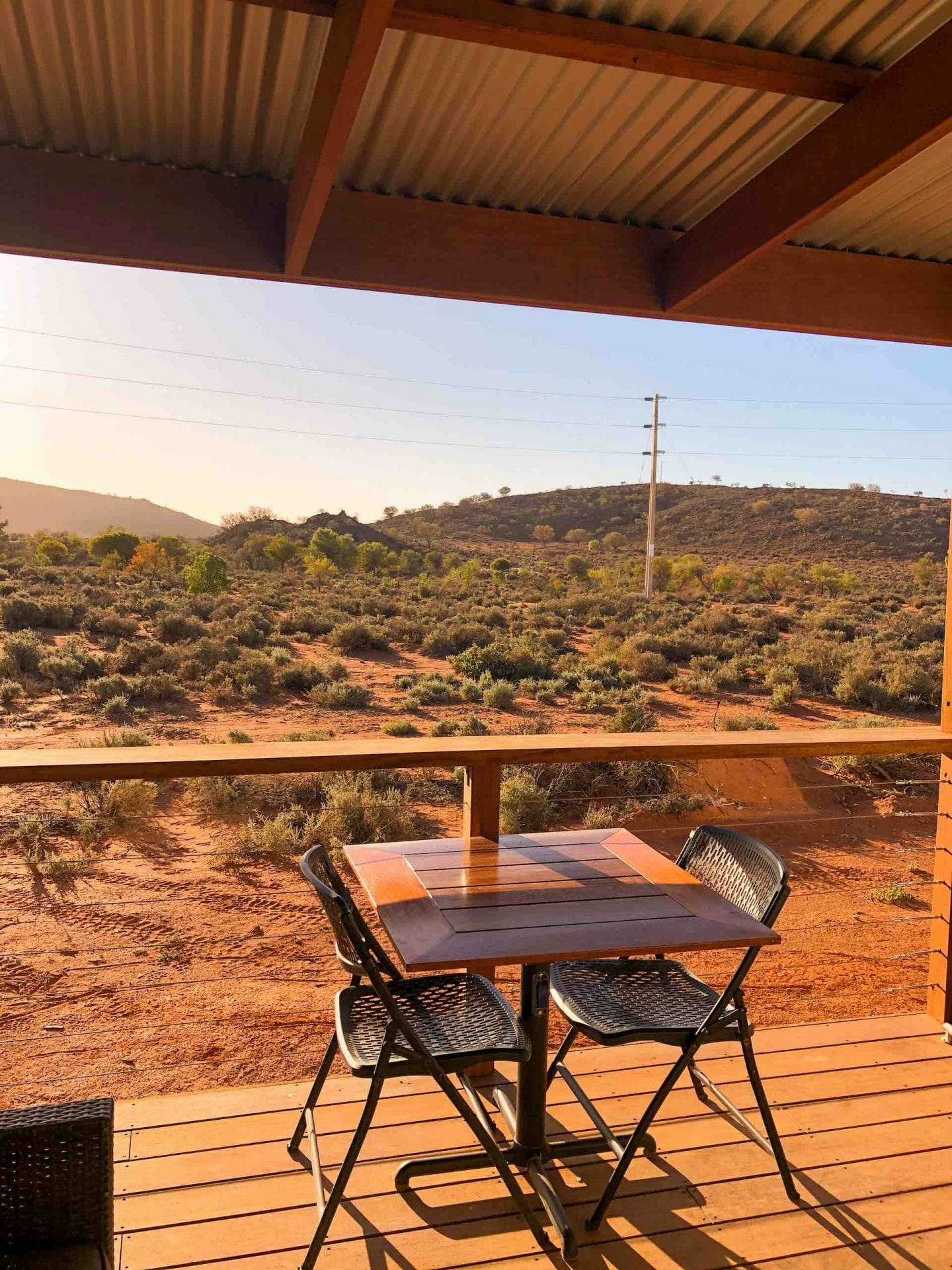
The drive from Menindee to Broken Hill is one of the most scenic and desolate drives I’ve been on, and I highly recommend you do it! We started to venture into more red dust and the plains were spectacular.
You can also get to Broken Hill via train if driving 1,150km isn’t your thing!
Silverton: The Greatest Sunset You’ll Ever See
With a population of 50 people, Silverton could be easily skimmed over on your next road trip. But with an iconic outback pub, quirky outback art galleries, and one of the greatest sunsets in the country, this is an outback NSW town you surely don’t want to miss.
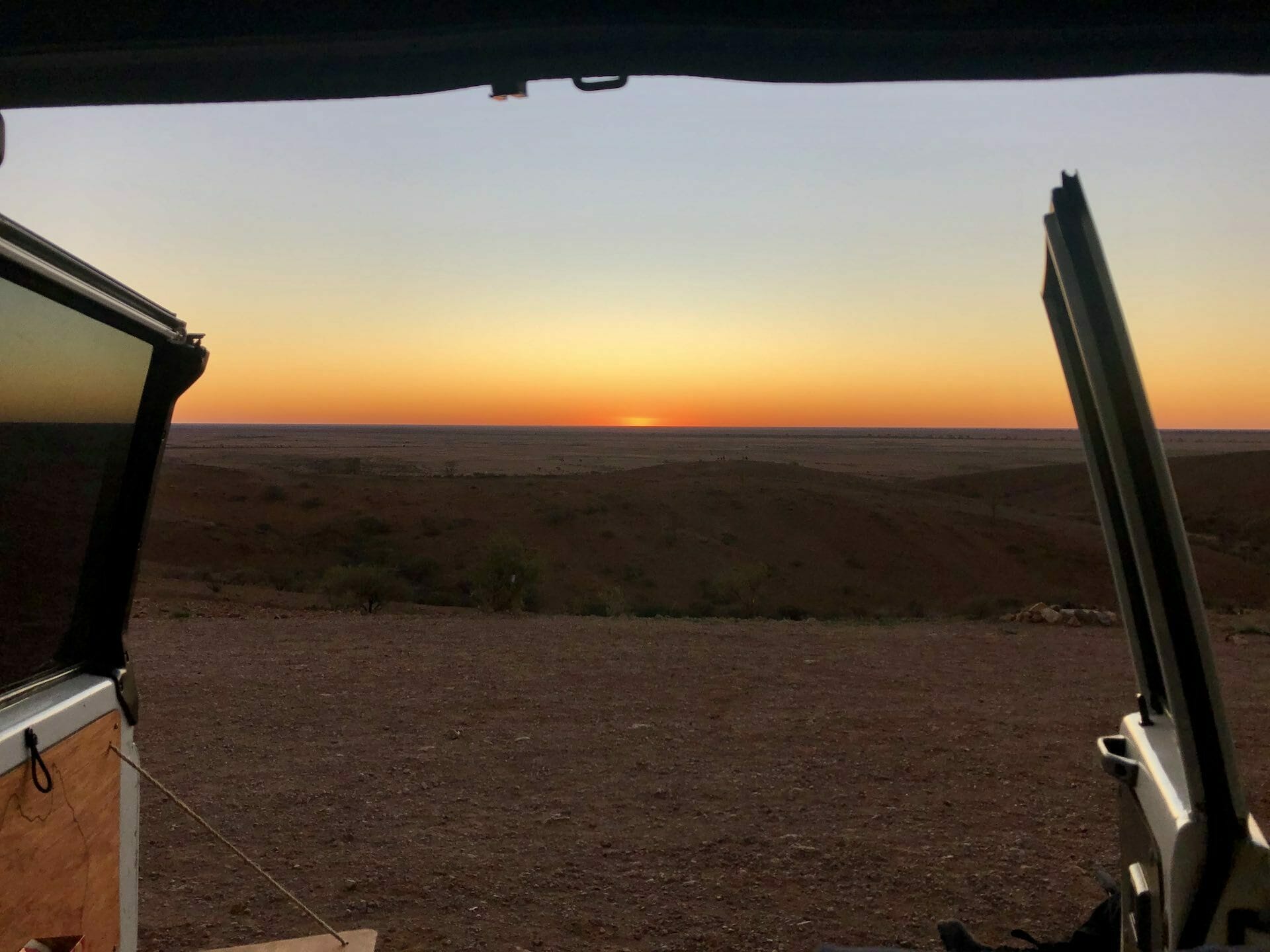
The town’s claim to fame is Mad Max 2 as the film was shot there (hence the Mad Max 2 Museum).
What to do in Silverton
Although the town is small in population, there’s over 1,000 square kilometres of common public land to explore!
You wouldn’t expect a small outback town to be a hive for art lovers, but within 50m of the main stretch through town, there are four separate art galleries.
A little hidden gem is definitely the John Dynan Art Gallery. John has lived in Silverton his entire life and owns his own gallery in town. I was so enraptured by John and his story I decided to write a whole article about him .
Nearby Accommodation

Other places in the town we went to were:
Silverton Hotel
An iconic outback pub with a lot of history. The walls are full of countless frames and posters which give you a sense of the character and history of the pub.
Mad Max Museum
Unfortunately this was closed when we went, however locals rave about it!
Silverton Gaol Museum
The $5 entry fee gets you a full tour of the old gaol that’s now been converted into a museum.
In general, there’s just so much land out there! It’s so easy to just go for a drive and get lost in the red dust and crazy landscape surrounding you.
Town Highlight – Mundi Mundi Plains
The highlight of Silverton however, is without a doubt Mundi Mundi Plains Lookout. This lookout is about 15 minutes further west of Silverton but gave us one of the most spectacular sunsets we’ve ever seen.
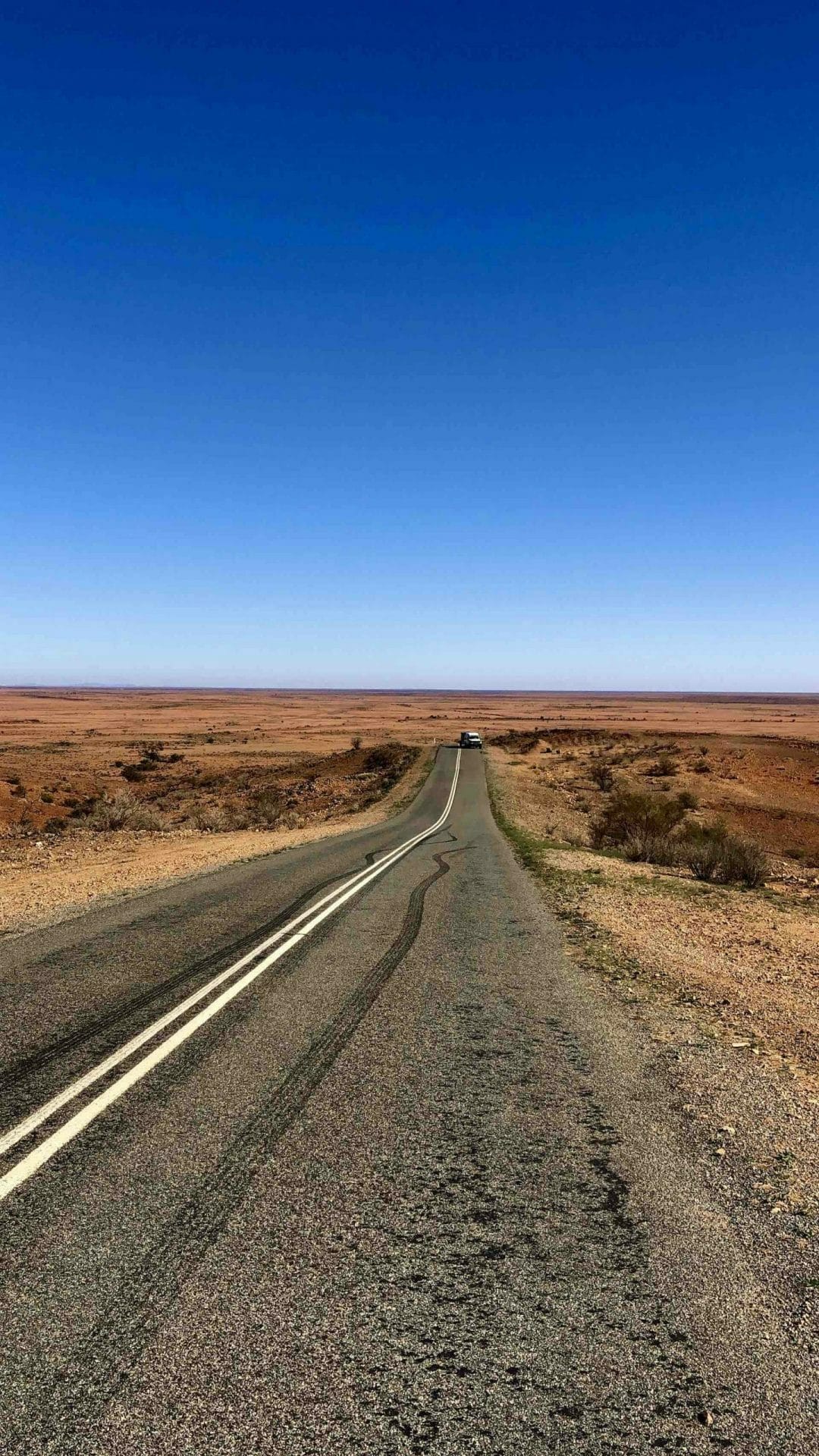
The full moon was out, so as the sun set in the west and filled the sky with glowing reds, oranges, and yellows, we turned to the east to see a cotton candy pink and blue sky with the full moon in full view.
Hot tip! Take a few drinks and snacks and set up chairs to watch the sunset. Make sure you stay for 10-15 minutes after the sun has set as the afterglow across the plains is definitely worth sticking around for.
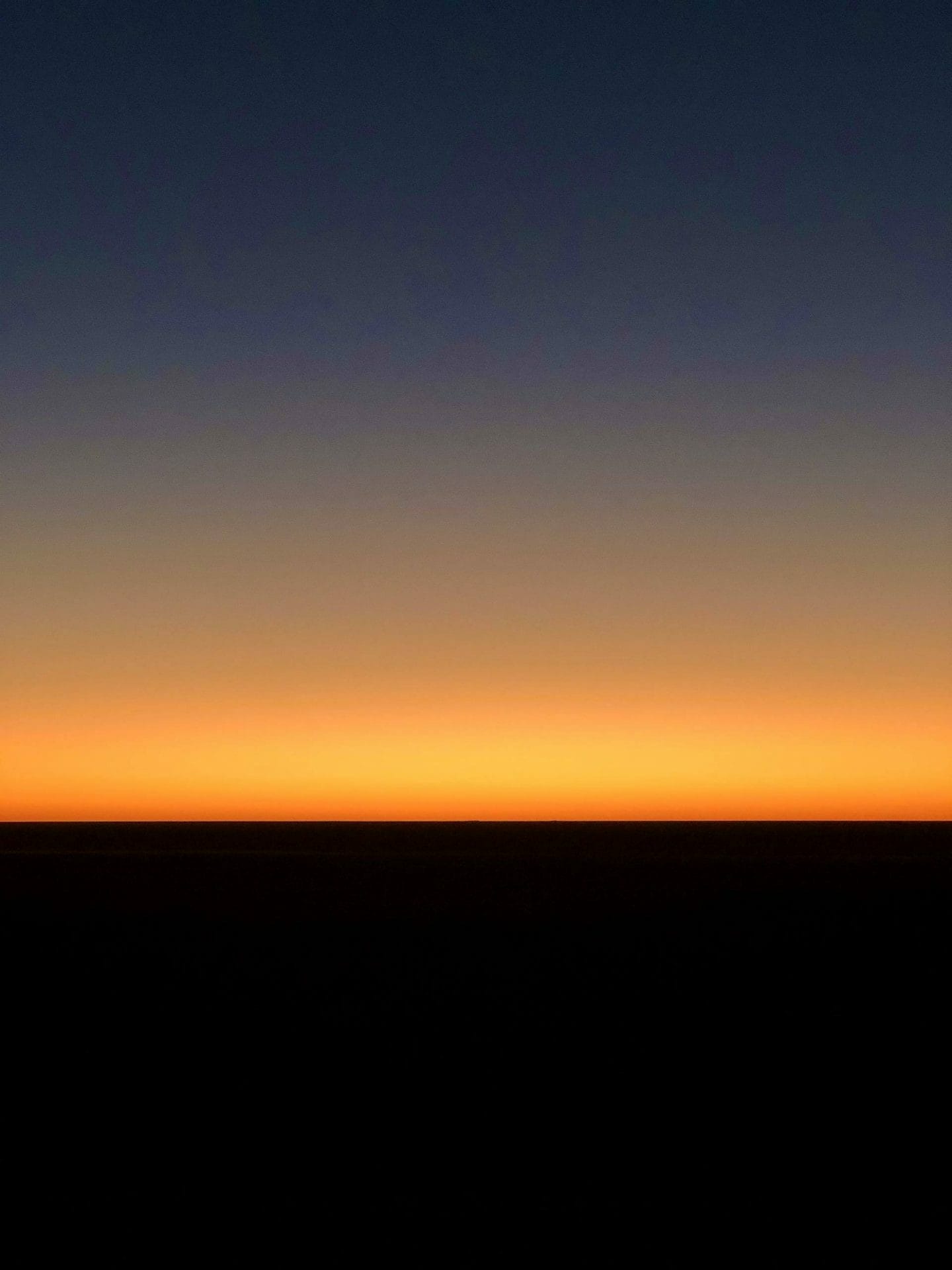
Accommodation in Silverton is limited so I recommend camping . There’s a caravan park that provides unpowered and powered sites, however, locals will tell you you can free camp almost anywhere in the local common.
Locals recommended we find a nice spot alongside the dried-up creek which runs all through the common. We ended up parking up just off a dirt track from the main road to Mundi Mundi Plains, near the creek.
Silverton is only a short half hour drive out of Broken Hill and is often a place people visit for a day trip if they’re staying in Broken Hill for a couple of nights. However if you have time, I definitely recommend staying out there for a night.
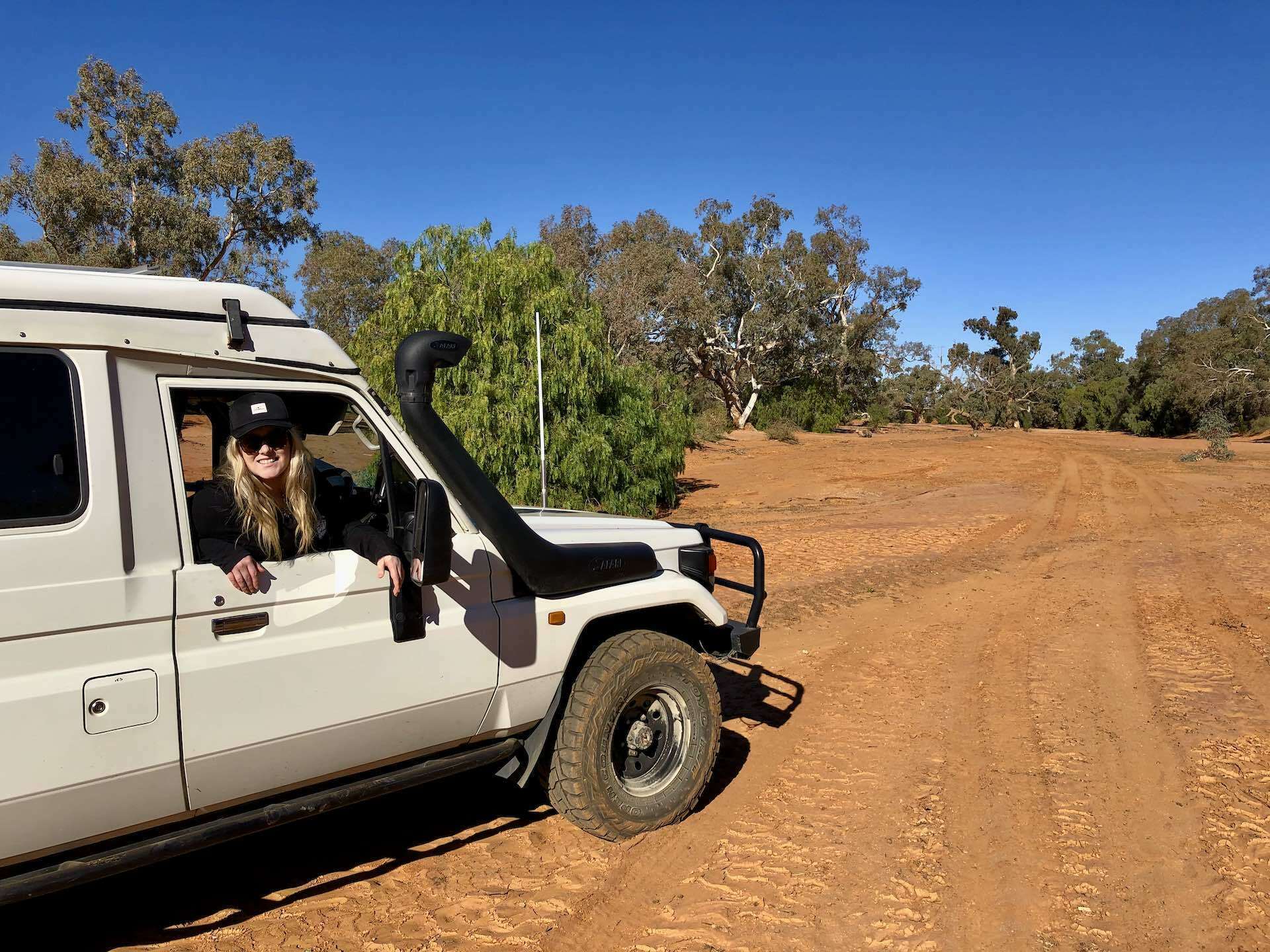
White Cliffs: The Underground Town
Driving into White Cliffs, the landscape looks like something out of a sci-fi movie. This outback NSW town offers something so unique that can’t be found anywhere else on the planet.
Although White Cliffs has a population of a mere 100 people, when you drive into White Cliffs you quickly notice there are not many buildings or people walking the streets. That’s because the locals live underground in dugouts!
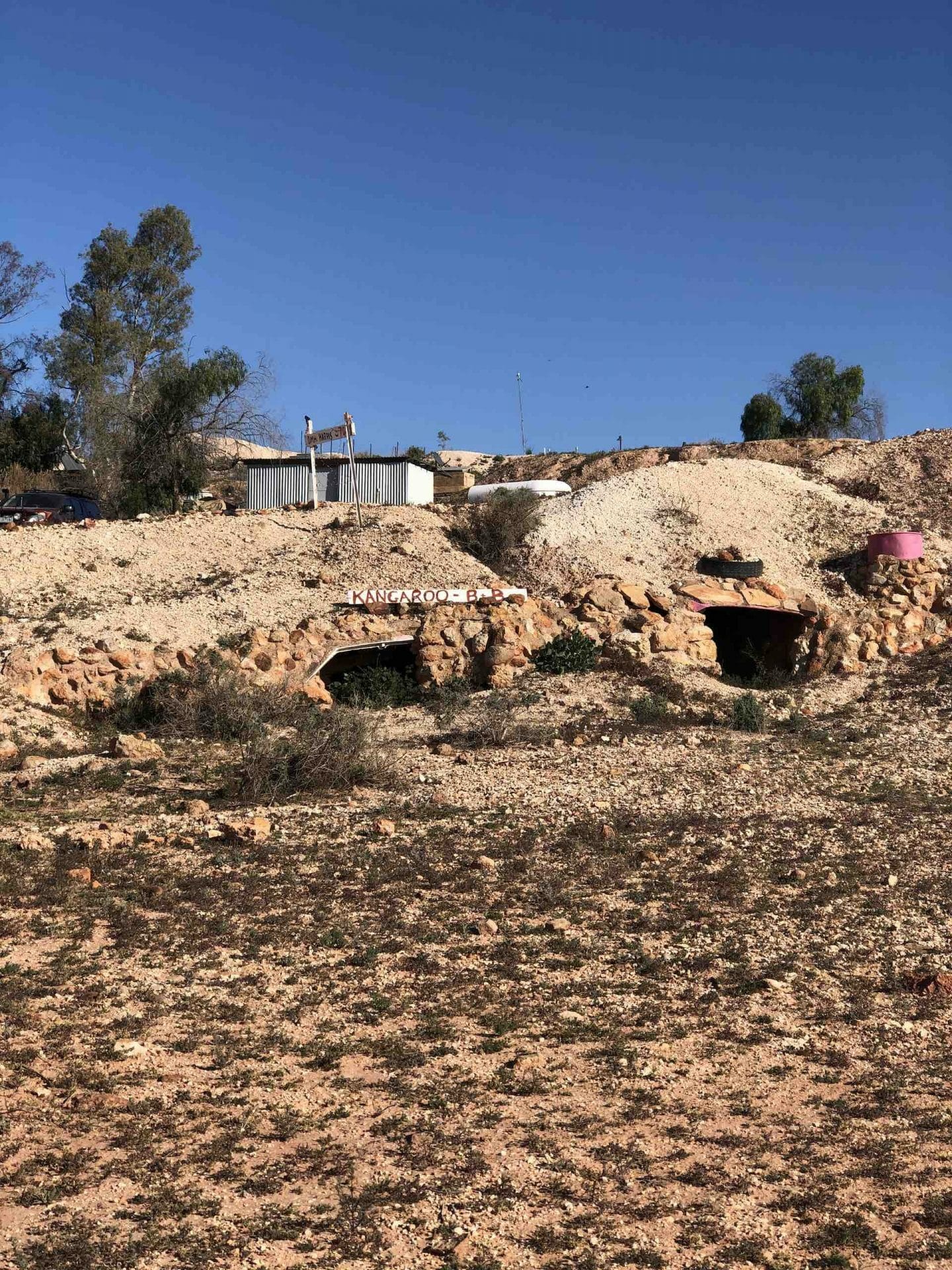
The purpose of these dugouts is to help regulate temperature as the winters in White Cliffs are bitterly cold and the summers extremely hot. The underground temperatures remain steady throughout the year at around 20-23 degrees Celsius with no air conditioning, heating or power required.
White Cliffs is also most famous for opal mining. The ‘White Cliffs Pineapple Opal’ cannot be found anywhere else in the world and is highly sought after by miners in the area. Some giant pineapples are sold for almost $200,000.
White Cliffs definitely gives off a ‘life on Mars vibe’ as you drive around town as there are giant crater-sized mining holes everywhere!
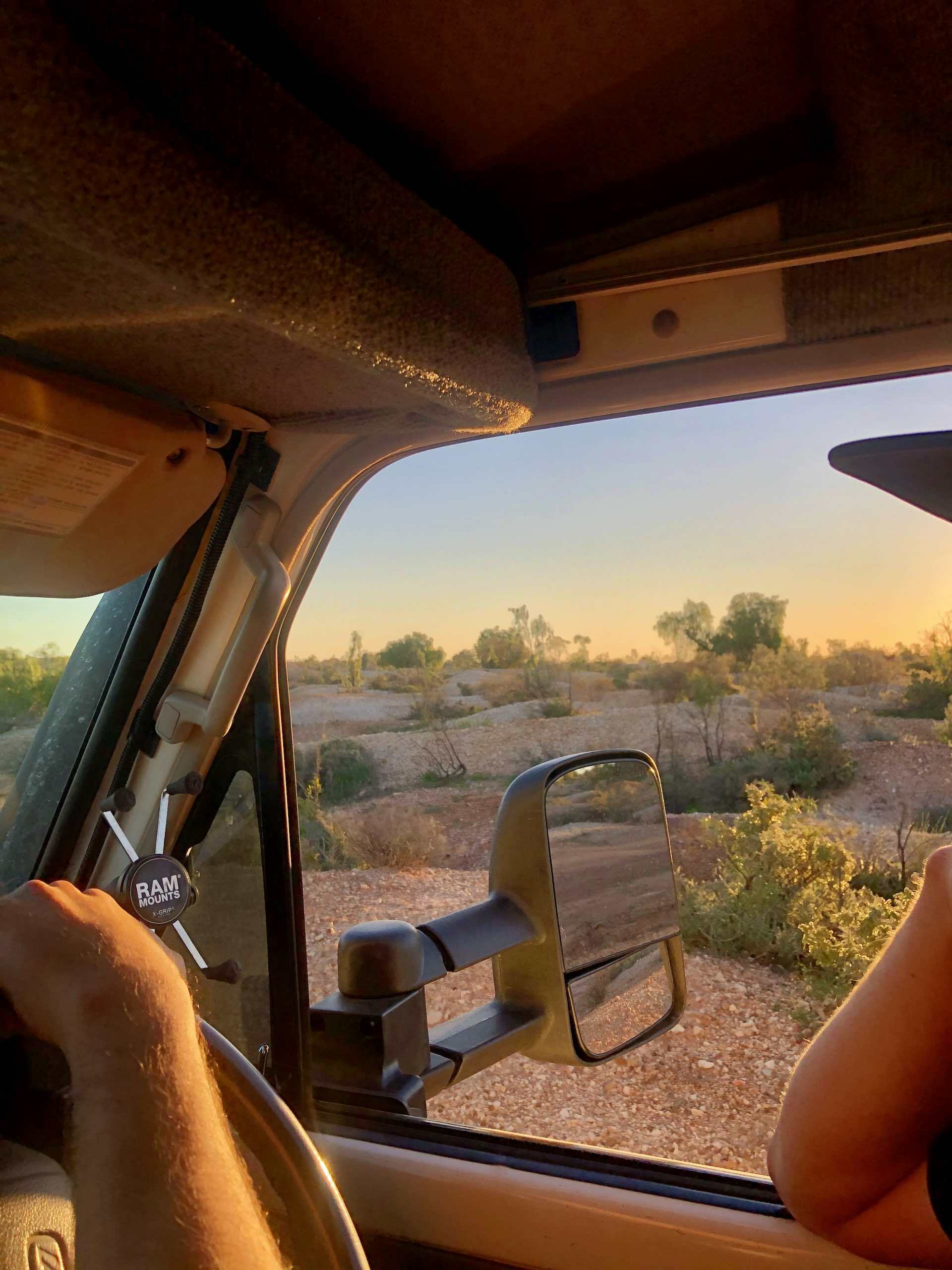
What To Do In White Cliffs
Head to the tourist information centre (which is the town general store) and the lovely lady will give you a town map that highlights the points of interest in the area and a heritage trail to follow around the town, which includes the first ever solar power station in the world!
Fossick for your own opal!
A portion of the mining area is free rein as many of the mining shafts have been abandoned but are still open holes in the ground. Just be careful as there’s no safety equipment or signage out there and some of the holes can be 20m deep (so maybe don’t go fossicking after a few beers!).
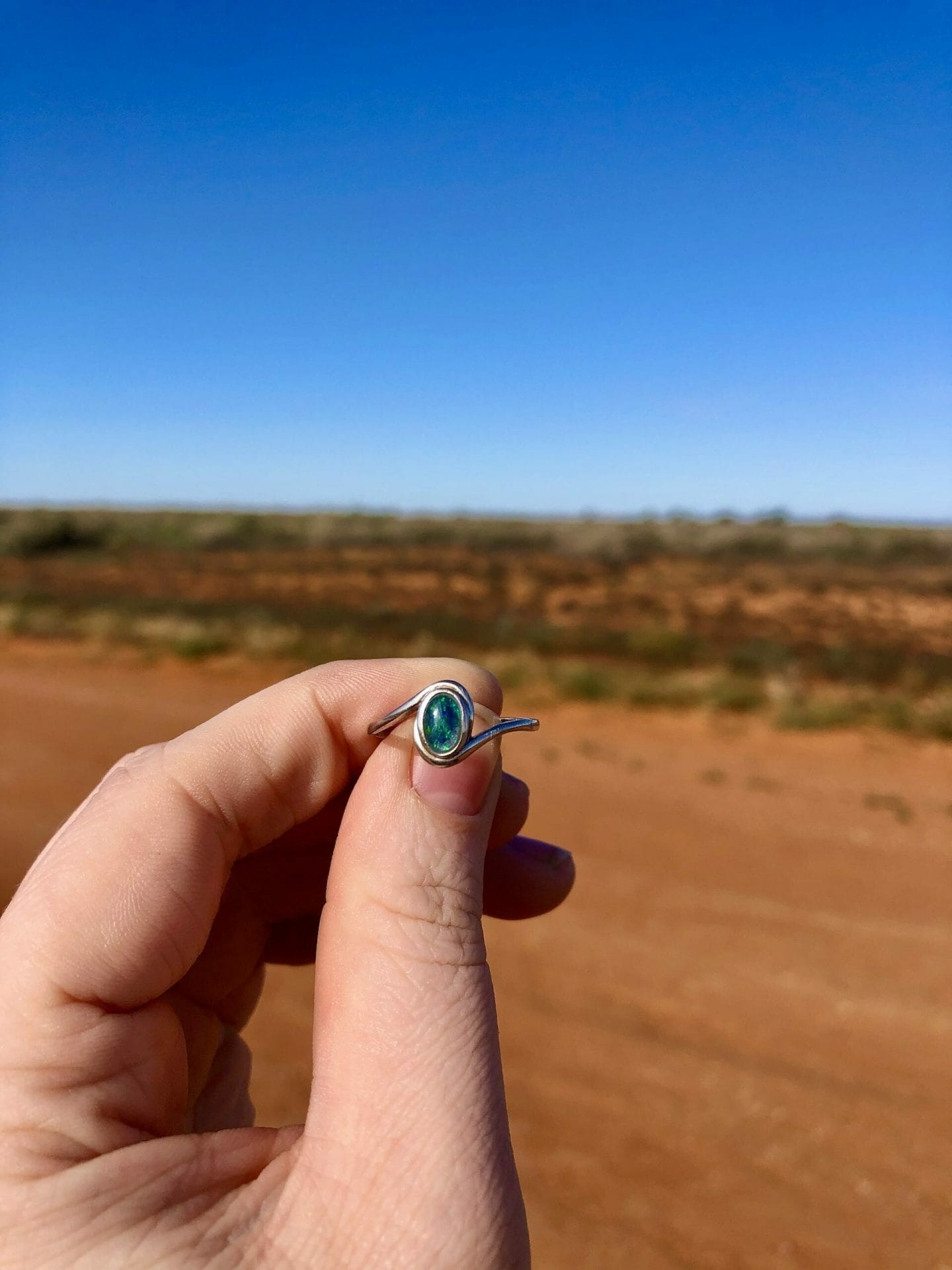
Southern Cross Opal Showroom
The owner has a great documentary playing on loop about the town and its mining history which is worth a watch. The owner’s a miner himself and all the jewellery he sells is mined and made by him and his son.
White Cliffs Pub
I definitely recommend going to the town pub for a beer and a feed. Outback pubs are always a great gauge for the town and the culture and this one was no exception.
Stubby House
An opal showroom made out of 50,000 beer bottles!
White House Dugout Tour
The highlight of this outback NSW town for me was the White House Dugout Tour. They run tours at 11am and 2pm each day and $10 per person gets you a guided tour through an actual dugout home. The owners are a married couple – the husband is a resourceful tradie/miner husband and his wife is a talented artist.
They have made the most luxurious architectural underground home. It’s aptly named the ‘White House’ as all the walls and ceilings underground are completely rendered and painted white.
I was in awe the entire time and suddenly wanted to live in a dugout in White Cliffs. You aren’t allowed to take photos inside so you’ll have to go check it out for yourself!
The White Cliffs Underground Motel gives you the opportunity to stay in your own dugout room! Unfortunately it was closed when we visited as it shuts down during the summer months, (and COVID-19 forced them to close down even longer). The motel is due to open up in July and looks like it’d definitely be worth the experience!
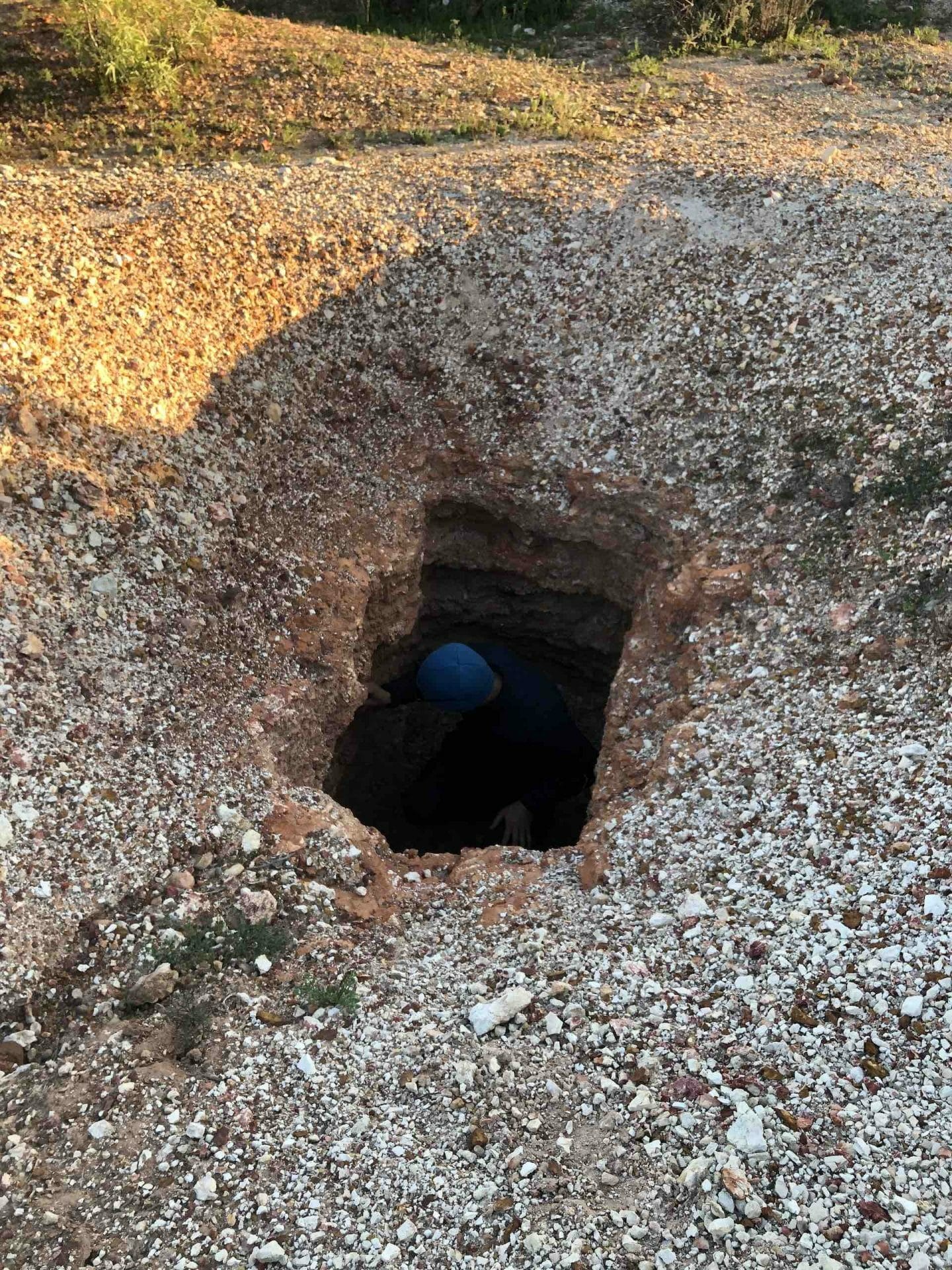
There are also plenty of free camping sites available. We free camped at a campground called Potch Gully which can be found on the town map and Wikicamps.
Tilpa: The Town of 9 People
A true outback town, for what Tilpa lacks in people it certainly makes up for in space to explore.
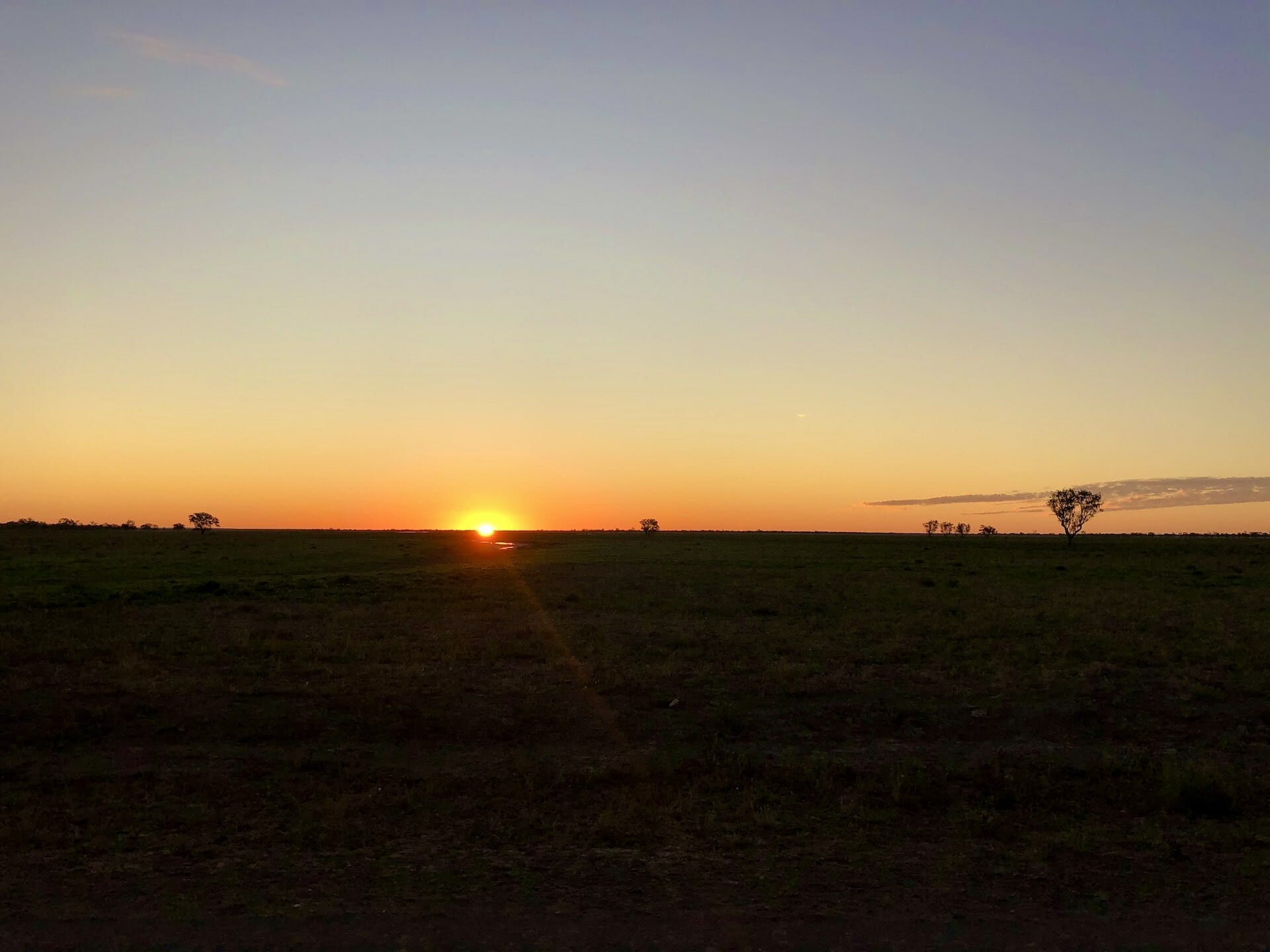
My one piece of advice for the journey to Tilpa, is to make sure your vehicle is up to the challenge. You’ll definitely need a 4WD to get here as the dirt road’s extremely corrugated and bumpy for hundreds of kilometres.
We ran into some trouble on the dirt road from Wilcannia as our trailer wheel came off the axle of the trailer. We couldn’t have been in a more deserted area and had not had reception since two days earlier in Silverton.
Luckily a group of tradies heading to Tilpa ended up driving past us and stopped to help after about half an hour of us trying to fix it ourselves. One of the great things about travelling in the outback is the willingness of the community and the locals to help you out.
What To Do In Tilpa
Tilpa was one of my favourite towns because of its remoteness. Its official population is nine, and the town consists of a pub and a playground!
After our long journey and trailer issues, we were dying for a beverage and headed to the pub. I definitely recommend visiting the Tilpa Pub – it truly is the definition of a proper bush pub. When we went to order food they told us they simply didn’t have any because it hadn’t been delivered yet. We laughed, ordered a beer instead and had a chat with a few of the locals who were larger than life!
If you go to Tilpa, camping is probably your best bet. There are a variety of free camp areas along Tilpa Weir which is where we stayed on our first night.
Our second night we stayed at Kallara Station which is a privately owned property with powered and unpowered sites and a few lodges you can book too. There are a few privately owned properties in the area that you can pay a small fee to stay on, which I highly recommend checking out!

Kallara Station gave a real insight into proper farm life. There were lots of dogs (which was a big win obviously), and the property sits on 150,000 acres, which gave us the ability to access amenities but still camp far away with absolutely no one else in sight.
We ended up spending the entire second day just parked up along the river reading, listening to podcasts and driving the motorbike around the property.

The tiny outback towns of NSW are unique and surprising, each in their own way. Next time you feel like driving far, far away, head to outback NSW.
MORE EXPERIENCES

A NSW Outback Road Trip
The Road Trip Obsession
It probably seems odd that a guy who doesn’t drive is so damned obsessed with road trips, but there’s something about the allure of the open road and the freedom it represents that has always really spoken to me.
Like so many nomads before me, I’m drawn to the idea of having no more responsibility or role to play in the ‘real world’ than riding its roads, stopping in at its diners and cafes, and taking in the wonders it has to offer.
Or maybe it’s because as a child we lead a rather nomadic existence that saw us living all over the state and commuting to the coast to see family a few times a year. During these years of wandering the sometimes dusty and often isolated roads of rural New South Wales, I was lucky enough to call the NSW Outback home on two occasions: spending two years in Menindee and a year and a half in Tibooburra.
Living out in Australia’s parched red centre was an experience I remember vividly even though I was only eight or nine when I last called it home, and it’s some of these beautiful and often hauntingly isolated places that I highlight today.
Getting on the Road
With its sheer size and the fact that both public and aerial transport are quite expensive, Australia is a country just begging to be driven around. Whether you already own a car or you’re looking to buy a second hand car for your road trip , all that separates you from seeing a side of Australia that very few visitors do is a sense of adventure and a little inspiration.
That’s where I come in…
Highlights of a NSW Outback Road Trip
I’ve highlighted a few of my favourite places from my time ‘out west’ for you below, but be sure to visit Visit Outback NSW if you’re looking for further inspiration or information.
Broken Hill
A bastion of civilisation amid the stark beauty of the desert, Broken Hill is often called the ‘Silver City’ due to its history as a silver mining town. One of the few places in NSW to observe South Australian time rather than NSW, Broken Hill is a fascinating fusion of the trappings of a modern, western country and the rough and tumble ways of the Australian Outback.
It is here, where iconic films such as Mad Max 2 and Priscilla Queen of the Desert were filmed that you can see both the prosperity mining brought to the town and the long shadow it casts to this day. The city of 20,000 is truly an oasis in a very harsh environment, with its parks and cafes in stark contrast to the towns and wastelands that surround it.

Whether your interests run towards colonial history, mining, the stunning scenery, or the quaintness that is a city isolated in both time and place – visiting Broken Hill is, in my eyes, a must to see the ‘real Australia’.
Located just a short drive from Broken Hill, Silverton is a small town boasting quite a few reasons why it is worth inclusion in your road trip plans. Whether you’re interested in seeing the curvature of the world while gazing out at the plains or want to visit the Mad Max Museum, this town has something to offer any visitor.
A real tourist hotspot out in the desert, there are options for kids and adults alike – museums, camel rides, shopping, and the arbitrary dinky di (authentic) Aussie pub as well.
For many Australians, they know Tibooburra as ‘that place that gets the state high on the weather’ – an isolated and often sun baked little town in the very north western corner of NSW.
More a pit stop on your Outback road trip than a destination, that doesn’t mean there isn’t something to be seen in this sleepy little desert town. It’s pubs and storefronts speak to more prosperous times, and the town’s drive in theatre is one of the few remaining in Australia. A National Parks Museum and other dusty but charming landmarks exist to occupy your time while you refuel your vehicles and stretch your legs.
My childhood home in the area backed on to the aptly named Sunset Hill Lookout – a tumble of giant’s marbles (known as Tors ) that affords a truly breathtaking view of the town as the sun turns the trademark red of the desert to a motley of purple and crimson.
Maybe my enchantment with the town comes from my memories of a harsh but rarely dull life in the area, but I think any Outback road trip would be improved by a stop in Tibooburra; if only so you could see where a young Aussie on the Road did his thing :-p

Cameron’s Corner
If standing in three states at once is your thing, Cameron’s Corner is a quirky outback attraction that might be worth the visit. Located on the axis where Queensland, New South Wales, and South Australia meet – Cameron’s Corner is both pitstop (boasting a corner store, mechanic, and petrol station) and attraction.
Where else in the world can you play a round of golf that spans three states and three time zones?
A much younger Aussie on the Road had his very first date in this haunting little ghost town in the middle of nowhere.
After my family had been trapped by rising flood waters, we sought shelter in the town’s pub and I was dragged hand-in-hand out beyond the skeletal remains of buildings for a picnic with a girl I thought was terribly beautiful. I couldn’t tell you her name now, but I do remember my heart doing little flips when she grabbed my hand and pulled me back from the edge of the swollen river.
She wore makeup. I think I was in love.

While I can’t guarantee such formative experiences for every visitor, there’s something special about the sleepy little watering hole that exists near the ruins of a genuine ghost town – Mount Browne. Taking a walk through the husks of what had once been a mining community is an opportunity to walk with the ghosts of Australia’s past, and the restored Milparinka Heritage Precinct gives you a juxtaposition through which to compare it.
White Cliffs
Australian opals are renowned across the world for their startling beauty and range of colours, so why not visit a genuine opal mining settlement as part of your trip? Lightning Ridge might be better known, but I’ve got fond memories of taking a family holiday to White Cliffs’ famous underground motel .
You read that right: a hotel cut into the very heart of the Australian outback where you can escape the heat without having to leave the comforts of civilised living behind.
Above ground, the solar panels glitter and the claim entrances dot the white landscape like hundreds of oversized ant-holes. Some liken it to a moonscape while others compare it to some kind of post apocalyptic settlement carved into the rock, but either way it’s a sight to behold.

Sturt National Park
The largest national park in New South Wales, the Sturt National Park is known for the ambitious explorer who risked his life to survey the country’s harsh interior.
A vast, empty space of sand dunes, mesas, and rocks – the Sturt National Park is stark in its beauty, and far from lifeless. If the spring rains are favourable, the desert is briefly transformed into a field of wildflowers, and year round you can spot some of Australia’s iconic wildlife right alongside animals and plants you’ve probably never heard of.
From the towering red kangaroo to herds of emu cutting across the dunes to venomous snakes and hardy lizards, it’s about as close to going on safari as you can get on Australian soil.
Another former home of the Aussie on the Road, Menindee is located quite close to Broken Hill and is perhaps most famous for the lakes that surround it. When they’re full, the Darling River fed foursome hold more water than Sydney Harbour and become a mecca for fishing and watersports.

Even when dry, the Menindee Lakes are still something special to behold. The bony fingers of trees reach up into unbroken blue sky while below the clay slowly dries and cracks.
Menindee itself isn’t a town full of tourist attractions, but its proximity to the Menindee Lakes and its historic significance as part of the ill-fated Burke and Wills expedition makes it worth a look.
“To know Bourke is to know Australia “, said famous Australian author, Henry Lawson. So isolated is Bourke that ‘out back o’ Burke’ has become a phrase used to describe isolation.
While not as far west or even as isolated as some other cities in the region, Bourke is one of the more tourist friendly stops on an Outback road trip. Located along the route of the Darling Run (a route following the Darling River south), there are plenty of tours, cruises, and attractions to give visitors a better understanding of Outback Australian life.
You can check out Visit Bourke for a better idea of what the town has to offer. All I remember of it was answering ‘Yes’, when somebody called out to a Chris other than me. How dare they!
Once Australia’s third largest inland port (don’t ask me what the larger ones were), Wilcannia is another example of a town built in prosperity and now existing in the sleepy twilight that comes afterwards.

It’s heritage buildings speak of a time when paddle steamers made their way up and down the Darling, and settlers from all over the world rushed to be a part of Australia’s prosperity. It’s also a great place to see the alien Sturt’s Desert Pea in bloom, and ideally located as a day trip from Broken Hill.
——
Now that I have my very own spiffy Yakima roof-rack to add some much needed storage space to the family car(s), I’m hoping I can convince a sibling or three to tag along for a road trip later this year!
Failing that, I’ll need to get my own car.
And a license…
Have you ever taken an Outback road trip in NSW or another Australian state?
Have you had the pleasure of visiting one of these isolated but beautiful towns?
What is an often overlooked part of your own country that more people should explore?
From Facebook
- Maps and Resources
- Touring Route App
- Plan Your Visit
- Outback Safer Driving Series
- Local Legends
- Yarli Project
- Sturt’s Journey
- Sturt’s Stories
- Burke & Wills
- John Cameron
- Sidney Kidman
- Gold Mining
- Cobb & Co.
- Pastoral History
- Cameron Corner
- Fort Grey (Campground)
- Our Neighbours
- NSW National Parks
- Wild Desert Program
- Flora & Fauna
- Star Gazing
- Wild Dog Fence
- Sturt’s Cairn
- Poole’s Grave
- Royal Flying Doctor
- Sturt National Park
- Corner Country Art Trail
- Historic Graves & Cemeteries
Corner Country Towns
- Accommodation
- Kids Experiences
- Touring Route
- Shelter Information
- Visitor Economy

Welcome to Sturt’s Steps and the Corner Country
The New South Wales Outback is a landscape of great beauty which will take your breath away with its grandeur and its rawness. It will wrap you up and persuade you to return over and over again because there is nowhere else on earth quite like it. The Sturt’s Steps Touring Route approximates the route taken by Charles Sturt’s when his Inland Expedition came into the Corner Country in 1845. It connects about 1100 kilometres of sealed and unsealed roads from Broken Hill to Milparinka, Tibooburra and Cameron Corner to create a circular touring loop and adventure experience for all visitors… more >
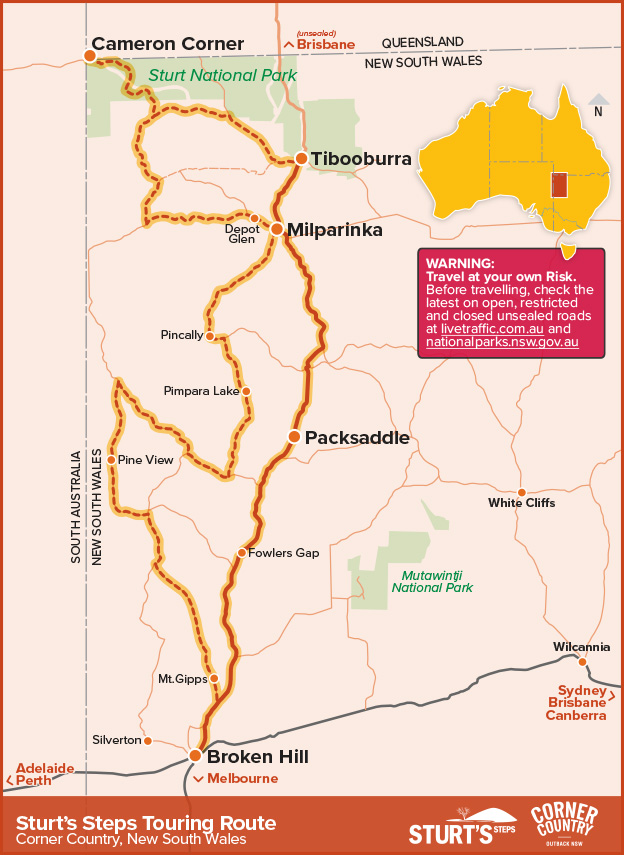
Corner Country Safety
Outback safety is paramount in the Corner Country and along the Sturt’s Steps Touring Route. Warning: Travel our region at your own risk.
Maps & Resources Touring Route App Plan Your Visit Checklists Safer Driving Videos
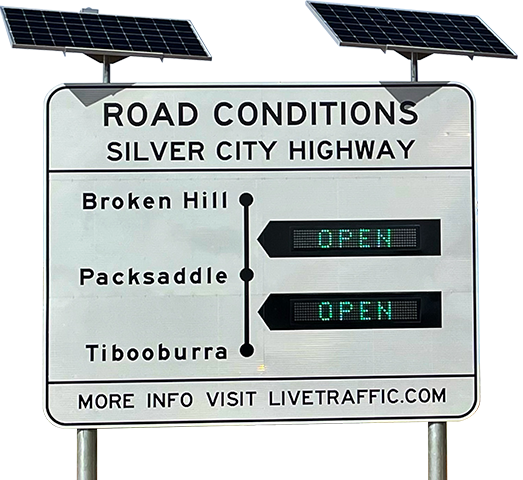
First Nations
It is thought that Tibooburra meant ‘heaps of rocks’ or’place of stones’ in the language of the local Wangkumara and Maljangapa peoples. It is probable that the word is derived from the Wangkumara language.
Stories Dreamtime Local Legends Artists Locations Culture
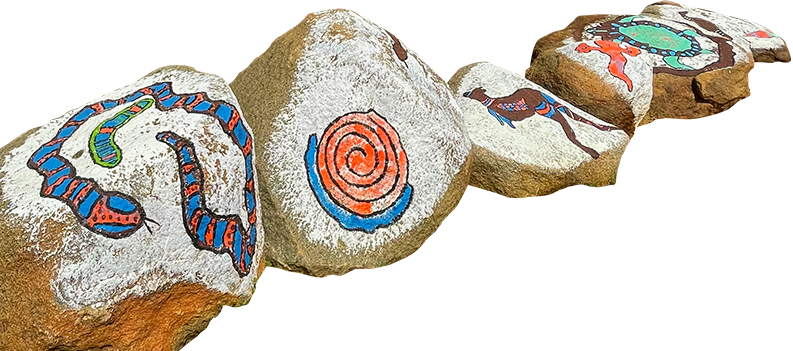
Exploration & Settlement
The Corner Country is the traditional homeland of the Malyangaapa and Wadikali people whose lives were interrupted with the arrival Charles Sturt’s expedition in 1845, Burke and Wills in 1860 and the squatters who followed with their flocks of sheep.
Sturt’s Journey Cameron Burke & Wills Cameleers Pastoral Histories Cobb & Co Kidman Gold Mining
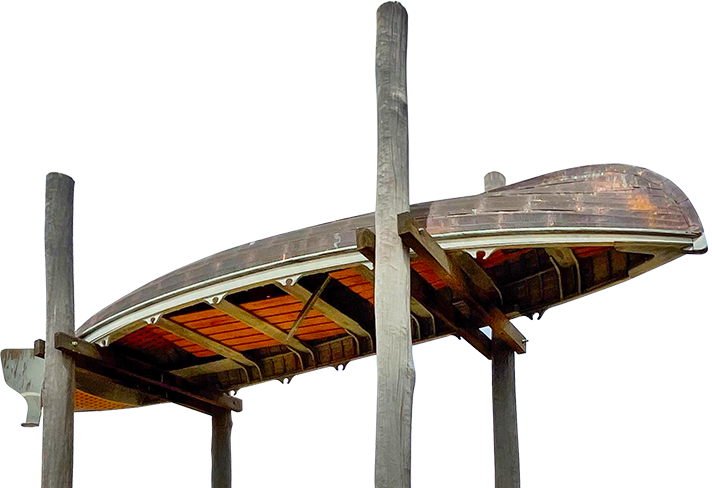
Wild Desert Landscapes
This is an area of diverse and beautiful landscapes divided by the rugged Barrier and Grey Ranges. To the west lies the Simpson Strzelecki Deserts with the Bulloo overflow in the northeast and the wild deserts of the Sturt National Park.
Parks NSW Wild Desert Program Lookouts Flora & Fauna Geology Star Gazing
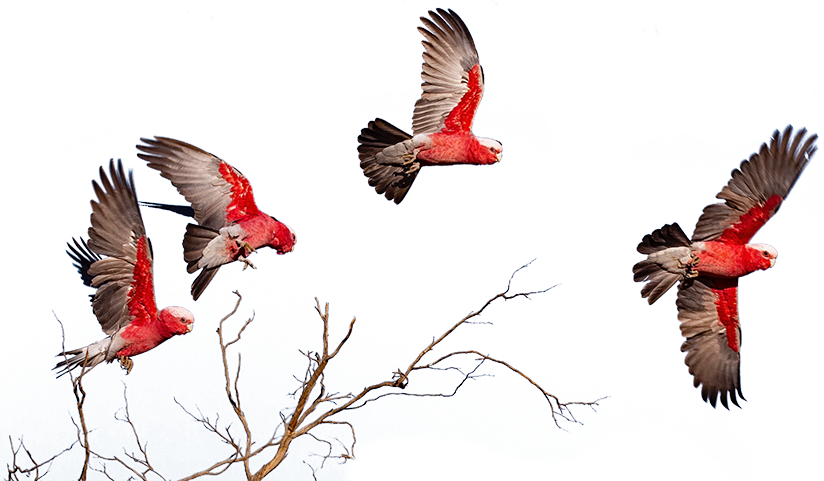
Corner Country Icons
The Corner Country is the area to the extreme far north west of New South Wales, bound by the Queensland border to the north and the South Australian border to the west. These two borders, part of the great trans-continental wild dog fence, intersect at Cameron Corner.
Wild Dog Fence Cameron Corner Sturt National Park Sturt’s Cairn Poole’s Grave Royal Flying Doctor Service Murals Pubs
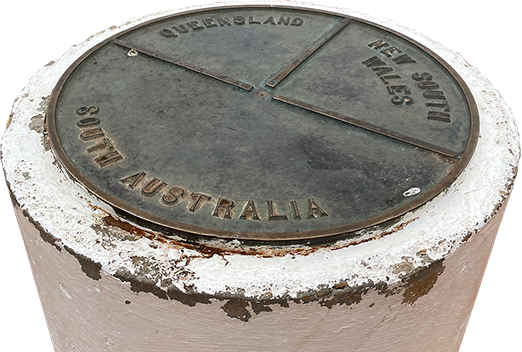
Outback Experiences
It is thought that Tibooburra meant ‘heaps of rocks’ or ‘place of stones’ in the language of the local Wangkumara and Maljangapa peoples. It is probable that the word is derived from the Wangkumara language.
Pastoral History Towns Pubs Stays Arts/Mural/Sculptures Stations Events National Parks
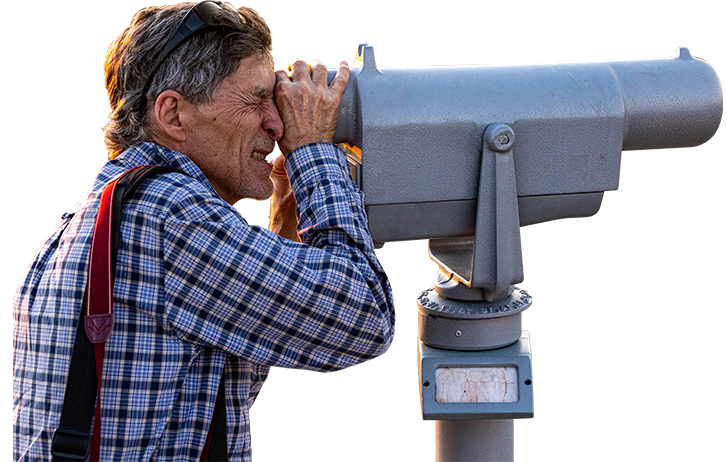
About Sturt’s Steps
Sturt’s Steps is a multi-faceted project that provides visitor-experience infrastructure in the Unincorporated Area of Outback NSW. The project successfully gained substantial funding via Restart NSW and Infrastructure NSW with the support of the NSW Government.
About Sturt’s Steps Touring Route Shelter Information Wayfinding Visitor Economy Branding
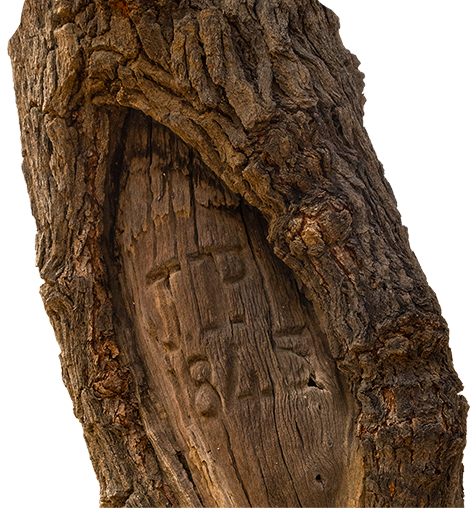
Corner Country Shop
The Corner Country region offers a range of local artists, merchandise and experiences for any visitor to discover where you can buy online, anytime.
Merchandise Donate Now
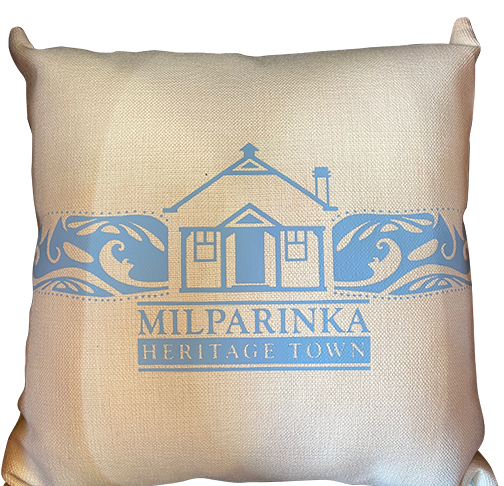
#sturtssteps

Corner Safety
Early exploration, corner icons.
- Fort Grey (campground)
Visit Corner Country and Outback New South Wales Australia
Supported By

Copyright © Comer Country Tourism Website Design: Brand Action

6 Special Places to Visit in Outback, NSW
I like to think that the outback of Australia is a special place. When you visit the outback, you can really get a feel for what life in Australia overall was like when it first became colonized. No big fancy cities here. No, just big open land of desert and dirt with a hot, hot sun.
Many travelers associate New South Wales with Sydney , beaches and lush surroundings, but the truth is that a large part of the state is pretty much outback. That’s right, you don’t have to go that far to get to what I consider the unique part of Oz. Just check out a few of these beauts right here in NSW.
Broken Hill

Once here, you can enjoy the life of a quiet town or check out the galleries, watch the sunsets and hang out at the pubs. With it being an old mining town, you can believe that there are enough “hotels” (pubs) to drown yourself in, especially when it is just plain hot outside.
Living Desert Sculptures Site
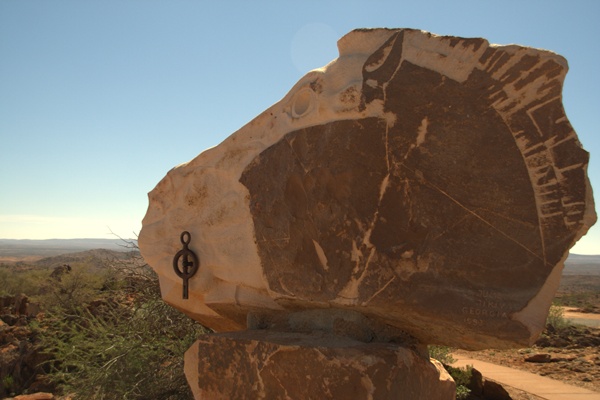
After you’ve had a fill and a recharge, head on over to the coin carvery for a chat with a friendly guy that will create you something nice out of metal.

White Cliffs
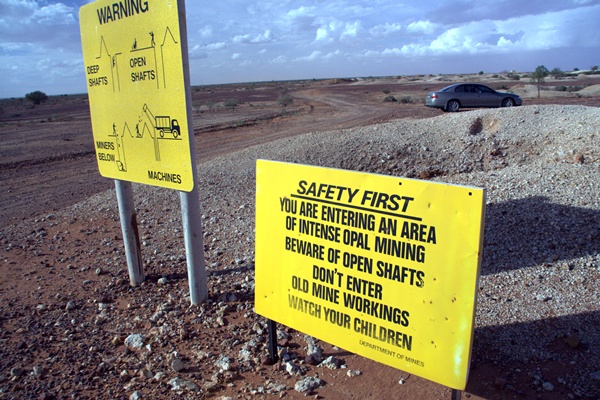
Photo credit: Broken Hill , Wilcannia .
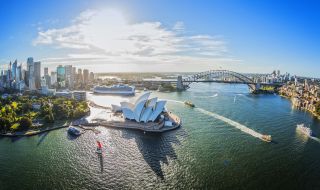
- Accommodation
- Travel Inspiration
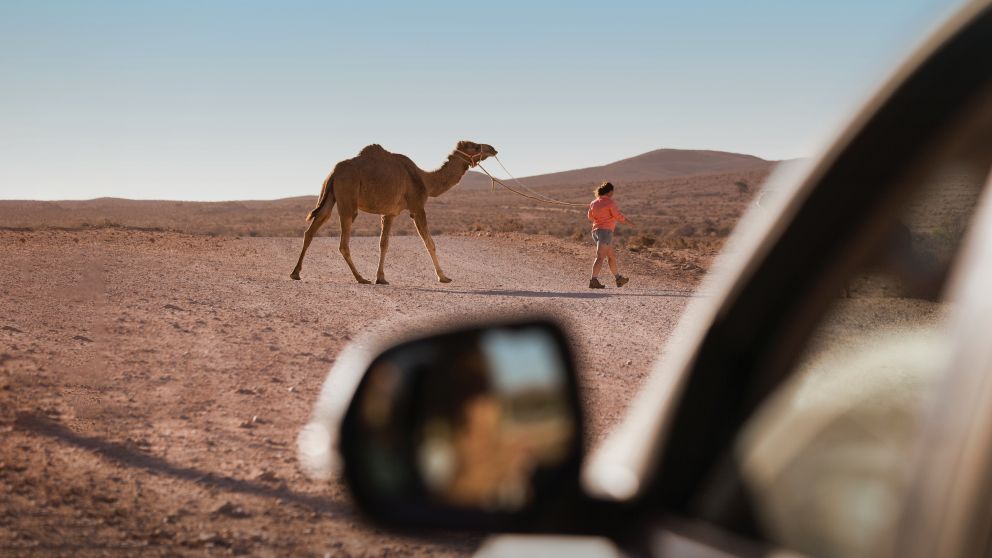
- destinations
- outback nsw
Outback NSW Things To Do
Subscribe to our newsletter.
Stay connected to Visit NSW for all the latest news, stories, upcoming events and travel inspiration.
Discover Somewhere New
All the insider news, tips and inspiration you need to plan your next trip, delivered straight to your inbox.
Destination NSW acknowledges and respects Aboriginal people as the state’s first people and nations and recognises Aboriginal people as the Traditional Owners and occupants of New South Wales land and water.
- NSW Government
- Destination New South Wales (Corporate site)
VisitNSW.com is the official tourism site for Destination NSW. © Copyright 2024 Destination NSW. All rights reserved

COMMENTS
Outback NSW. Discover ancient landscapes, unique rock formations and rich Aboriginal culture in Outback NSW. Road trip through historic paddle-steamer towns, explore stunning national parks and camp under the stars. The vast and rugged Outback is home to epic experiences and memorable locals.
A visit to Outback NSW will stay with you forever. Take a guided outback tour to explore the vibrant red sand landscapes of Sturt National Park, discover historic Aboriginal rock art sites at Gundabooka National Park, and spot the unique Australian animals, including red kangaroos and emus, that call Kinchega National Park home.. Crystal clear skies make the Australian outback ideal for ...
There are seven national parks to explore in Outback NSW, each with its own fascinating history, indigenous heritage and stunning landscapes. Enjoy hikes, bushwalks, cycle rides or guided tours through the parks and discover unique wildlife and breathtaking scenery. Enhance the experience by camping under bright outback skies.
Bourke. Bourke is the gateway into south-west Queensland and the far west of Outback NSW, where green pastoral lands abruptly stop, settlements are few and the country is flat, brown and alluring. Visit the Back O' Bourke Exhibition Centre and explore the history and culture of the Darling River and surrounds or cruise aboard the Jandra paddleboat and learn about Bourke's rich river boat ...
Go west to Outback NSW. Get a taste of the outback without leaving NSW. Find unforgettable vast landscapes, rugged trails, and 45,000 year-old Aboriginal culture. Epic sunsets and crystal clear skies are the perfect backdrop to a camp out under the stars. Answer the call of Outback NSW.
The New South Wales Outback is a land of contrasts, boasting a diverse range of landscapes that capture the imagination of its visitors. The deserts and sand dunes in Outback NSW, such as the striking Mungo National Park, offer a glimpse into the ancient geological history of the region. ... Must-Visit Outback Destinations National Parks.
Outback NSW travel guide and things to do: Nine must-do highlights. Opal mining in White Cliffs. James Brickwood. 1. THE ONE HIGHWAY. Only a few months ago, the Silver City Highway between Broken ...
Road, rail or air; there are plenty of ways to get to Outback NSW and make the most of this fascinating region. Take your pick of transport, from self-drive and car hire on a classic road trip to scenic bus and train services, as well as convenient flights into regional centres. A 4WD vehicle can help unlock the riches of this region, enabling ...
Silverton School Museum. The School Museum is a good history pit stop, tracing Silverton's local school from its earliest incarnation in a tent in 1884. Discover the best attractions in Outback NSW including Back O' Bourke Exhibition Centre, Royal Flying Doctor Service Museum, and Walls of China.
Corner Country. For an Outback getaway that is yet to be seen on most tourism Australia maps, the far-flung rolling plains of outback NSW, otherwise known as Corner Country, could be your chosen ...
Across the country, you'll find lush rainforest, spectacular mountain ranges and, of course, the rusty red deserts Australia is famous for. Officially known as rangelands, the outback covers a whopping 81 per cent of the country, with almost every state offering unique outback landscapes and adventures. Experiencing the outback is much easier ...
On this iconic adventure, you'll retrace the steps of explorers Burke and Wills as you travel from Walgett in the north of NSW to Wentworth in the south-west, via some unforgettable outback locations. This is unsealed road, best tackled by 4WD, over four or five days, or even more. Darling River, Bourke. Jump aboard a paddle vessel for a trip ...
Cameron Corner. Much of the 469km drive between Broken Hill and Cameron Corner is still drought affected. There are only three notable towns along the route - Packsaddle, Milparinka and Tibooburra - and they all have a pub, except Tibooburra which has two. Make the trek to the point where the states of NSW, Queensland and South Australia ...
Outback New South Wales. Outback New South Wales is the western part of New South Wales, part of the large Outback. The area is large and the population small: much of the area is desert, far from civilization. The southern part of Outback New South Wales - the Willandra Lakes region - has been inscribed as a UNESCO world heritage site.
New South Wales is rarely credited for its far-west outback corner, but it should be. Out here, grey saltbush and red sand make it easy to imagine yourself superimposed onto the world's biggest Aboriginal dot painting, a canvas reaching as far as the eye can see. Towns with fuel and food supplies are relatively widespread and isolated, so plan ...
Outback NSW is the place to be this winter. (Image: Matt Cheok) 1. To wander underground dugouts in the desert. Since the 1880s, miners, hobbyists and other fortune-seekers have descended on White Cliffs to pursue opals. And although the township seemingly appears abandoned with mounds of earth, holes in the ground and old 'blower trucks ...
Destination NSW acknowledges and respects Aboriginal people as the state's first people and nations and recognises Aboriginal people as the Traditional Owners and occupants of New South Wales land and water. Explore Outback camping in NSW. Find caravan parks, tourist parks & more. Discover the best camping spots in Broken Hill, Lightning ...
Our top 7 "Must Do's" in Outback NSW: In no particular order…. 1. Eldee Station. You can almost see the South Australian border from the homestead on Eldee Station. Located about 56km north-west of Broken Hill, the working property is in the heart of the outback. The nearest place is the historic town of Silverton, famous as the ...
Wolfe Creek, WA. The focal point of Wolfe Creek Crater National Park, located in the Kimberley region of Western Australia some 150 kilometres from Halls Creek, the Wolfe Creek Crater is the second largest meteorite crater in the world. In a country with so many fantastical sights, the almost perfectly circular crater, which measures 880 metres ...
The tiny outback towns of NSW are unique and surprising, each in their own way. Next time you feel like driving far, far away, head to outback NSW. Menindee, Tilpa, White Cliffs, Silverton - each of these outback towns in far west NSW have their own unique personality and are definitely worth the drive.
Cameron's Corner. If standing in three states at once is your thing, Cameron's Corner is a quirky outback attraction that might be worth the visit. Located on the axis where Queensland, New South Wales, and South Australia meet - Cameron's Corner is both pitstop (boasting a corner store, mechanic, and petrol station) and attraction.
The Corner Country is the area to the extreme far north west of New South Wales, bound by the Queensland border to the north and the South Australian border to the west. These two borders, part of the great trans-continental wild dog fence, intersect at Cameron Corner. Wild Dog Fence Cameron Corner. Sturt National Park Sturt's Cairn Poole's ...
Broken Hill. Broken Hill is an oasis in the desert. This old mining town, known as the Silver City, has been converted into a haven for artists and those wanting to experience the "accessible outback". To get here from Sydney, you can drive for 15 hours on paved roads or take a train. Once here, you can enjoy the life of a quiet town or ...
Outback NSW Big skies, red dirt & endless adventure The Riverina Discover Australia's rich food bowl Snowy Mountains Feel the mountain magic year-round South Coast ... Stay connected to Visit NSW for all the latest news, stories, upcoming events and travel inspiration. Subscribe.